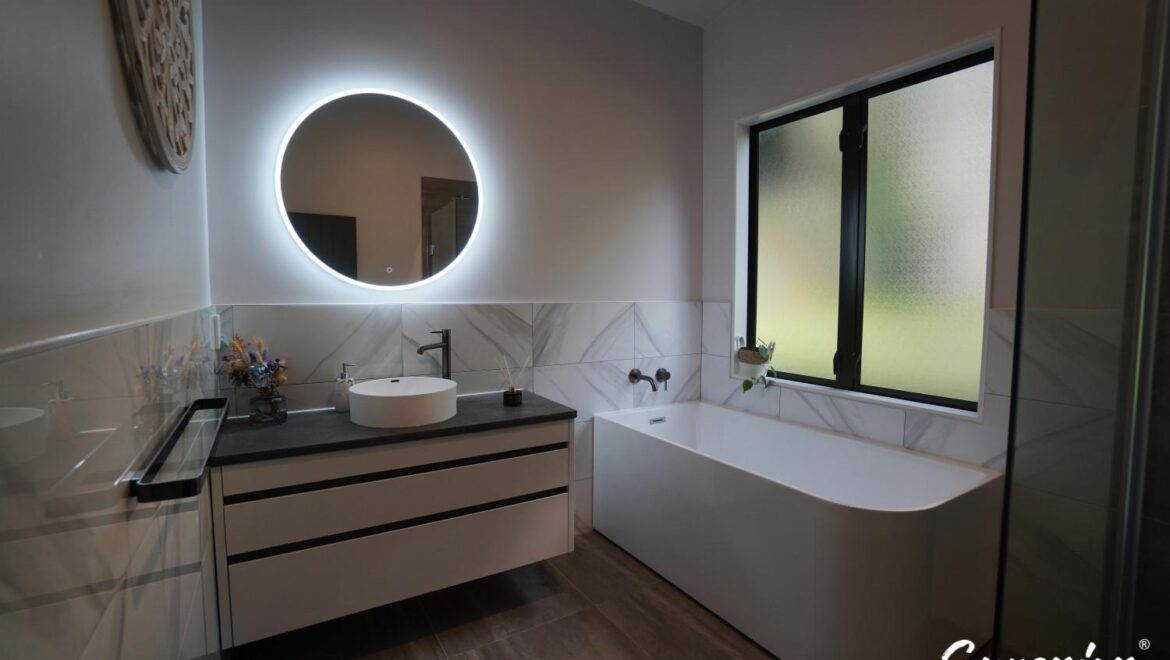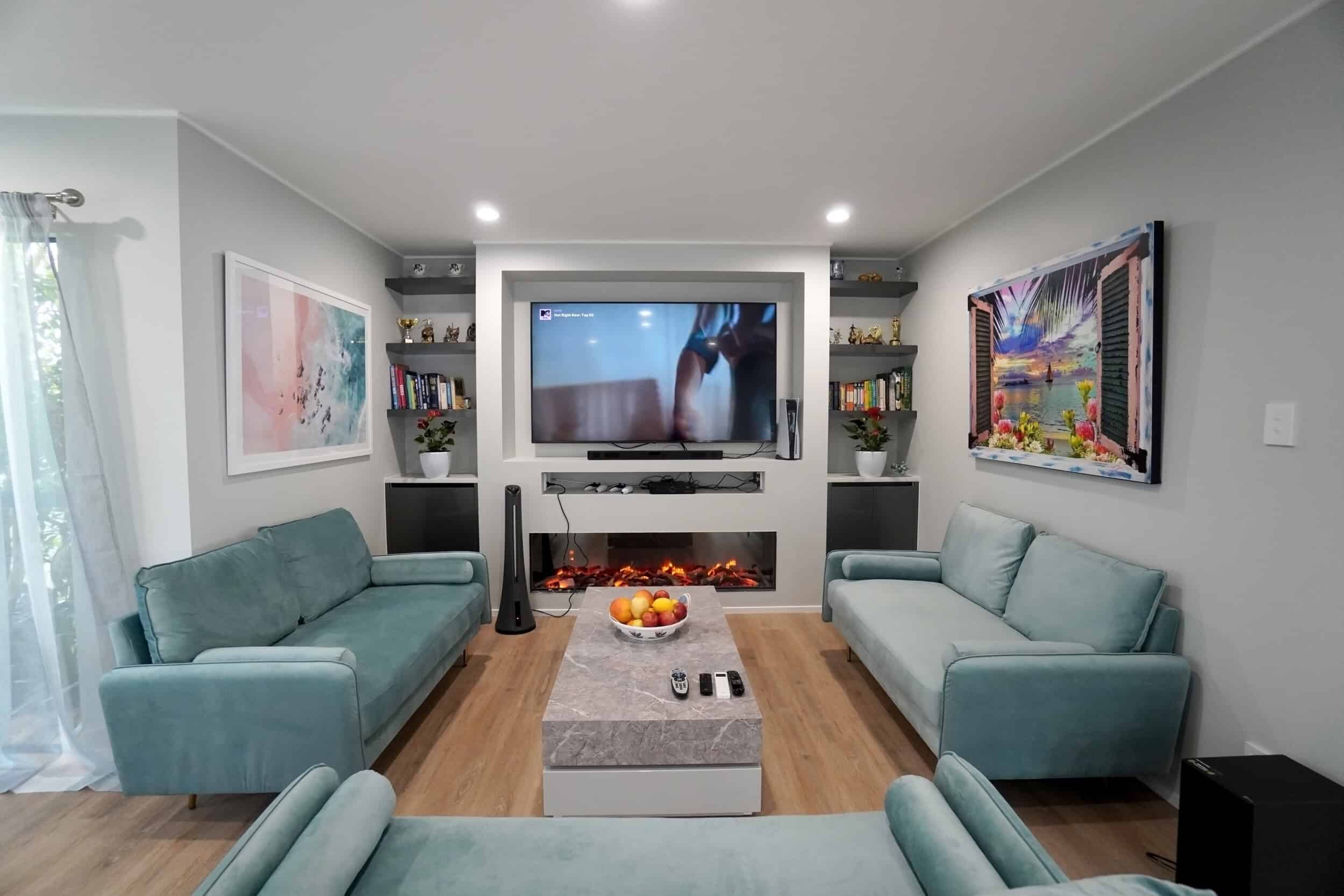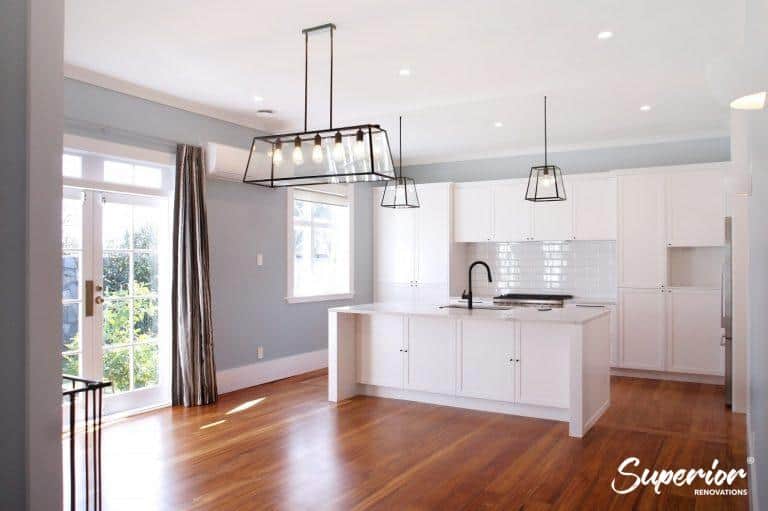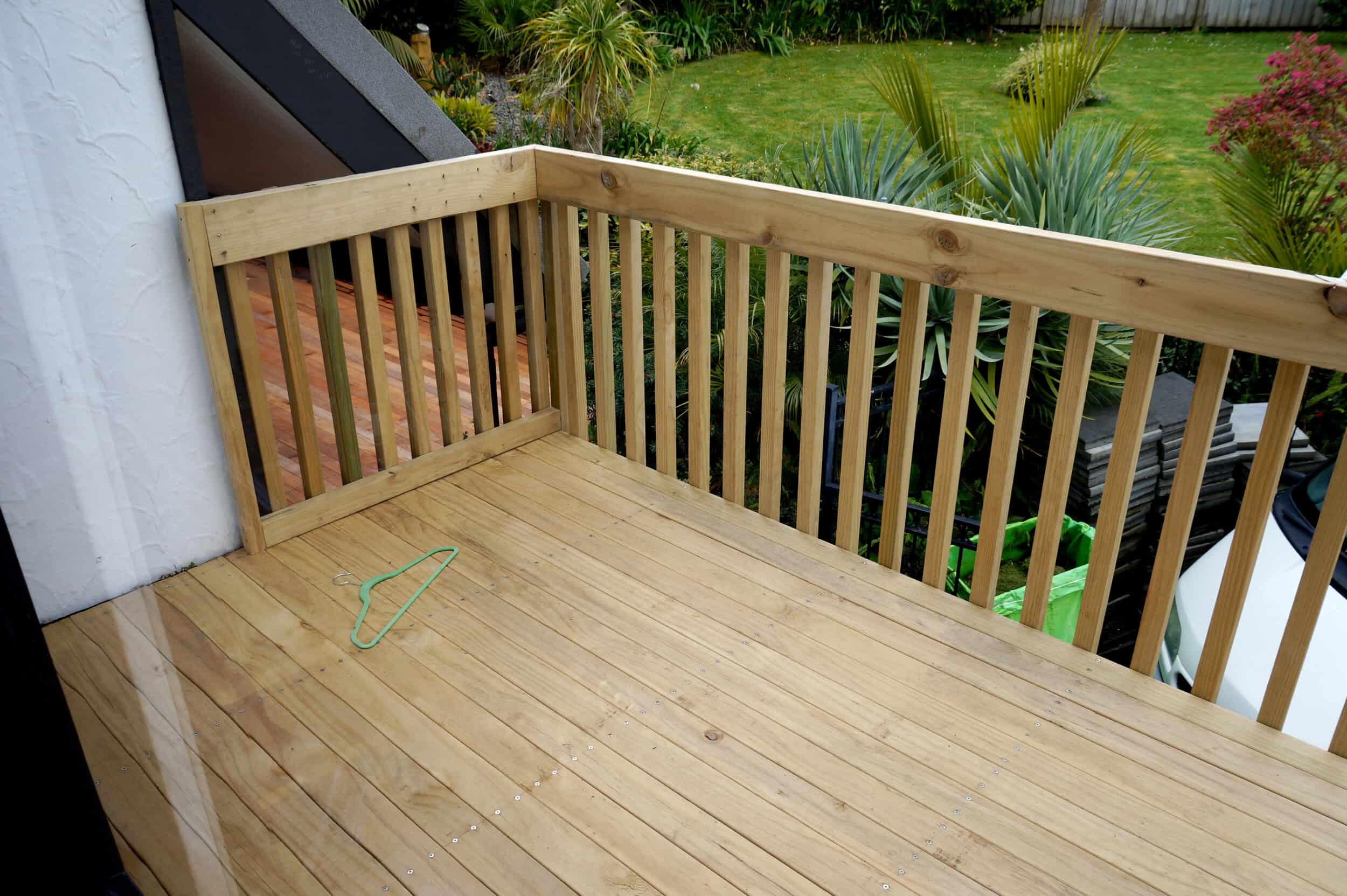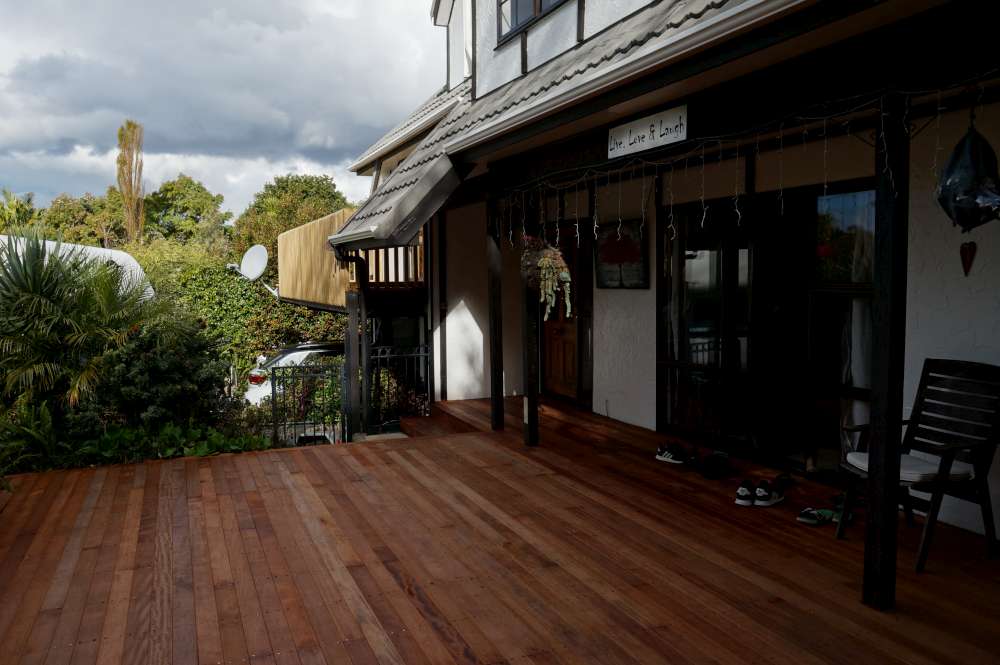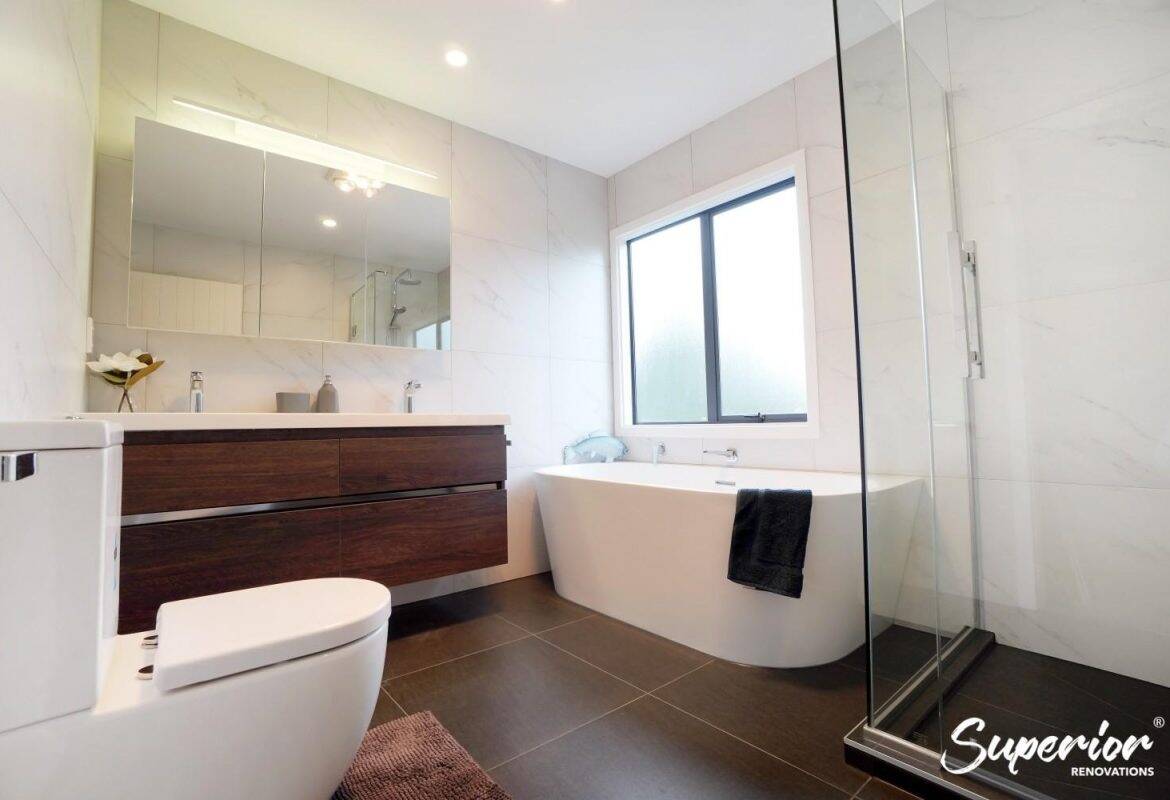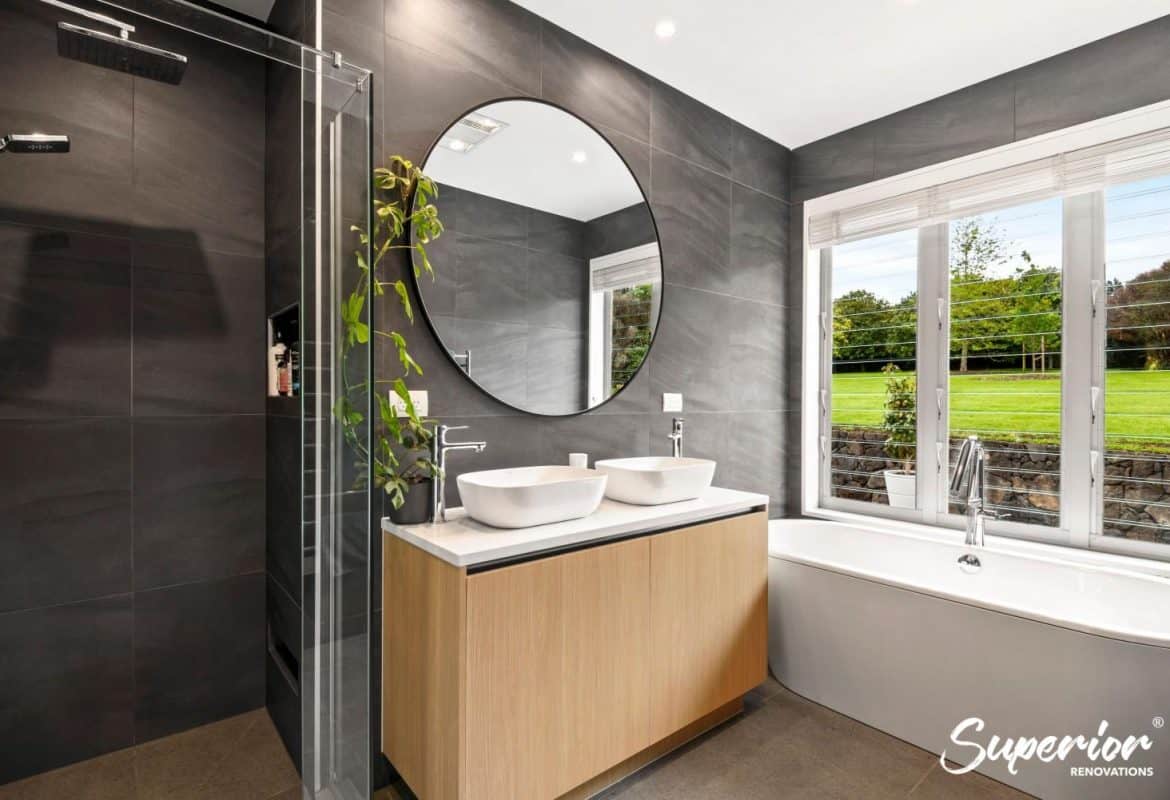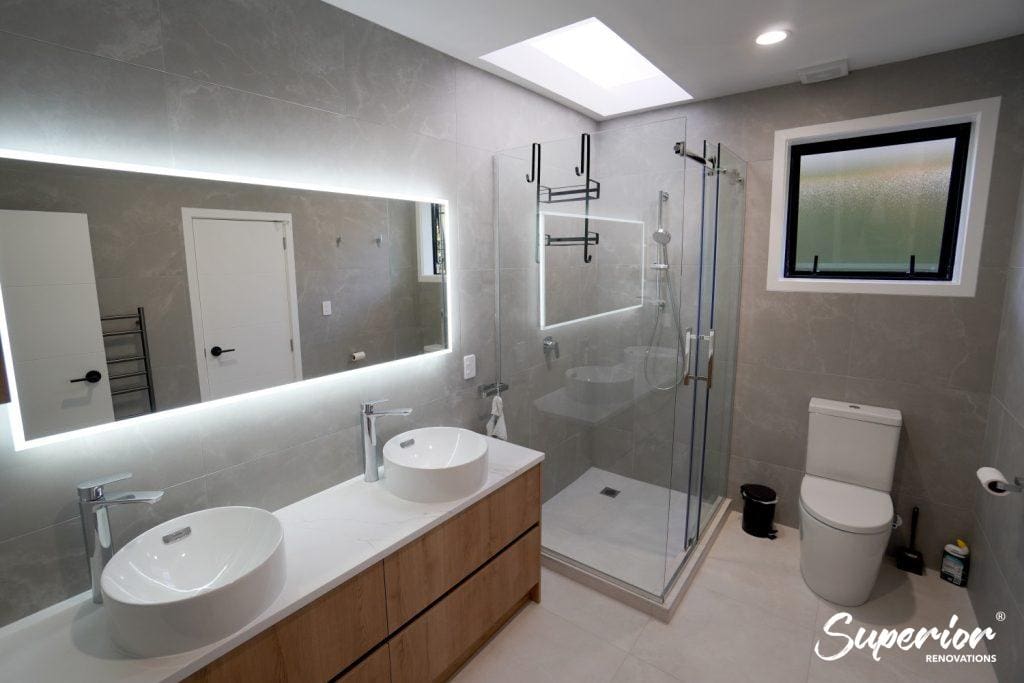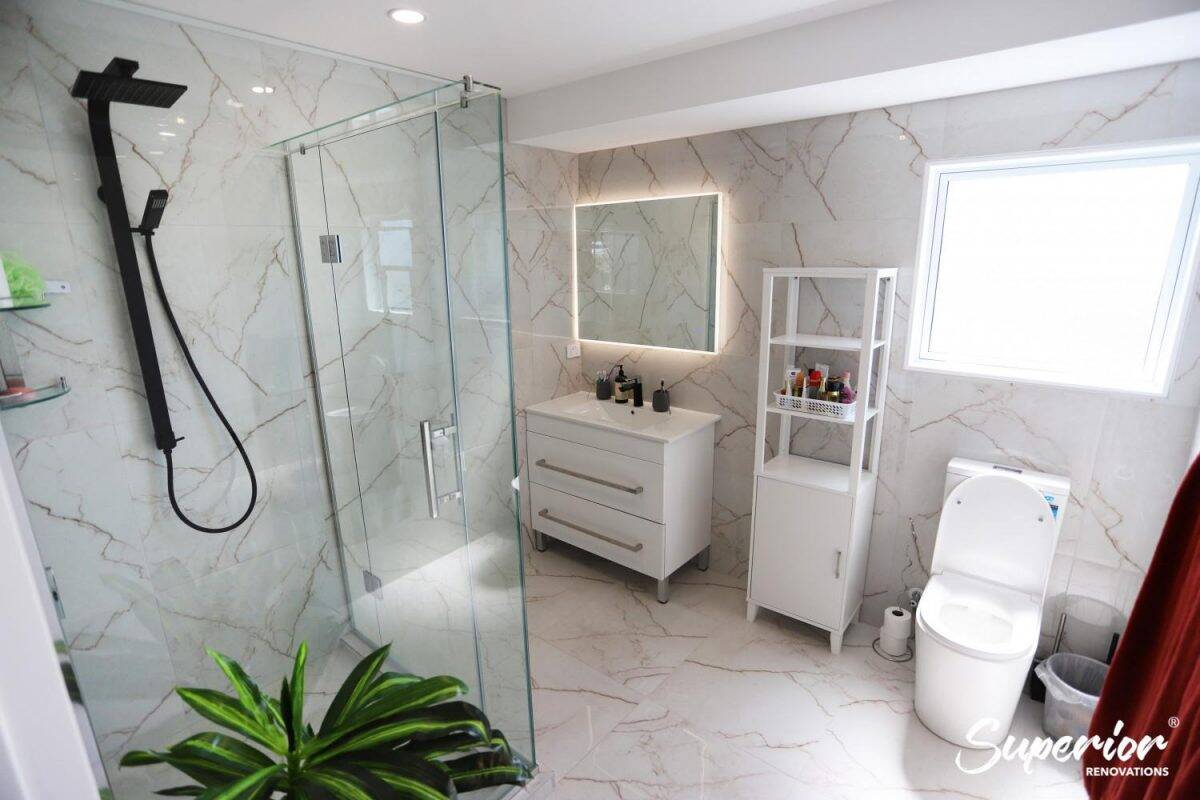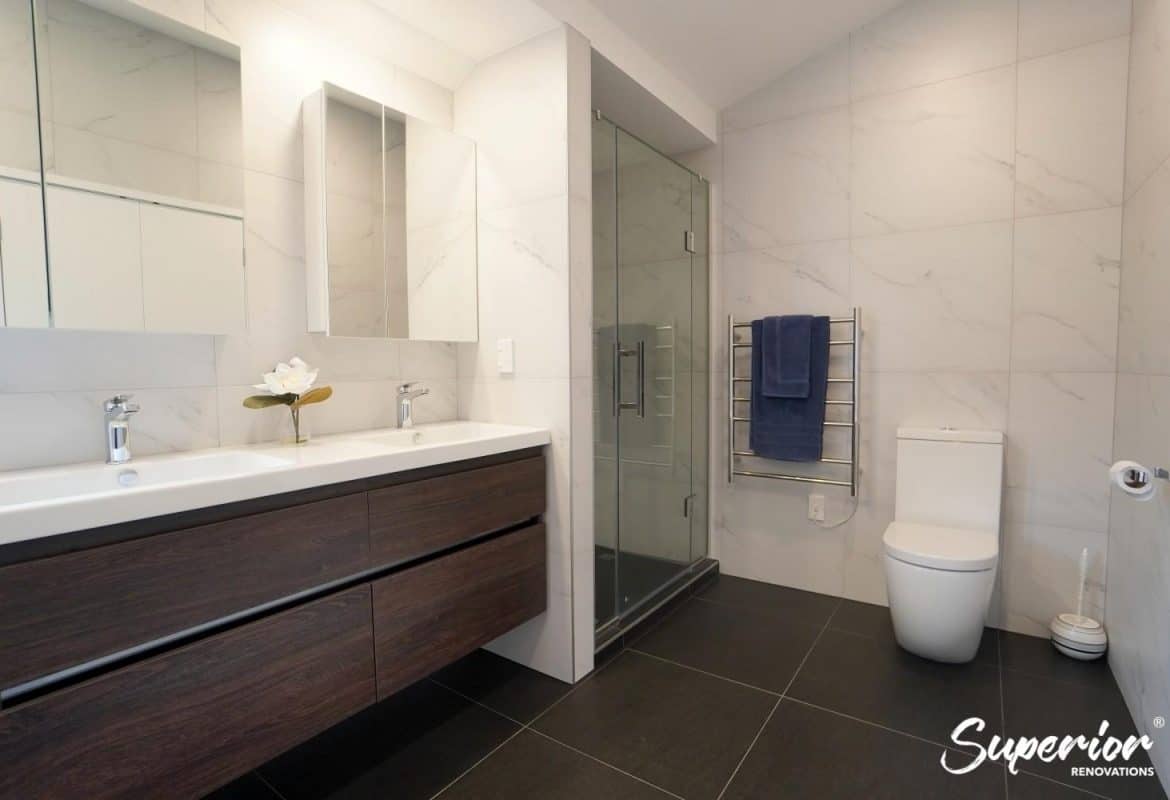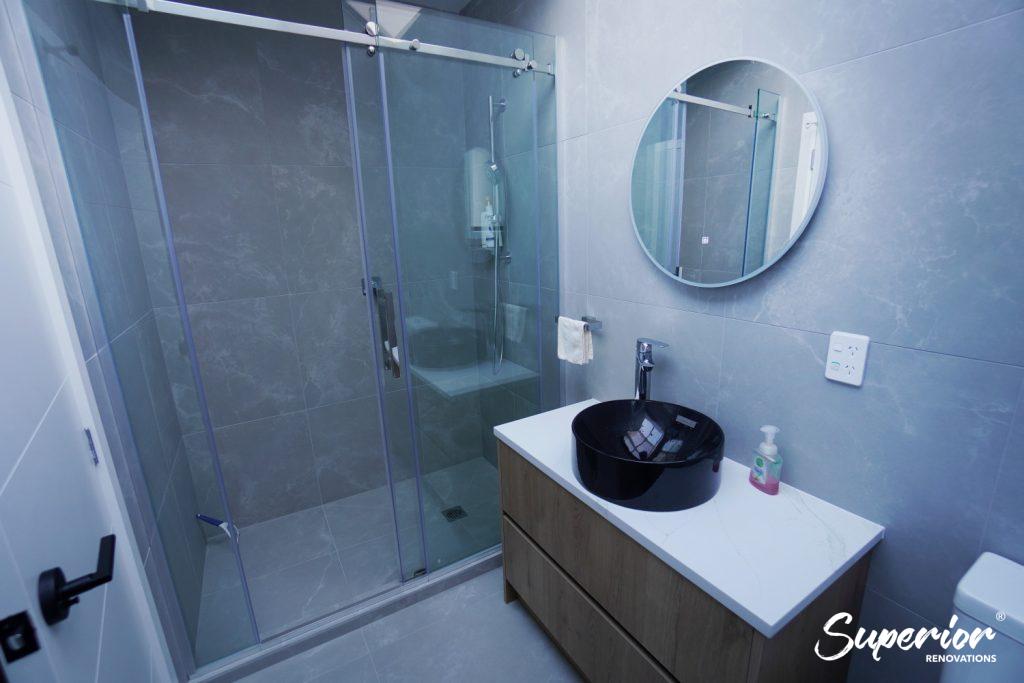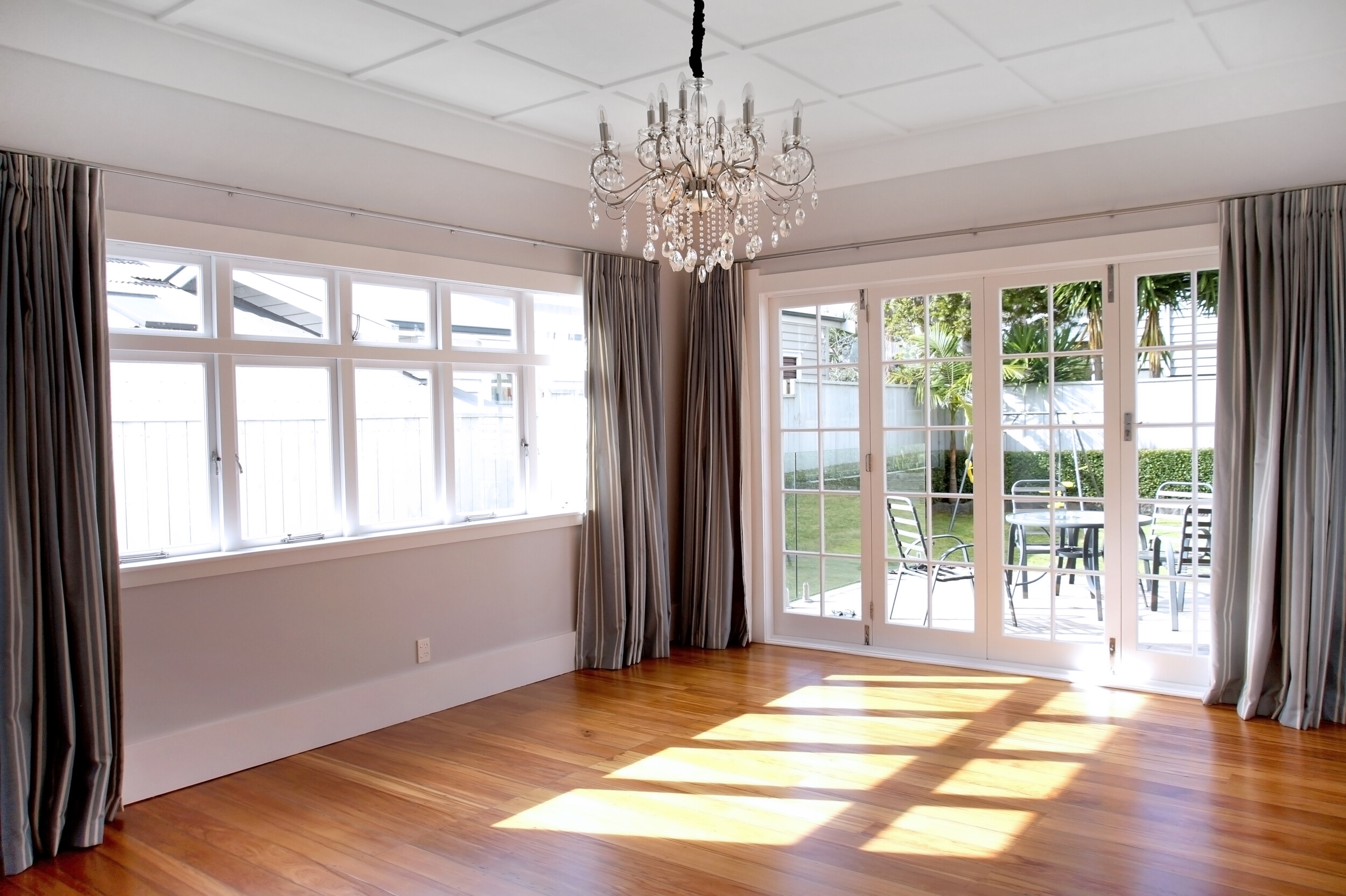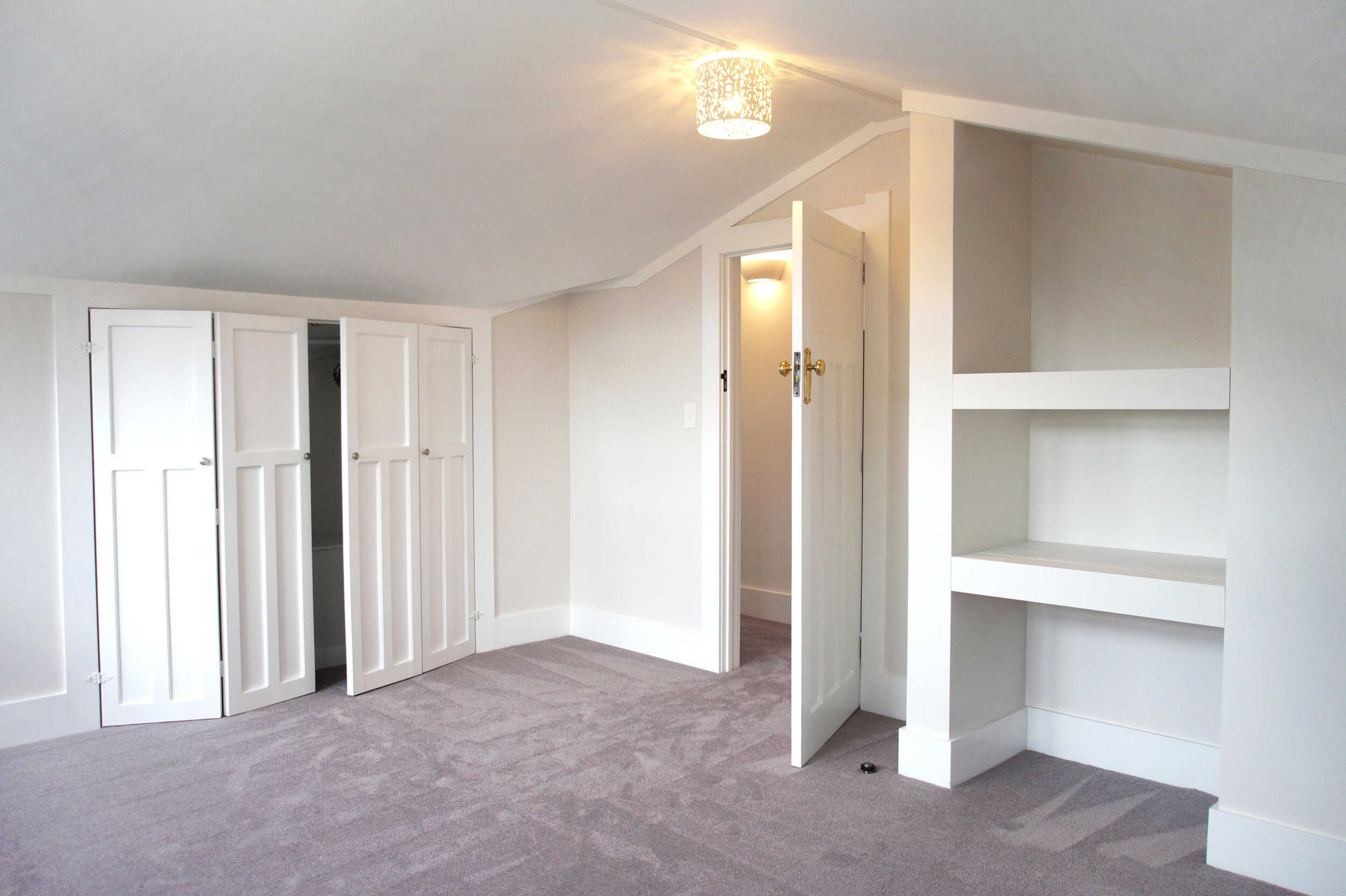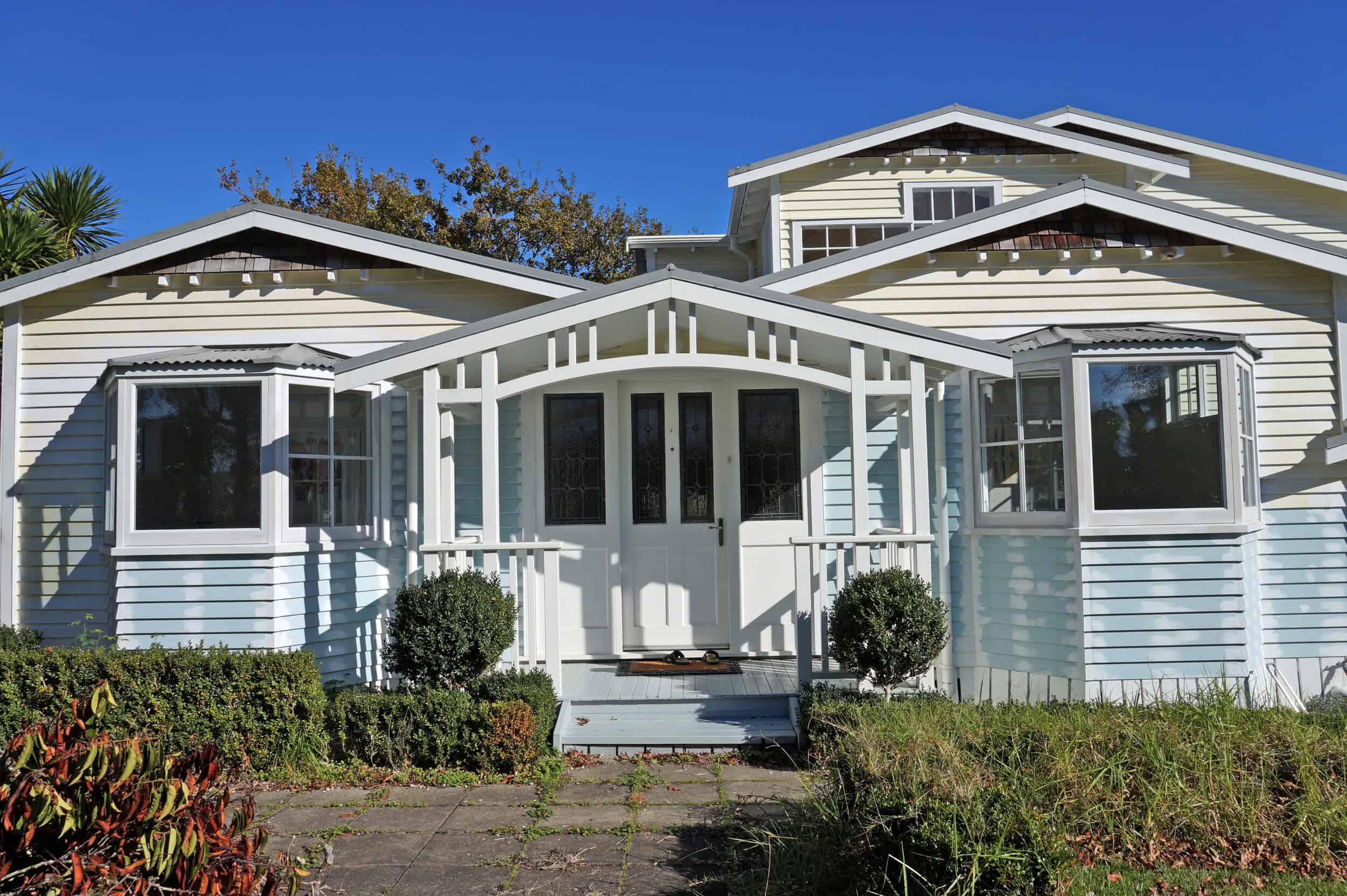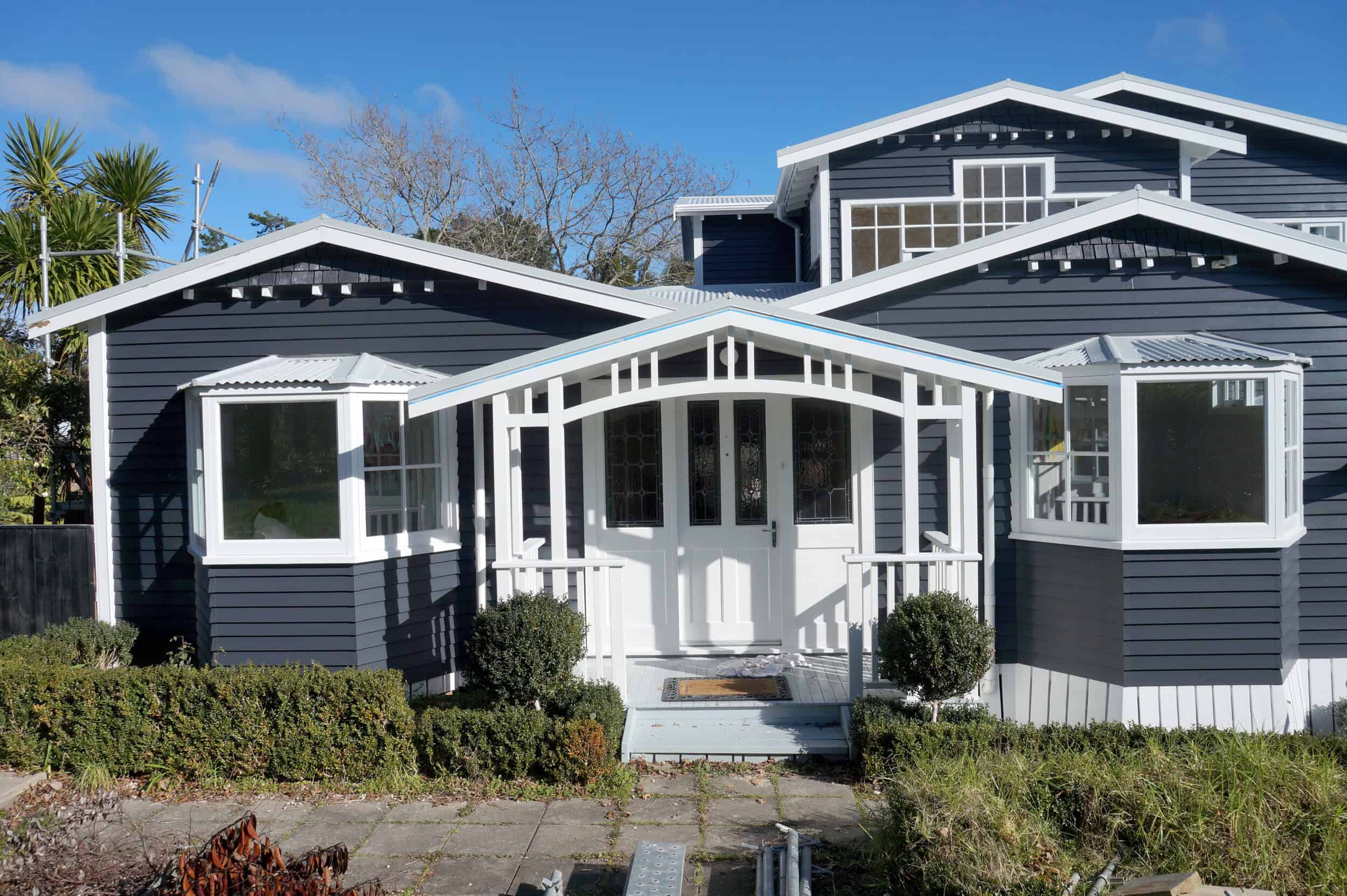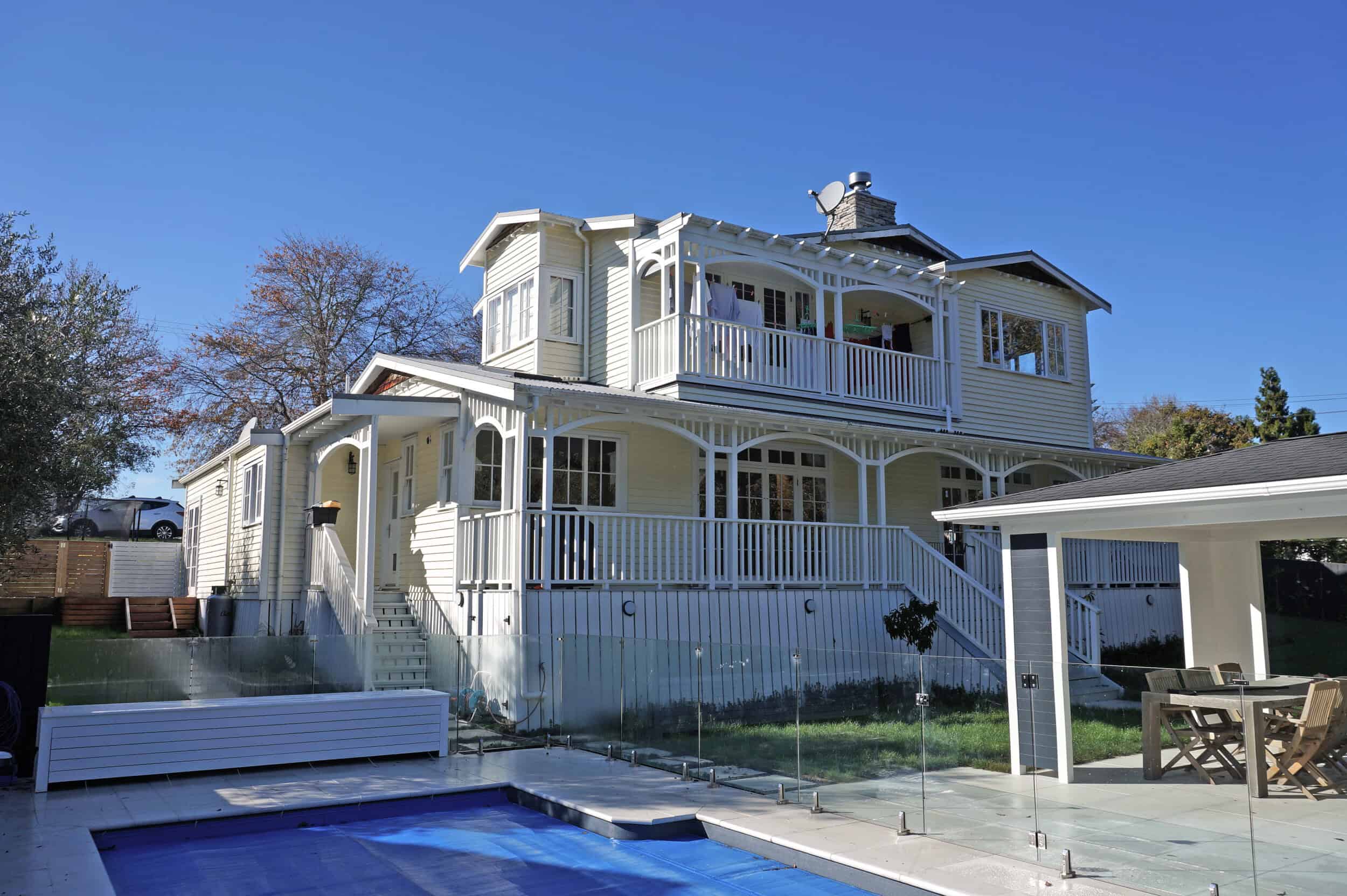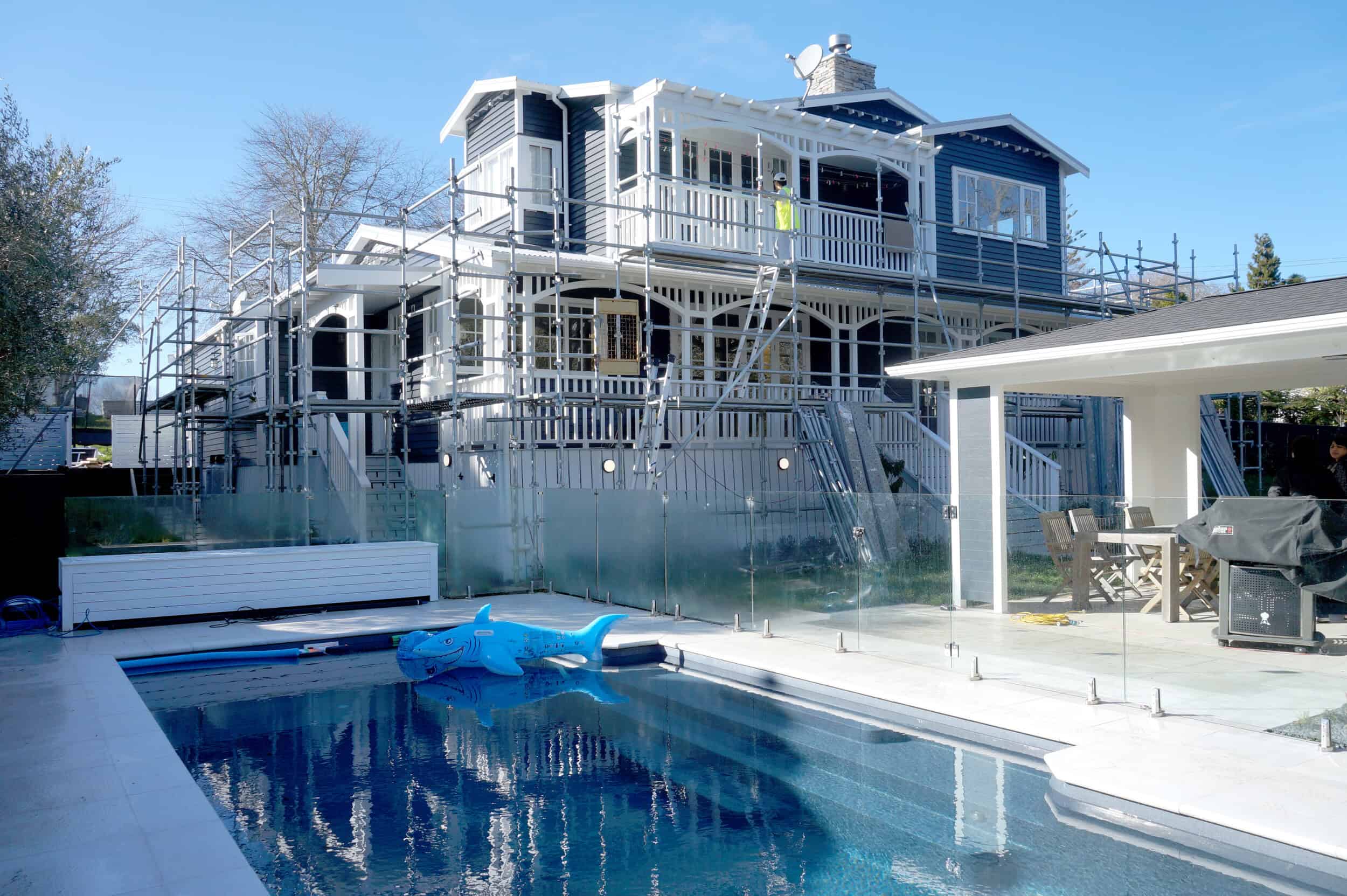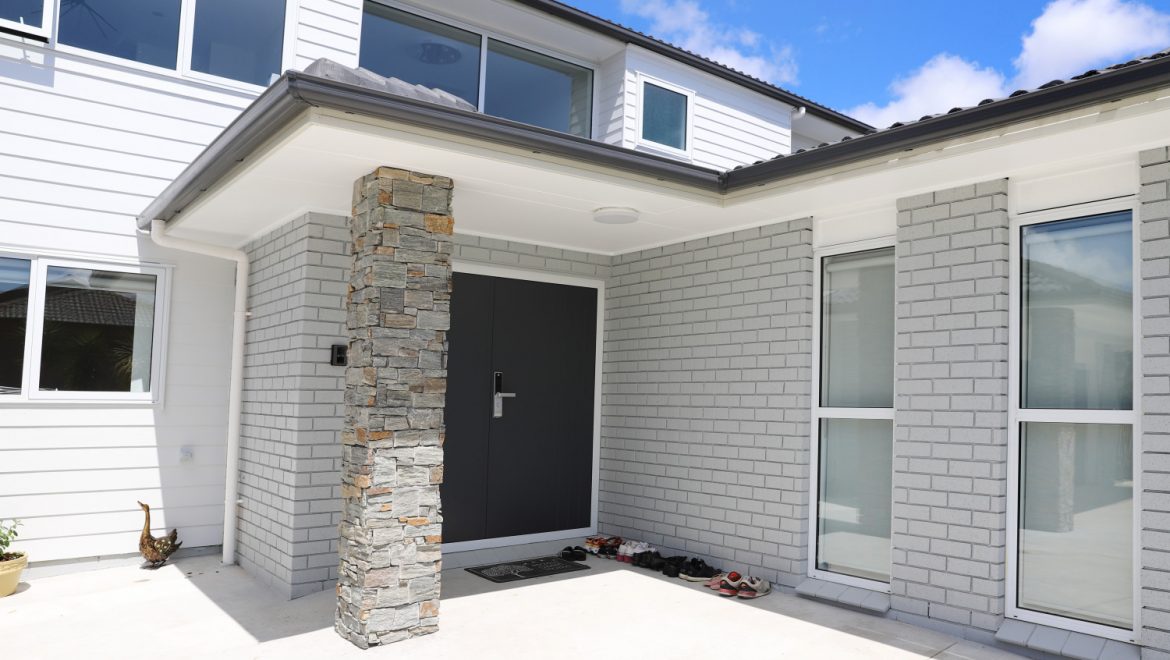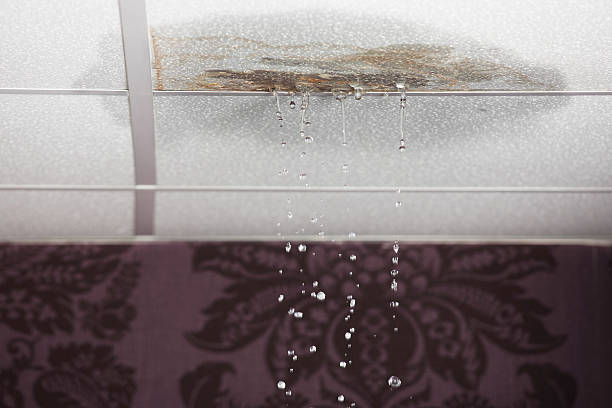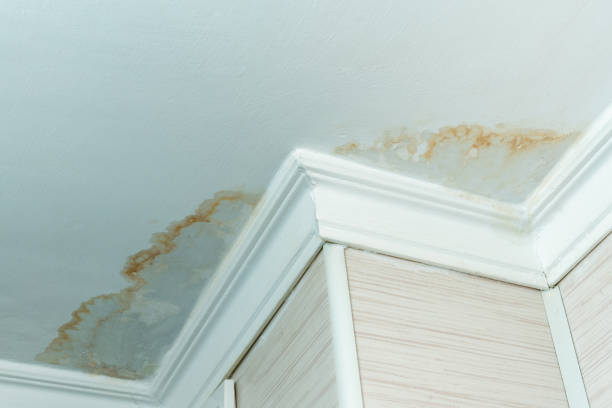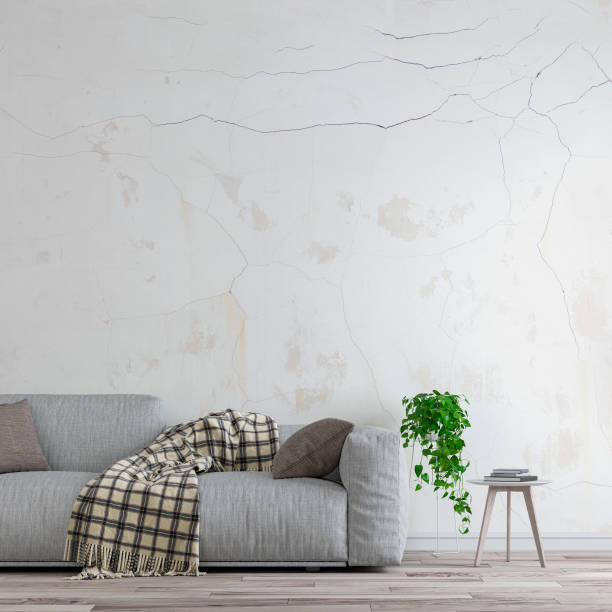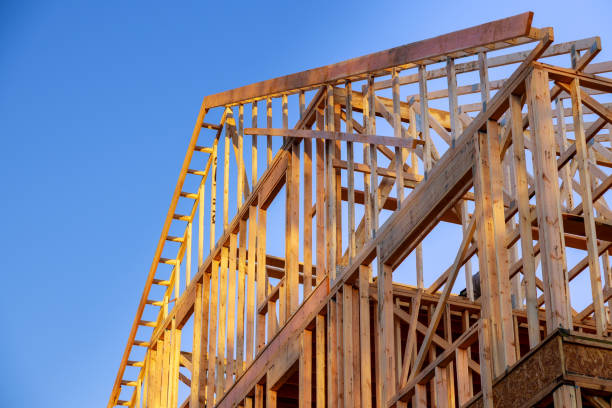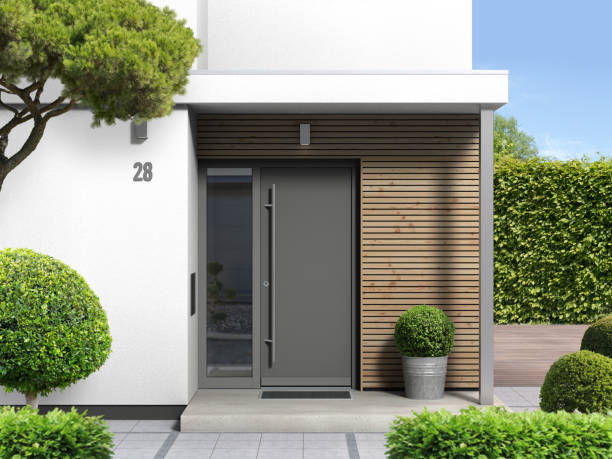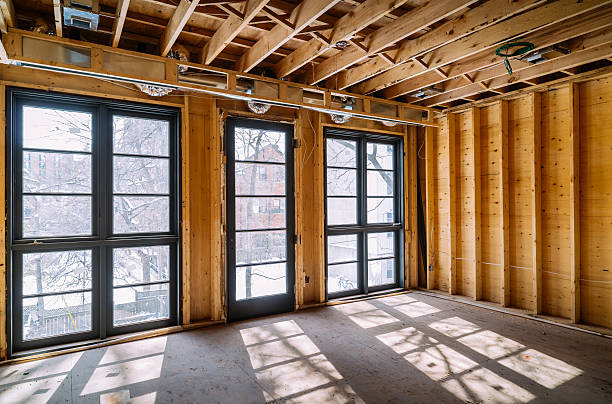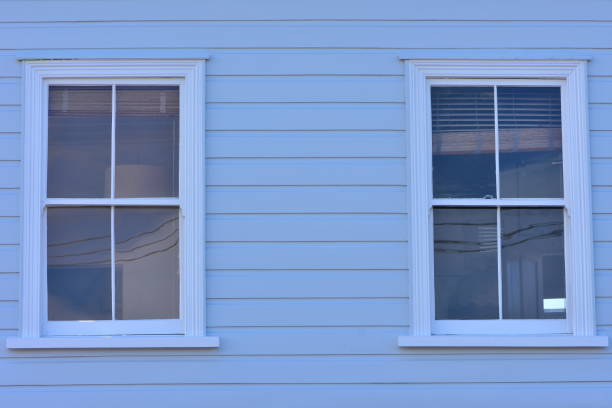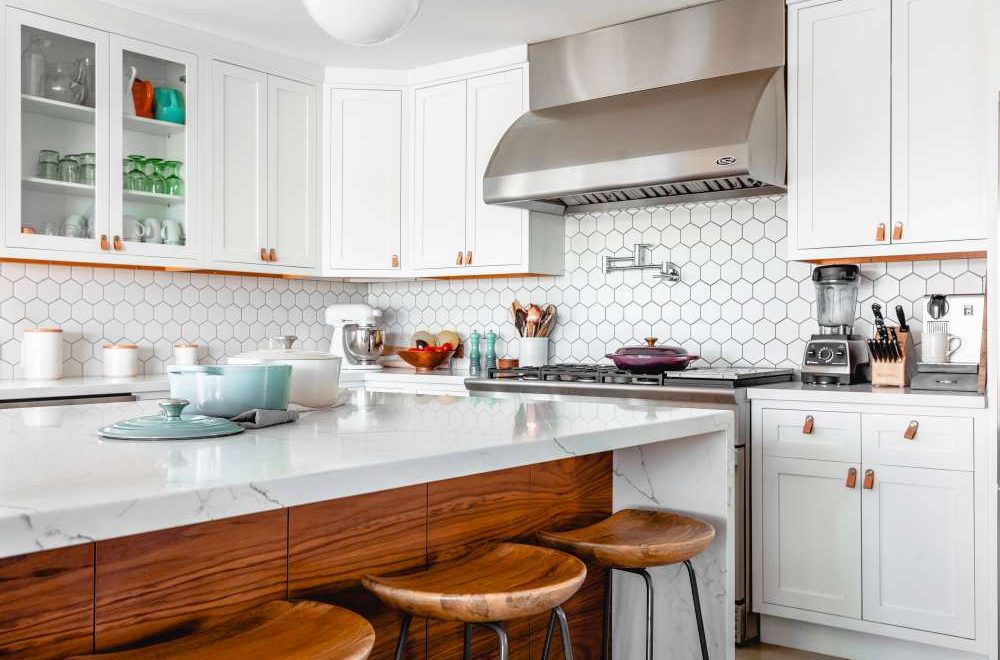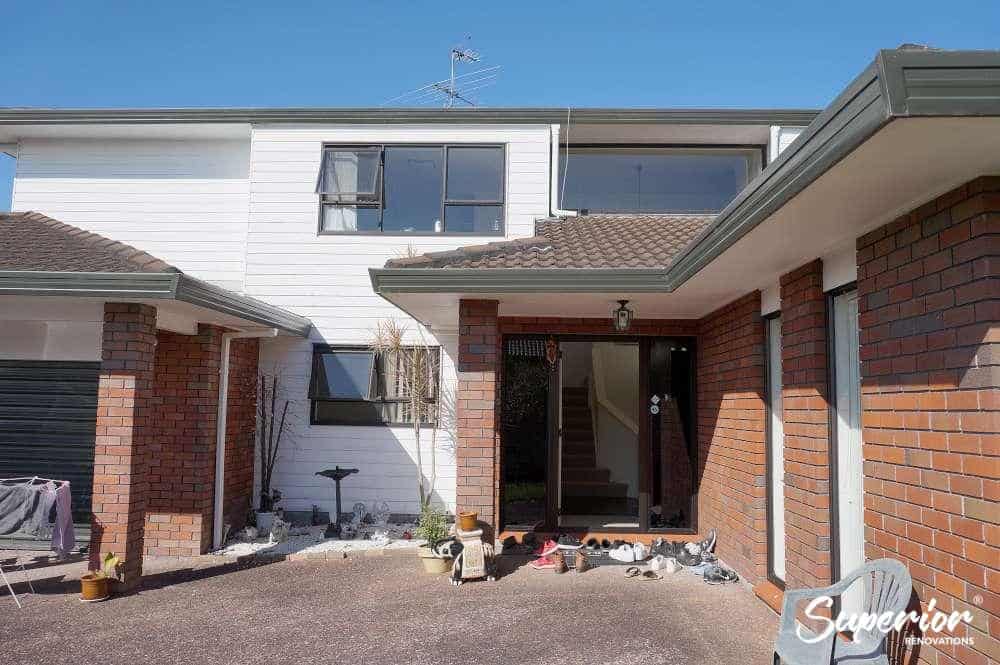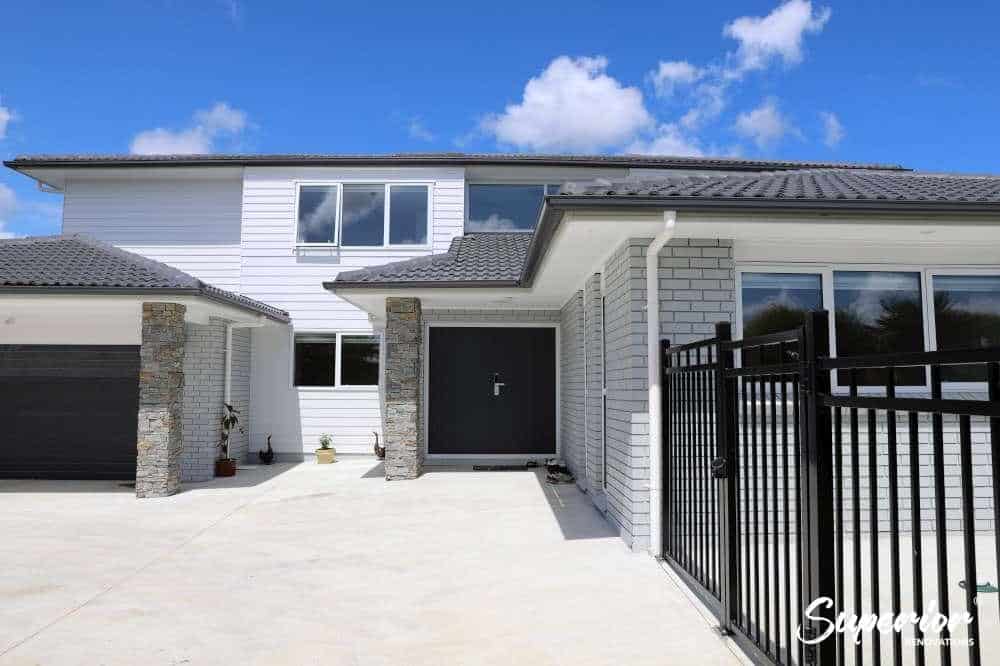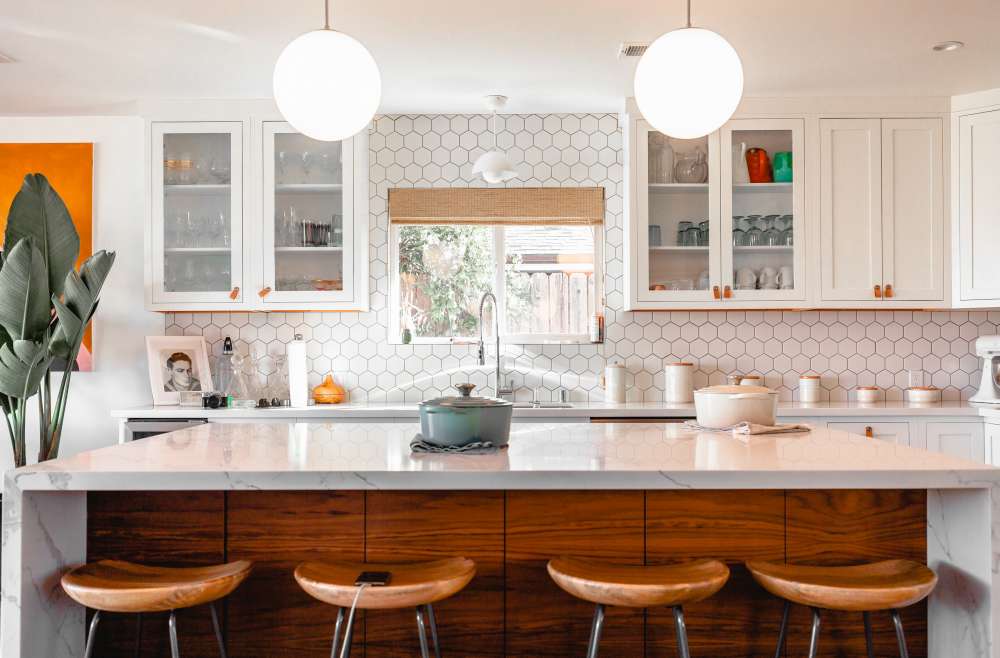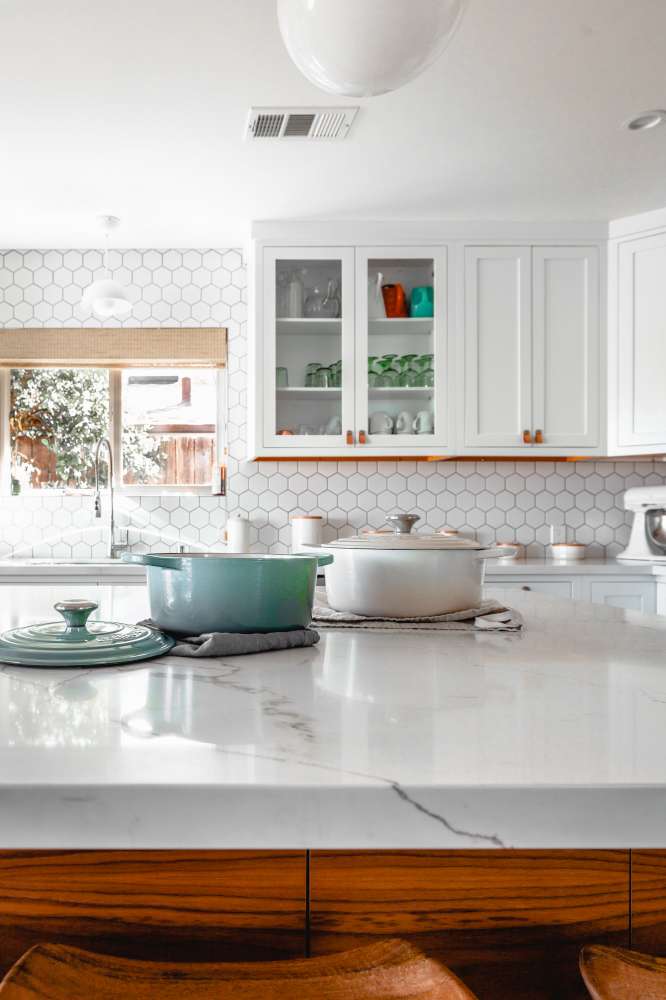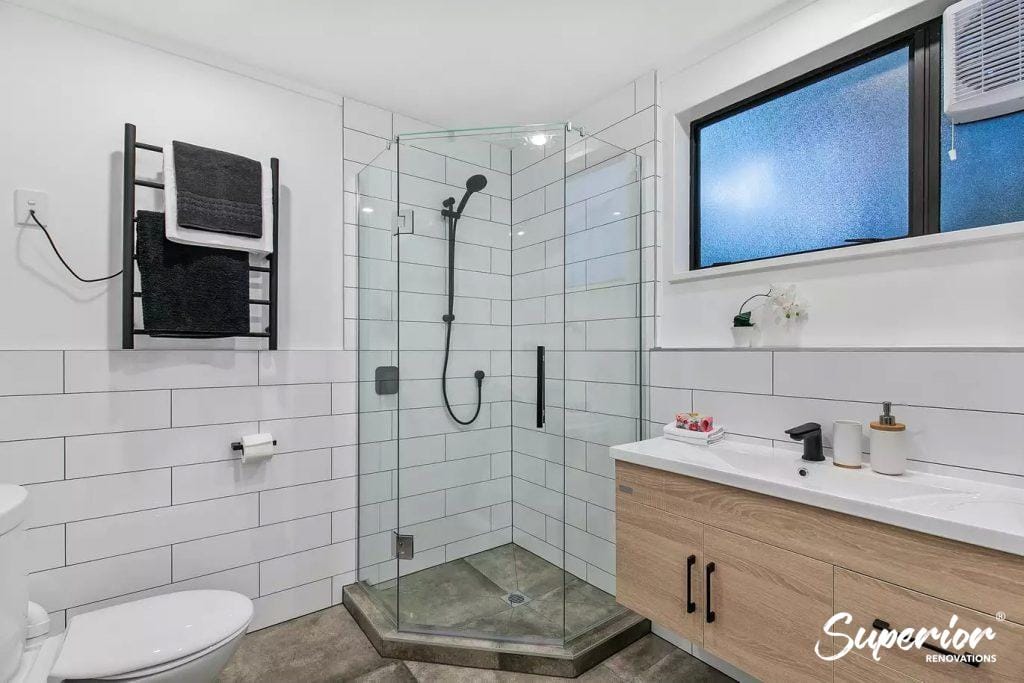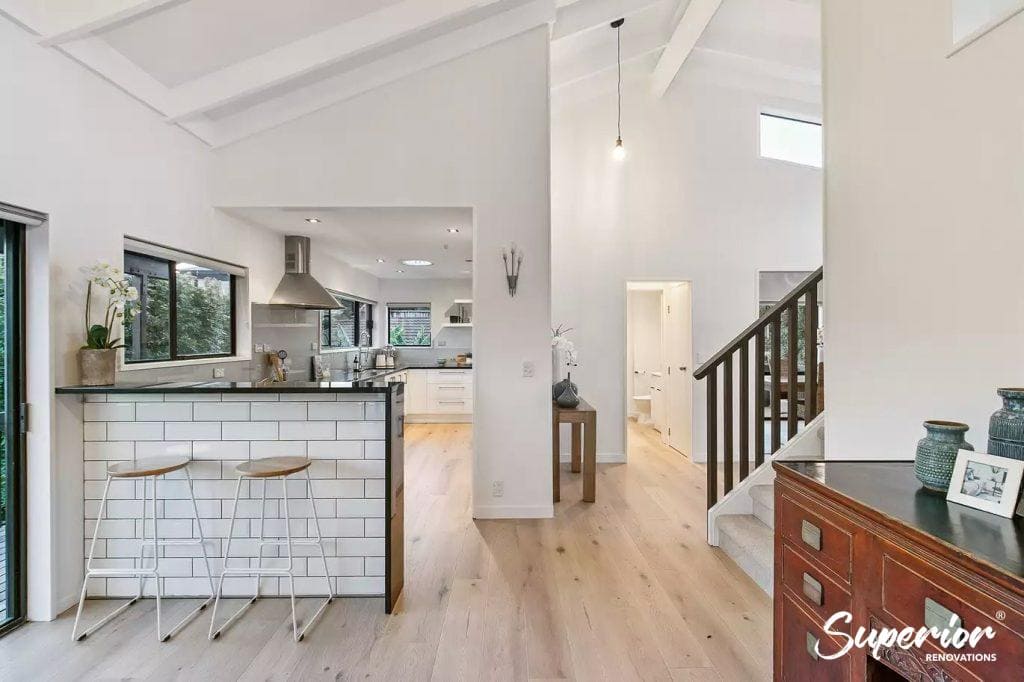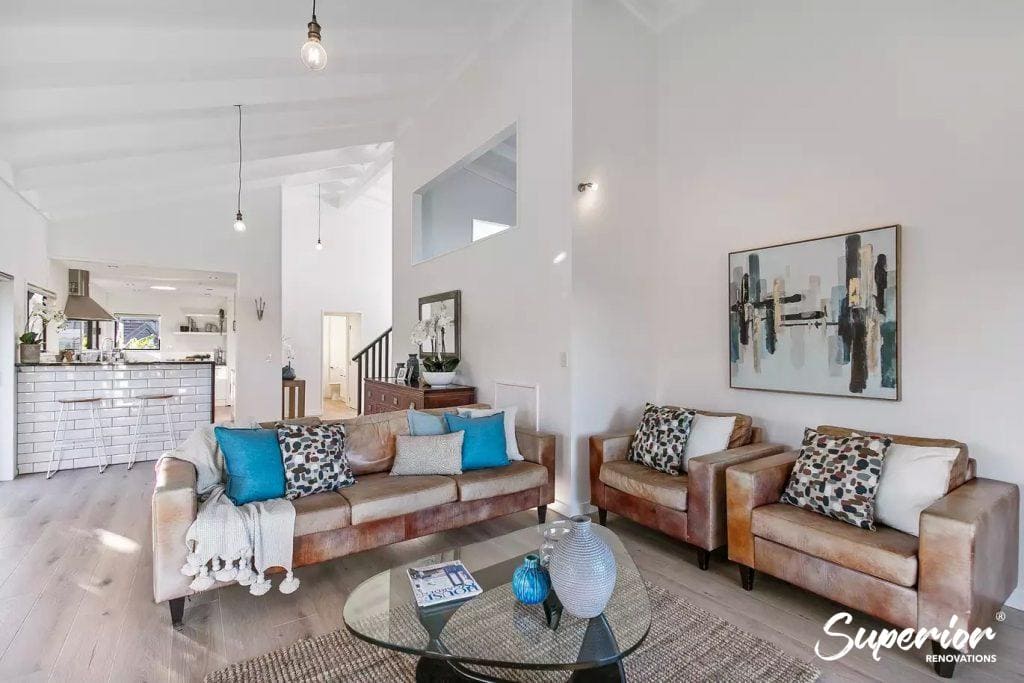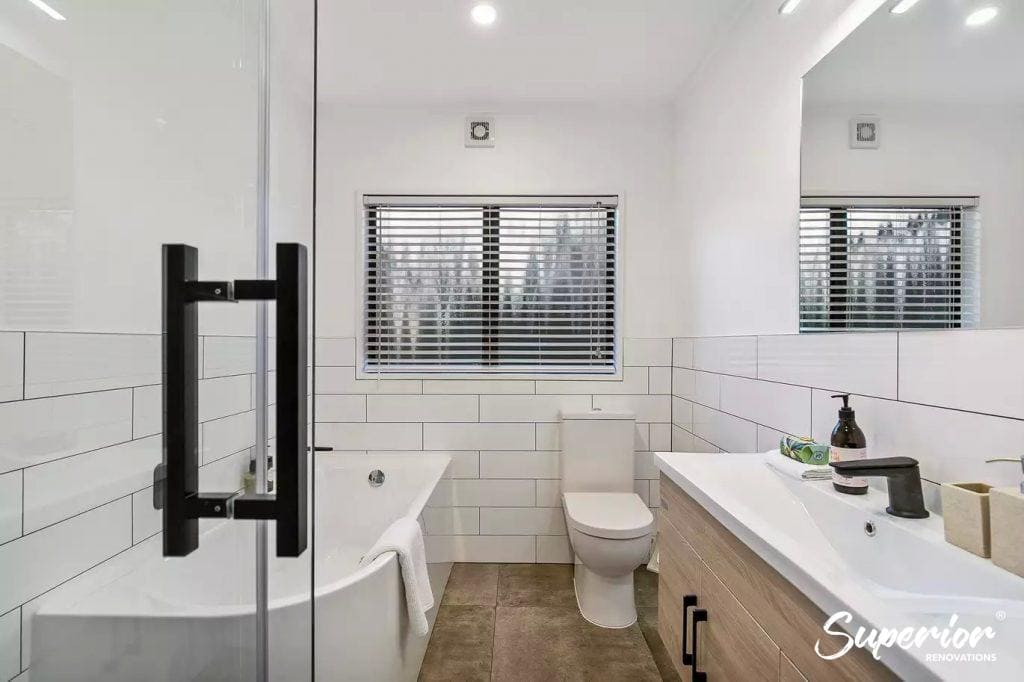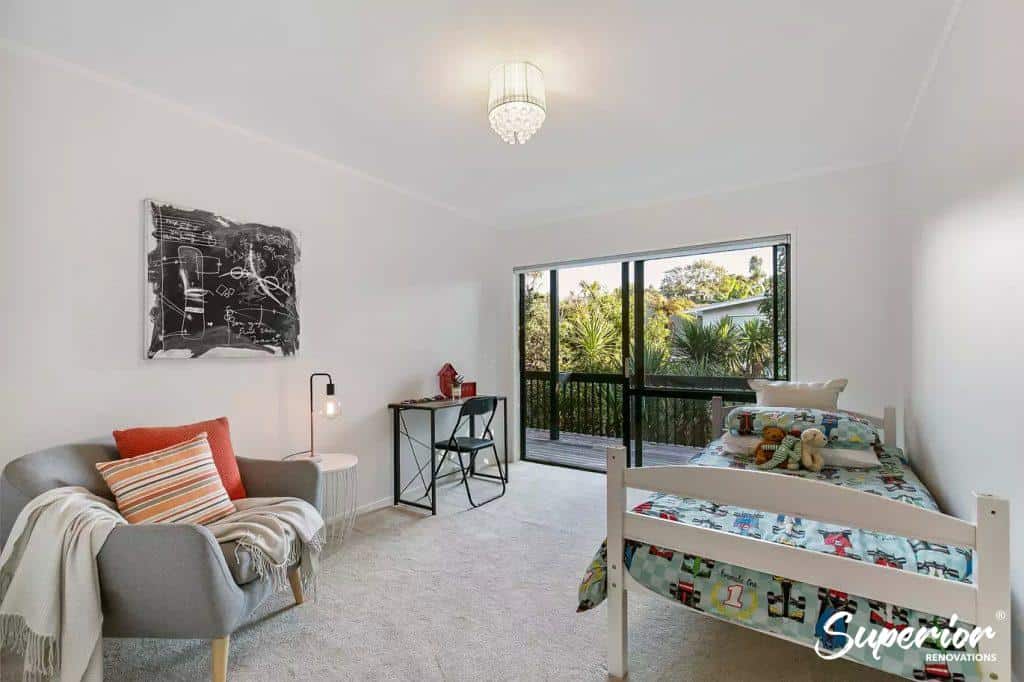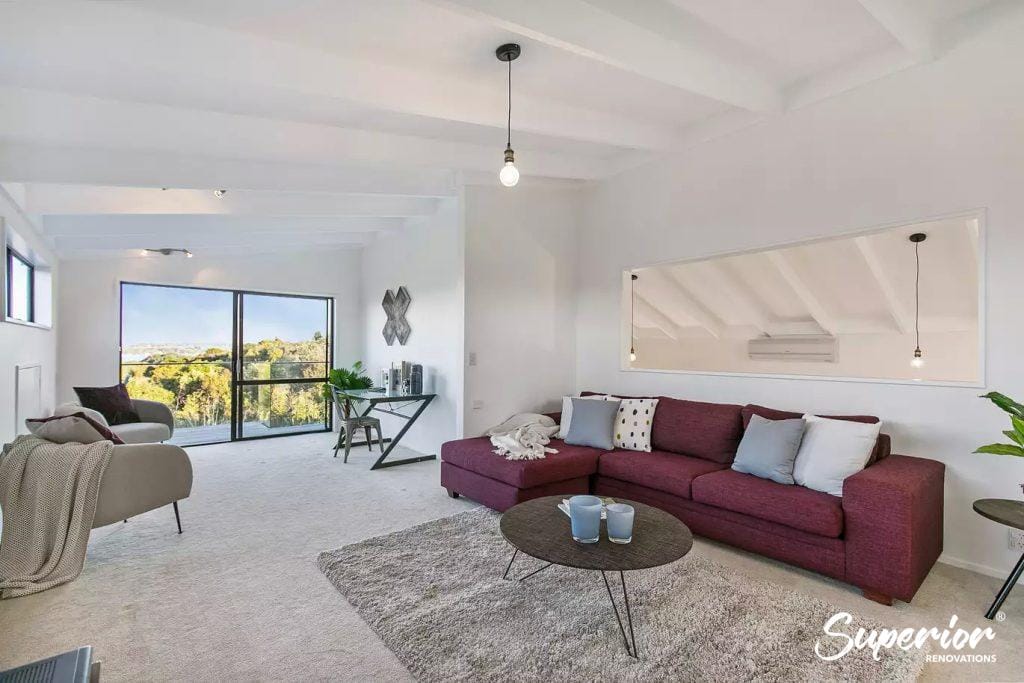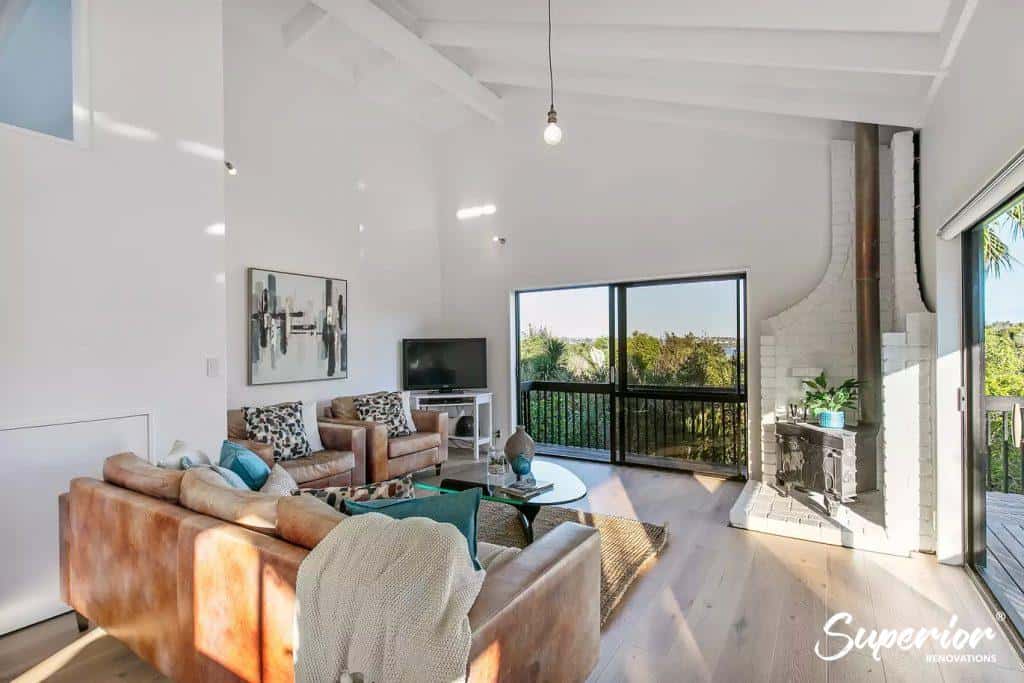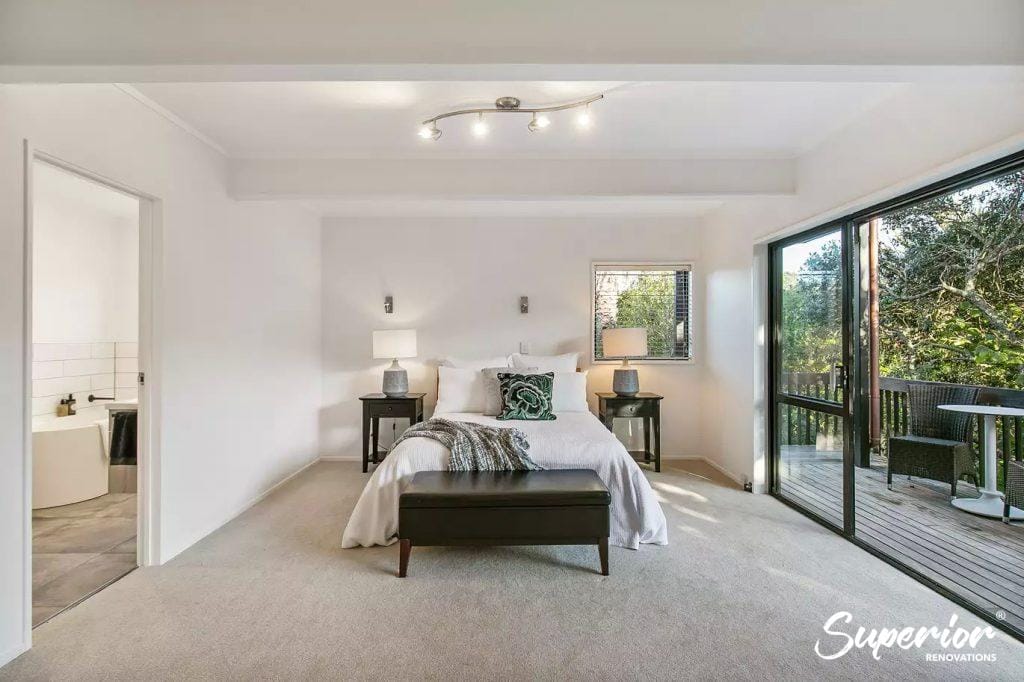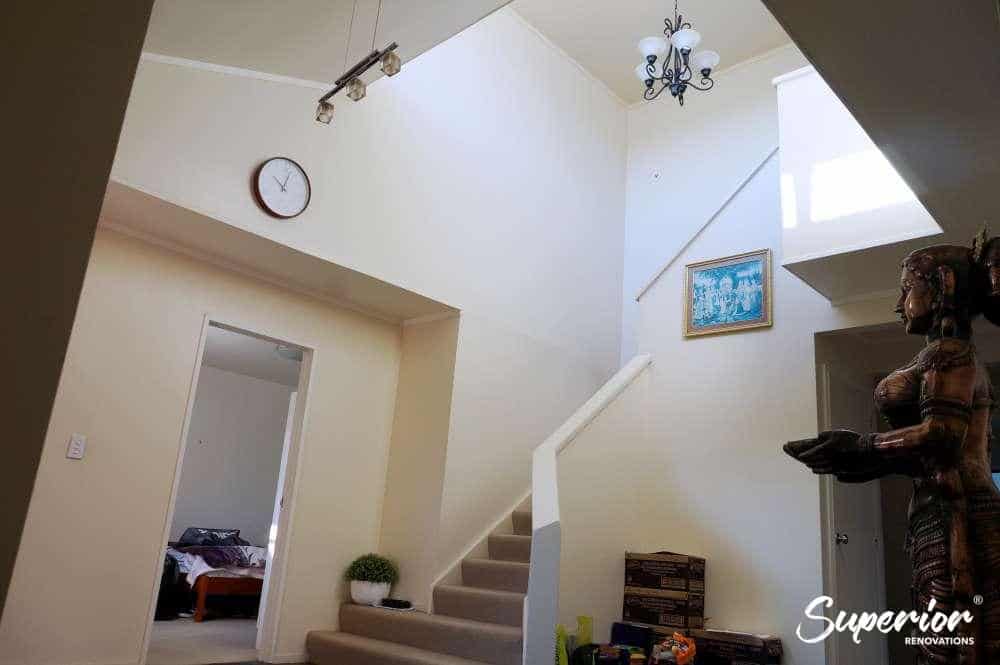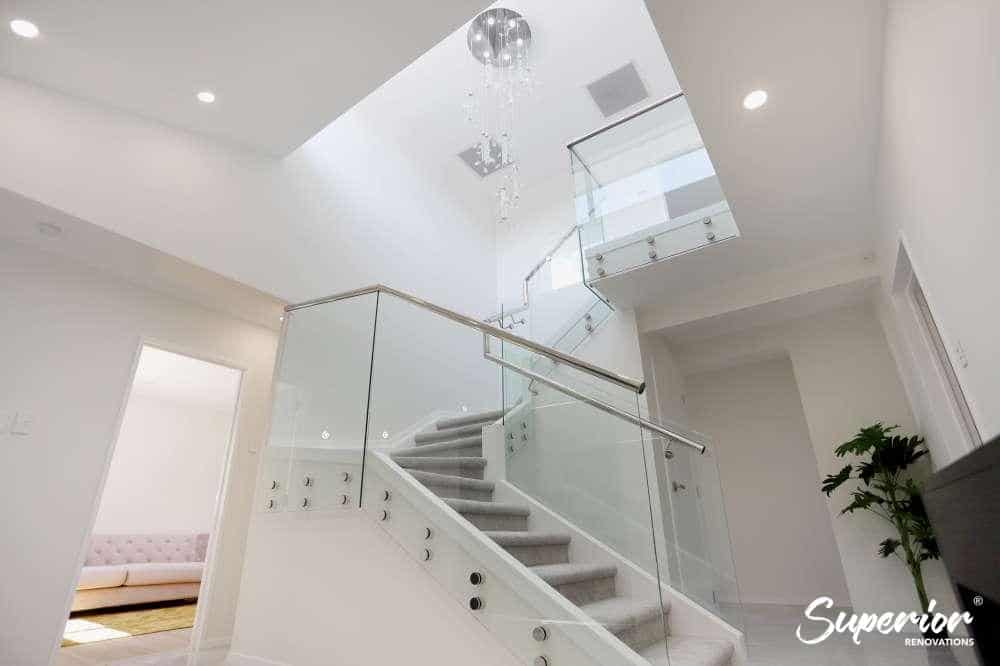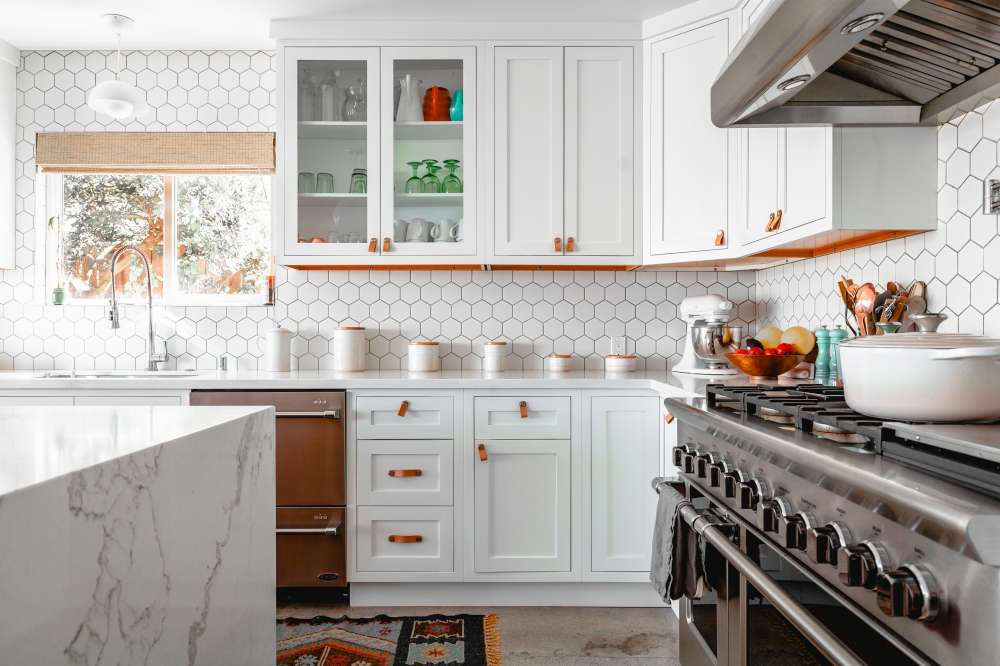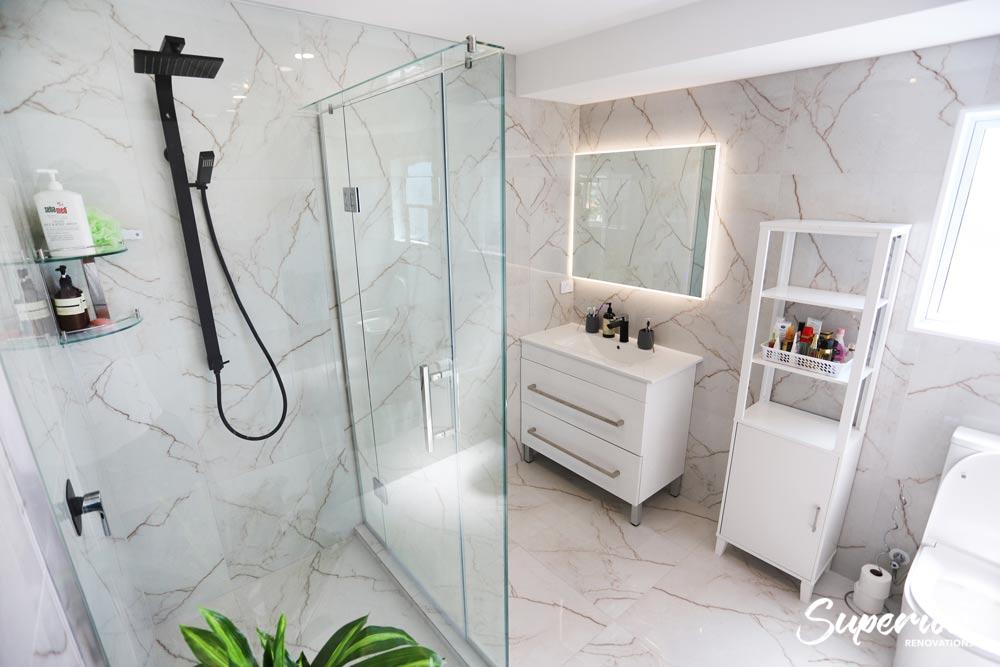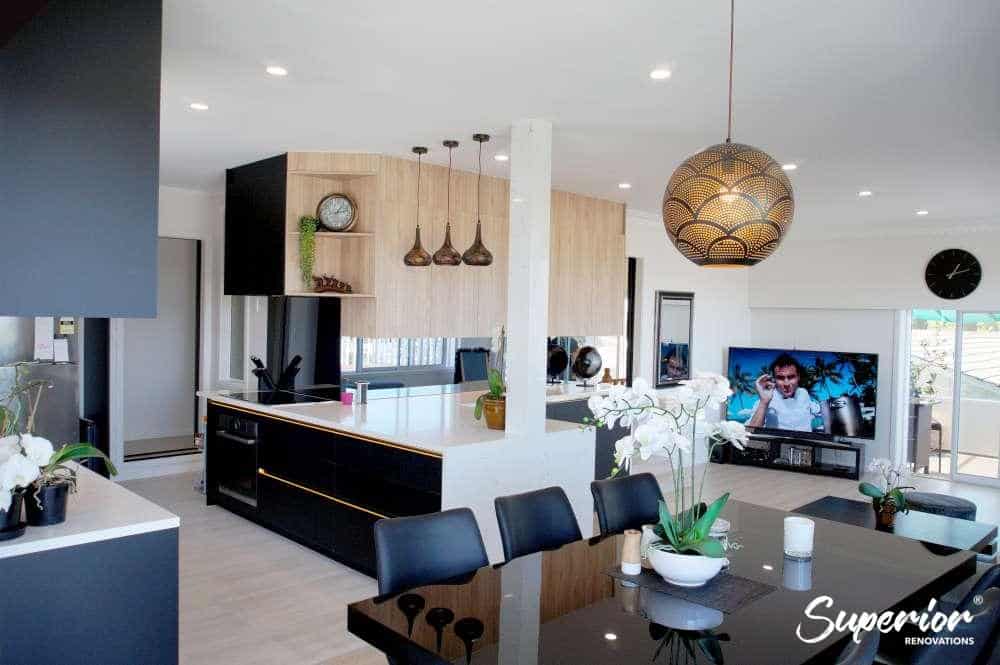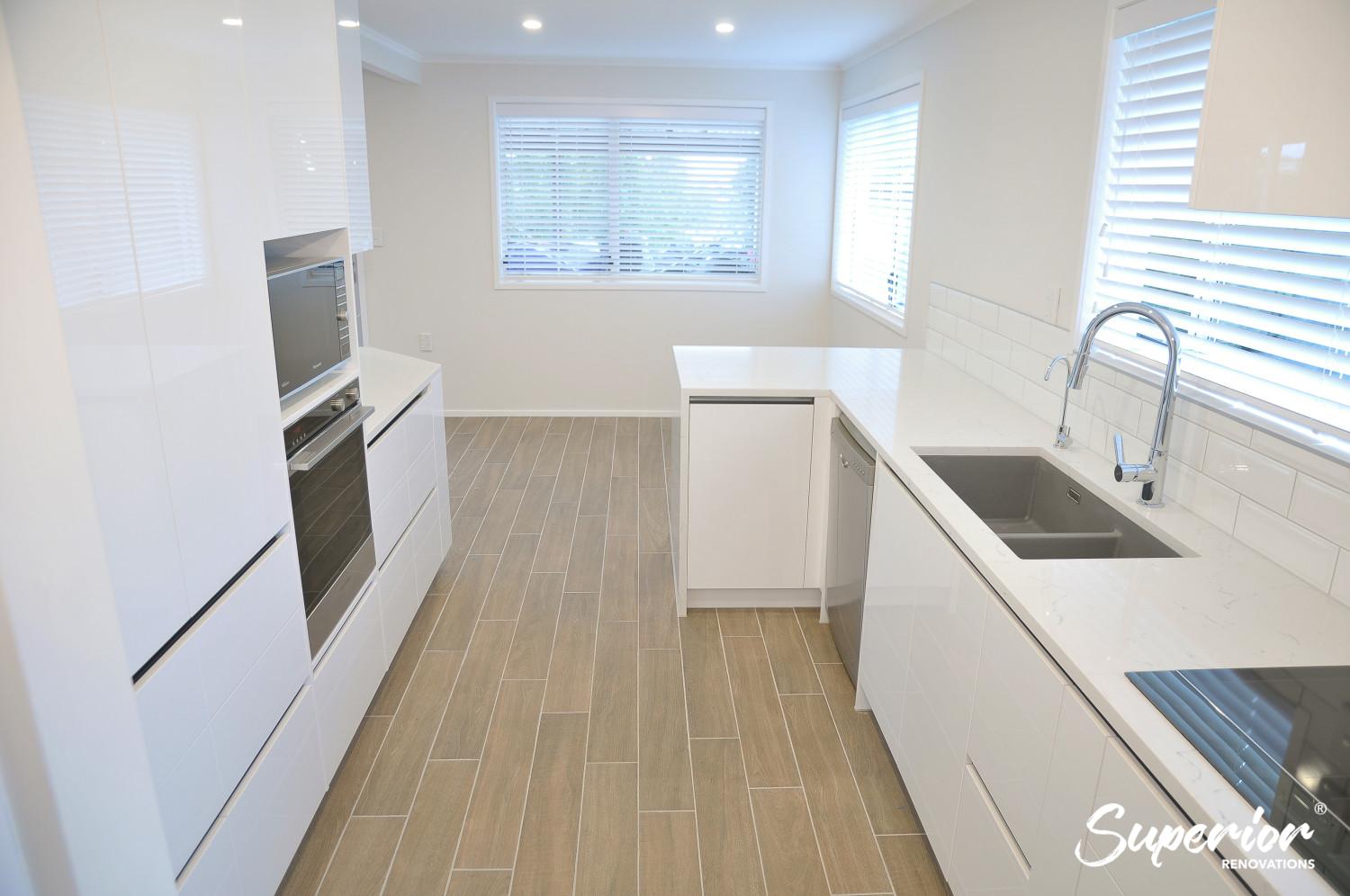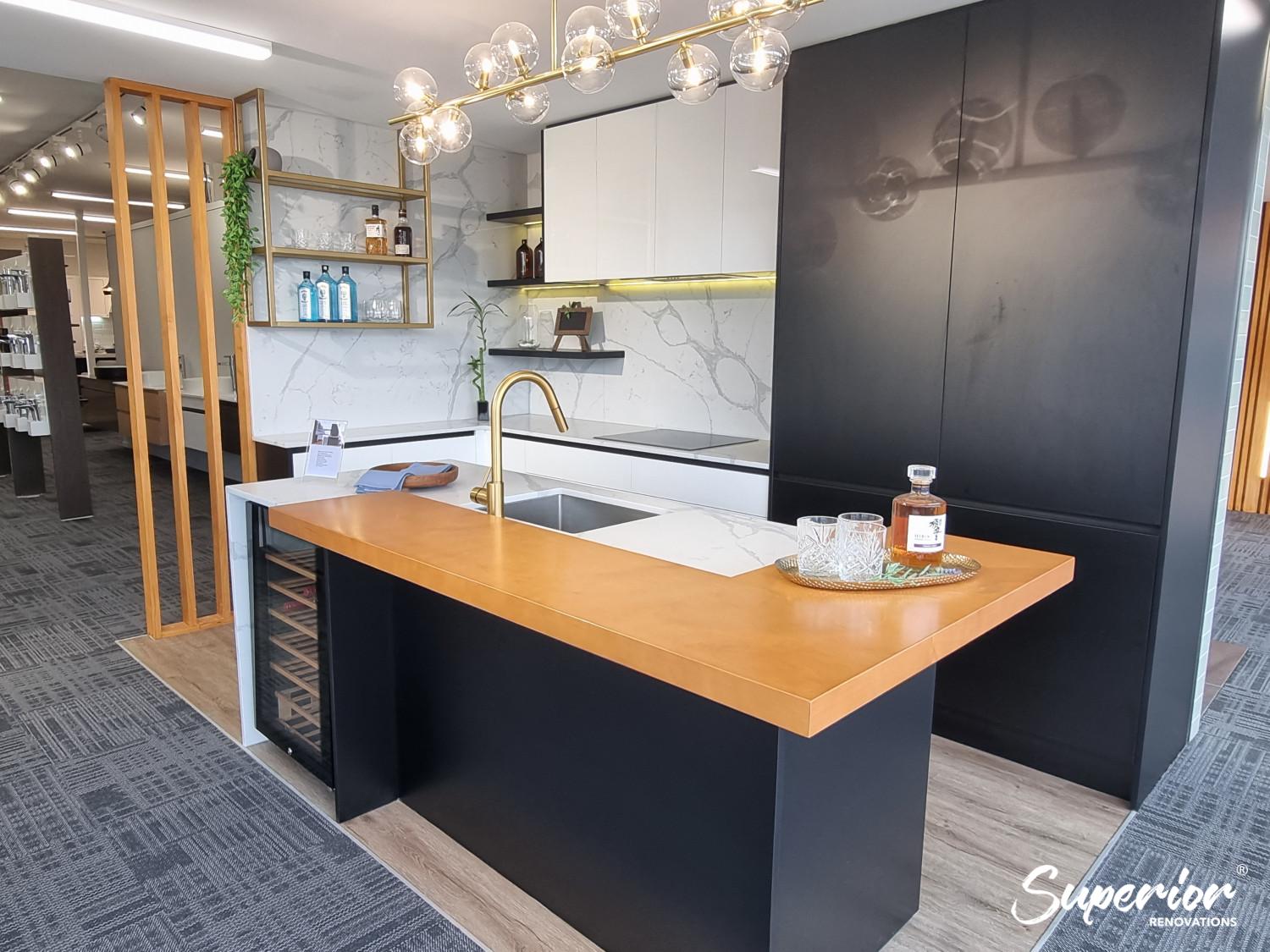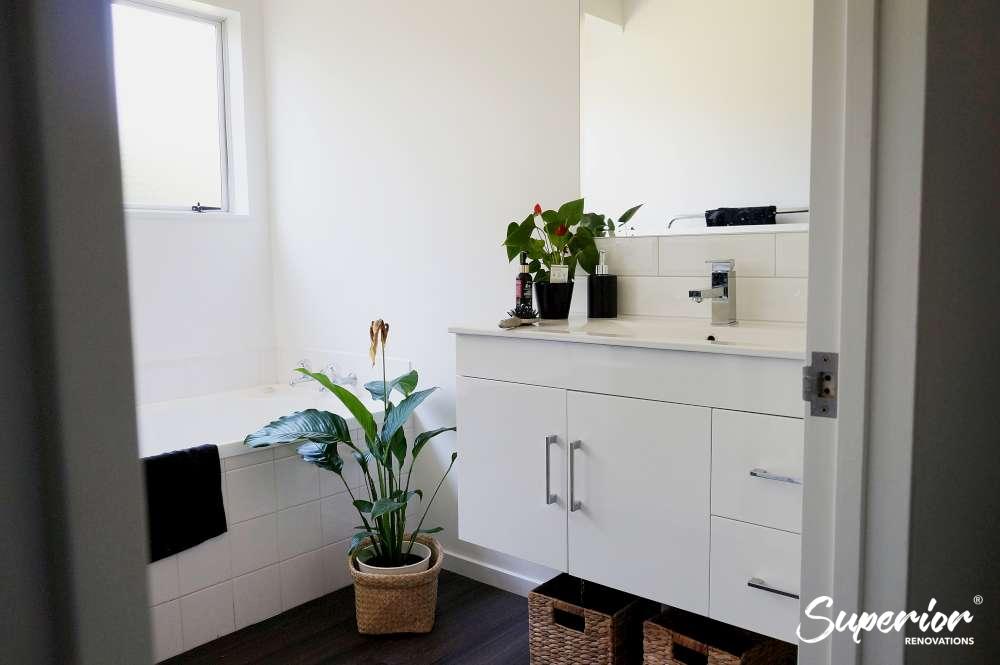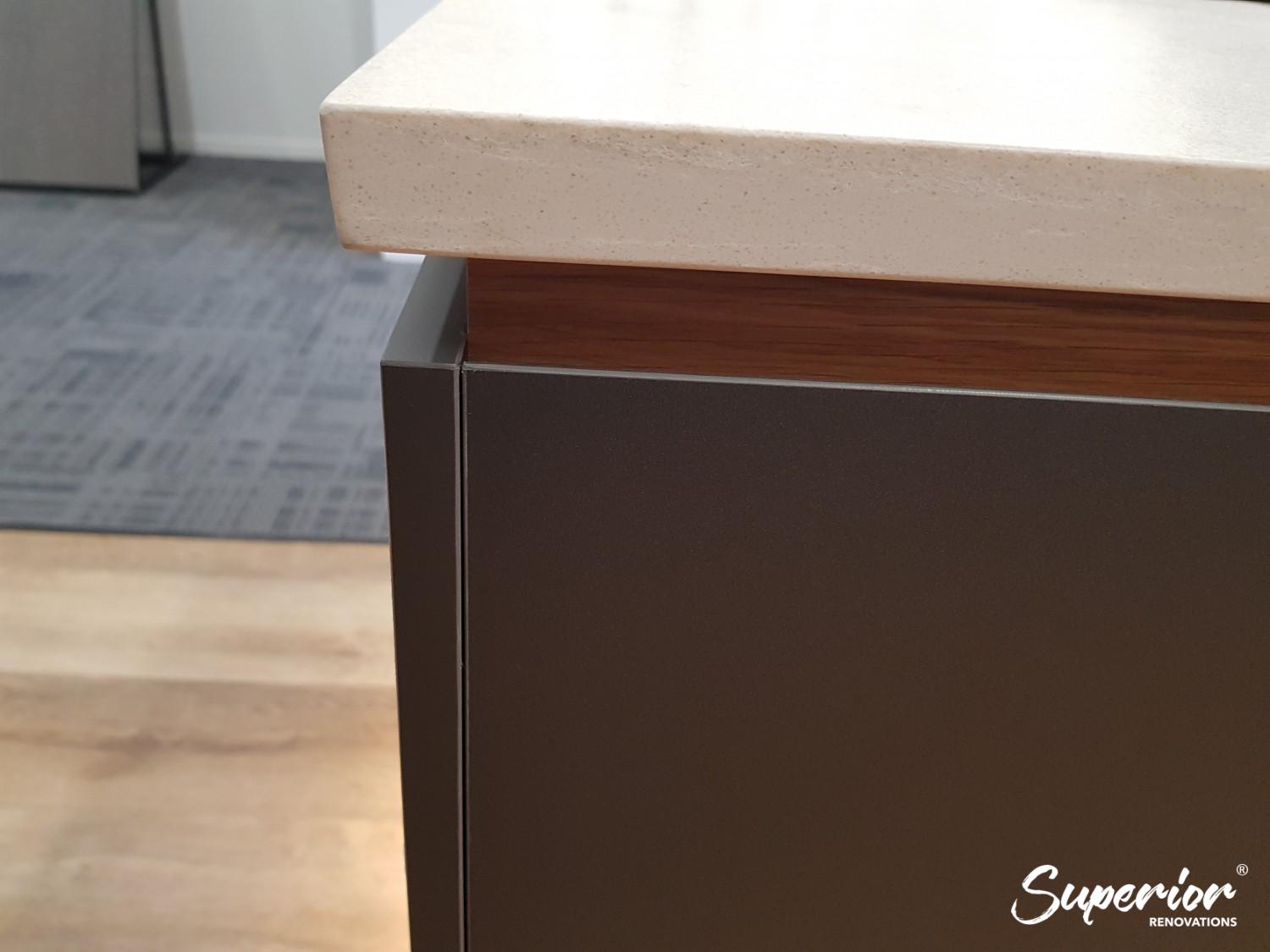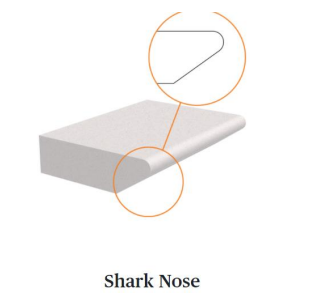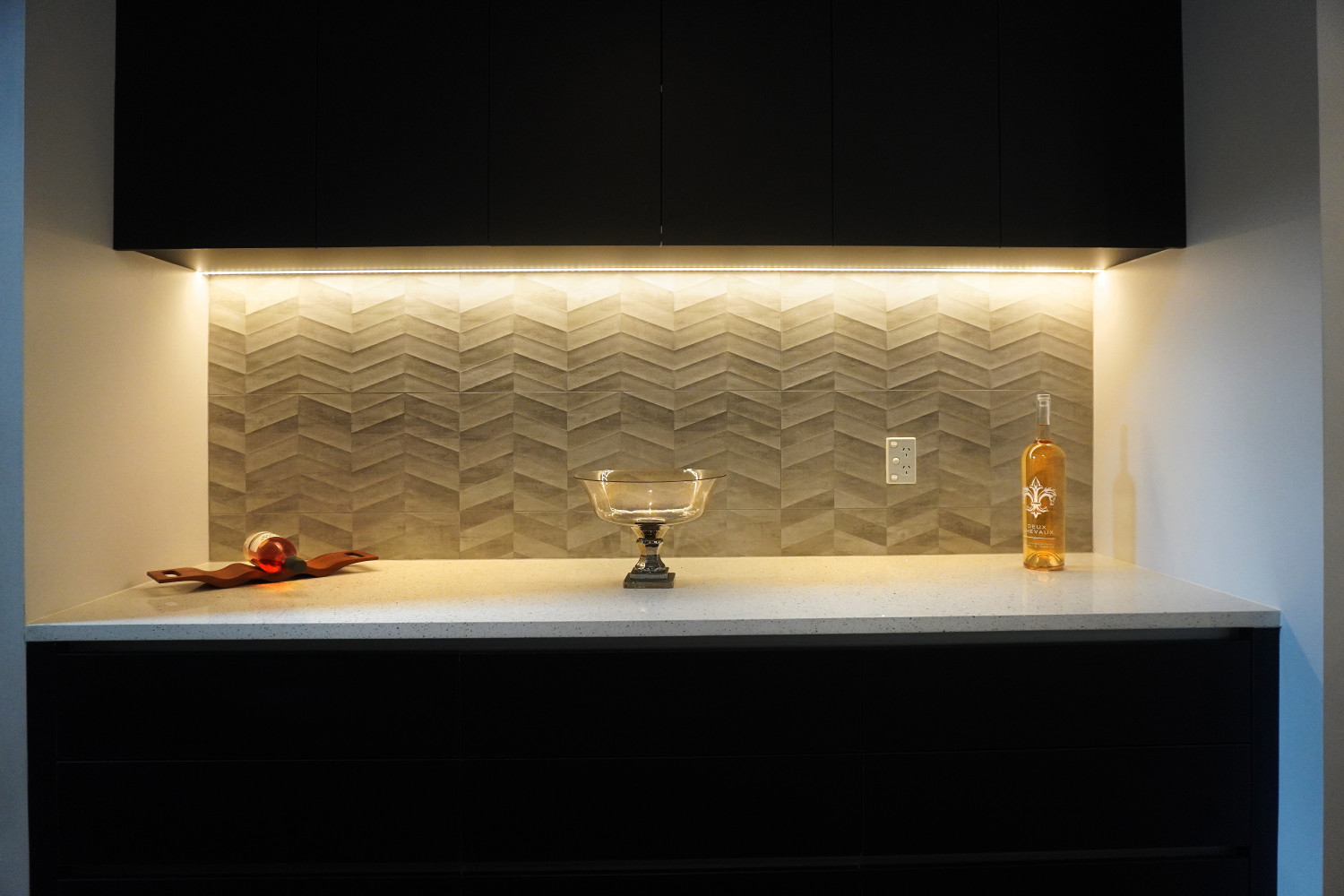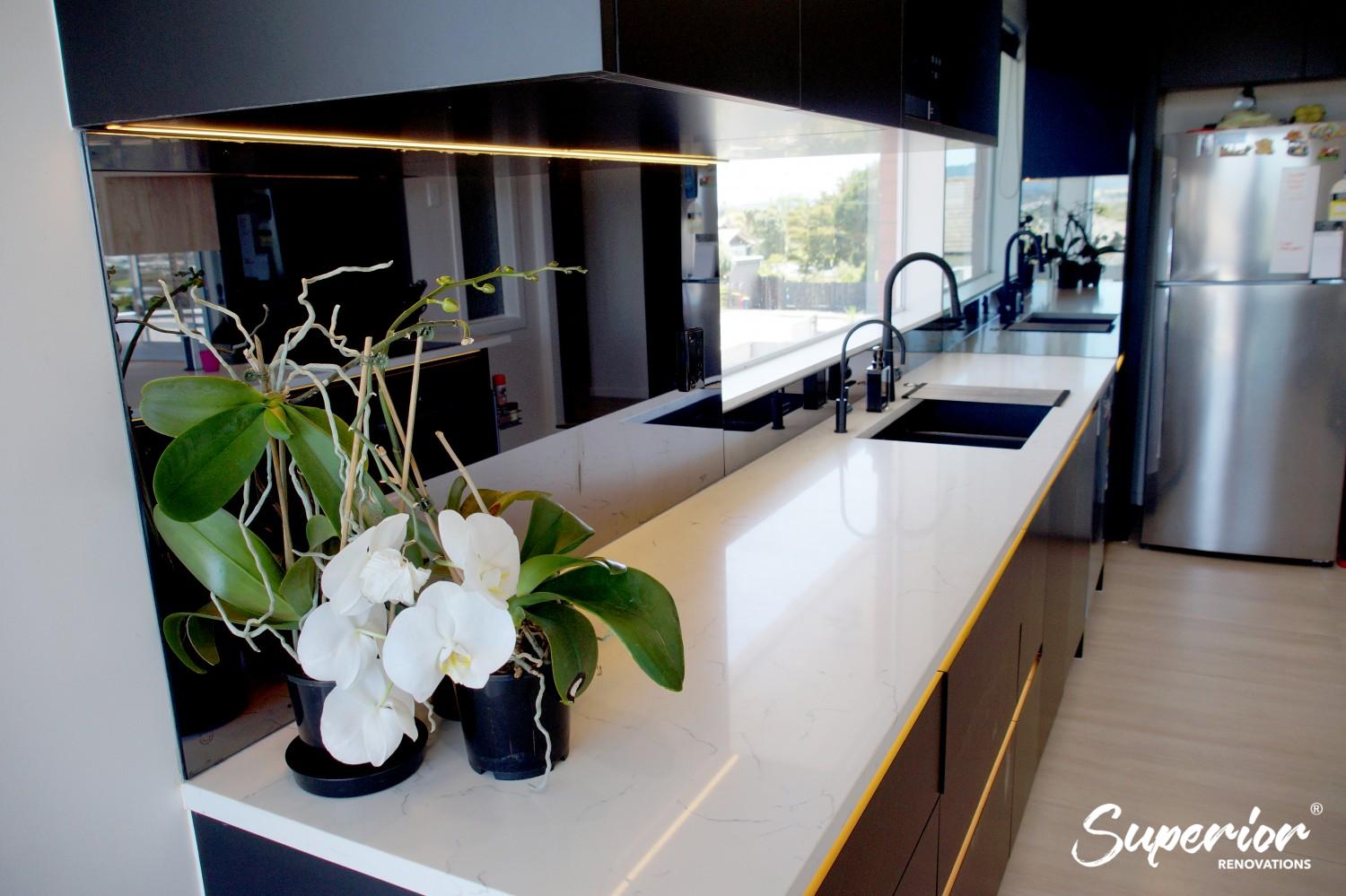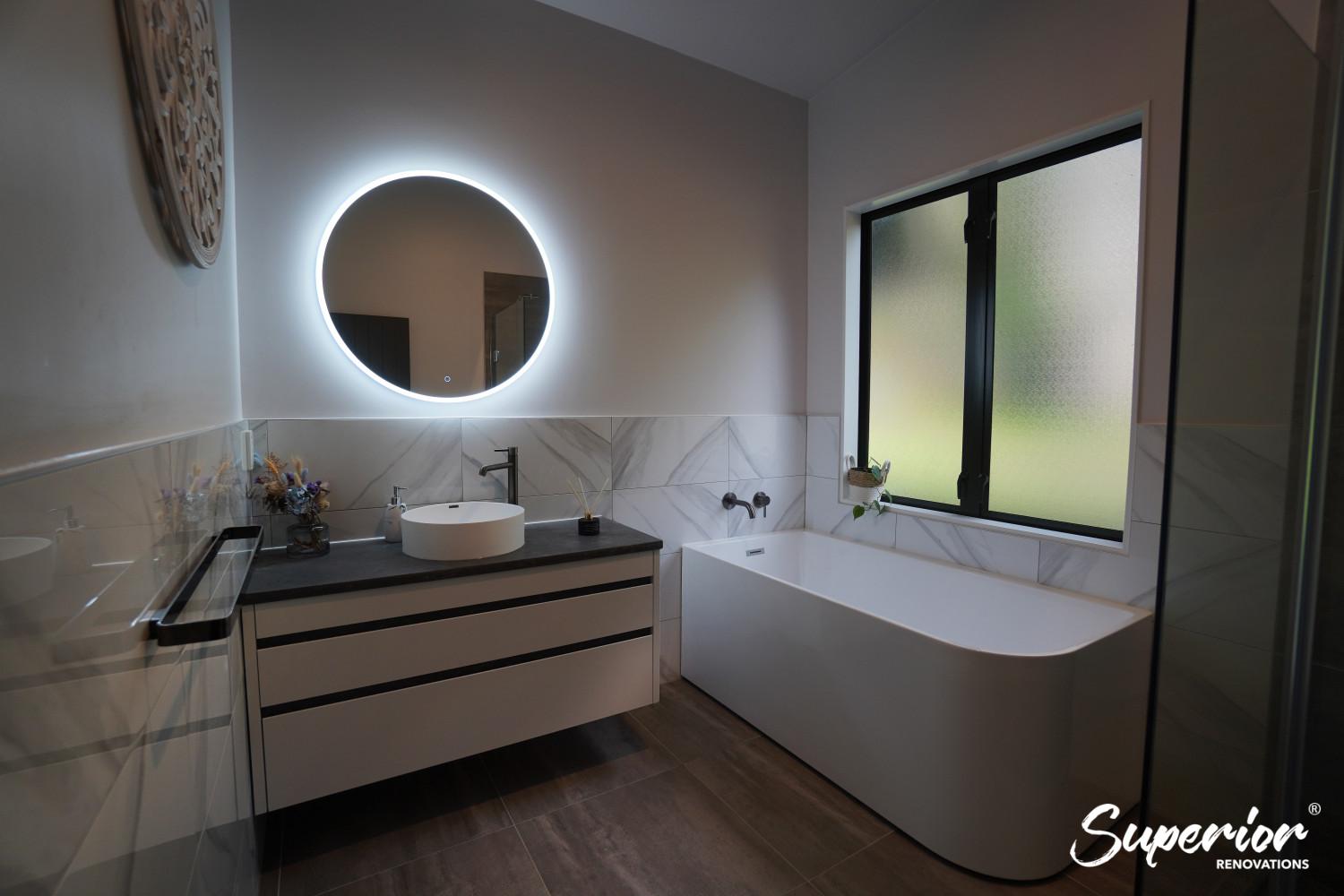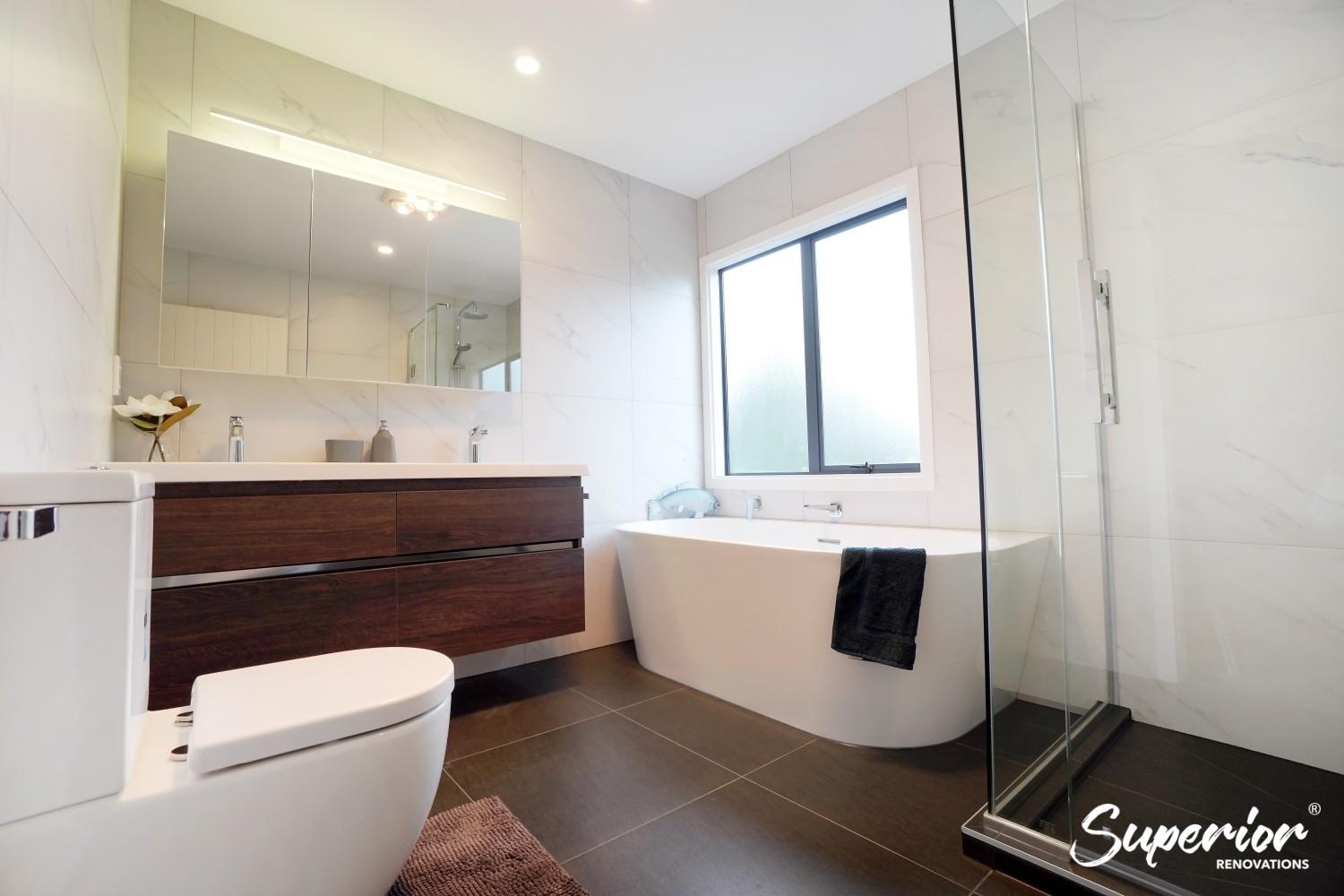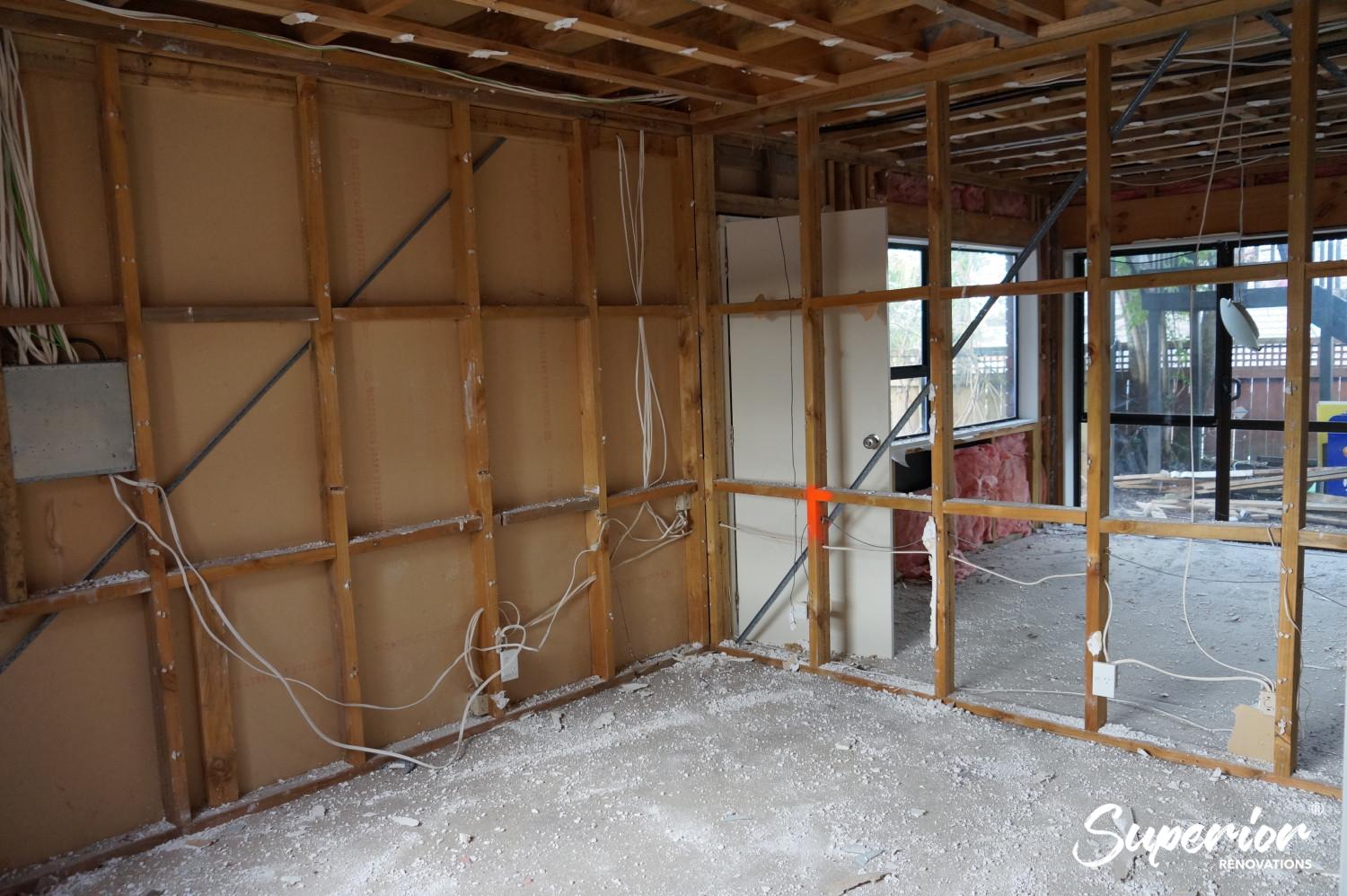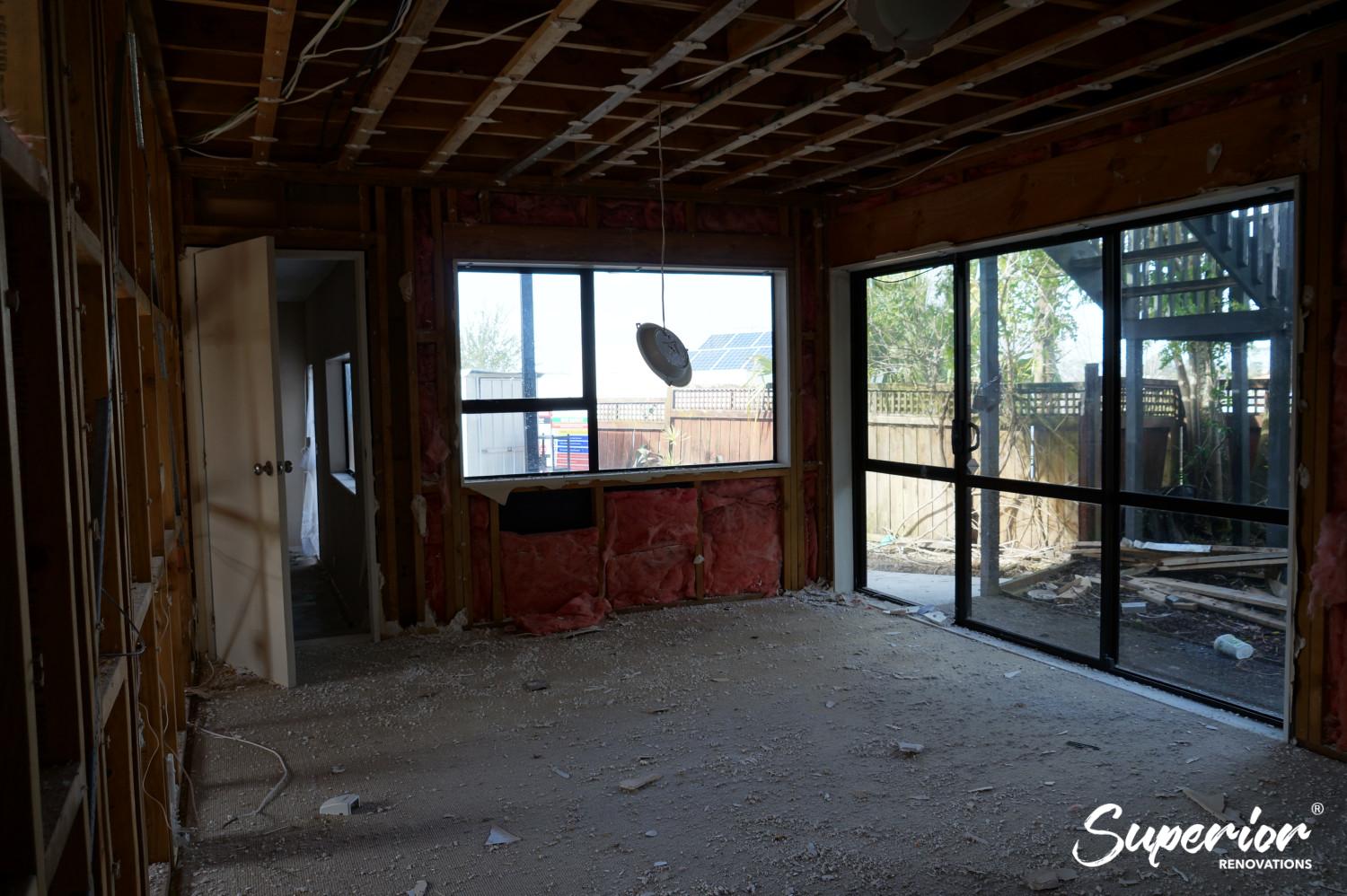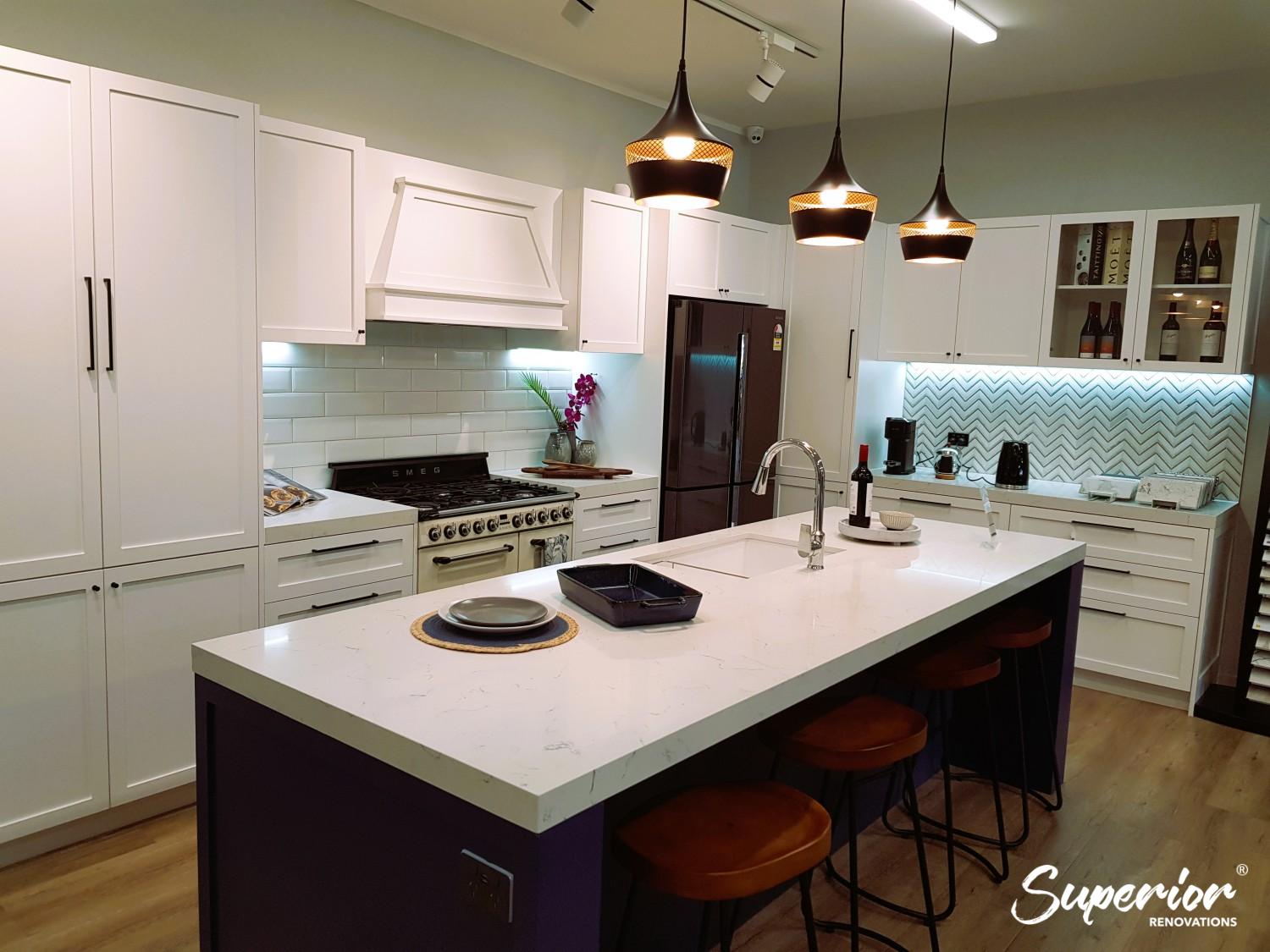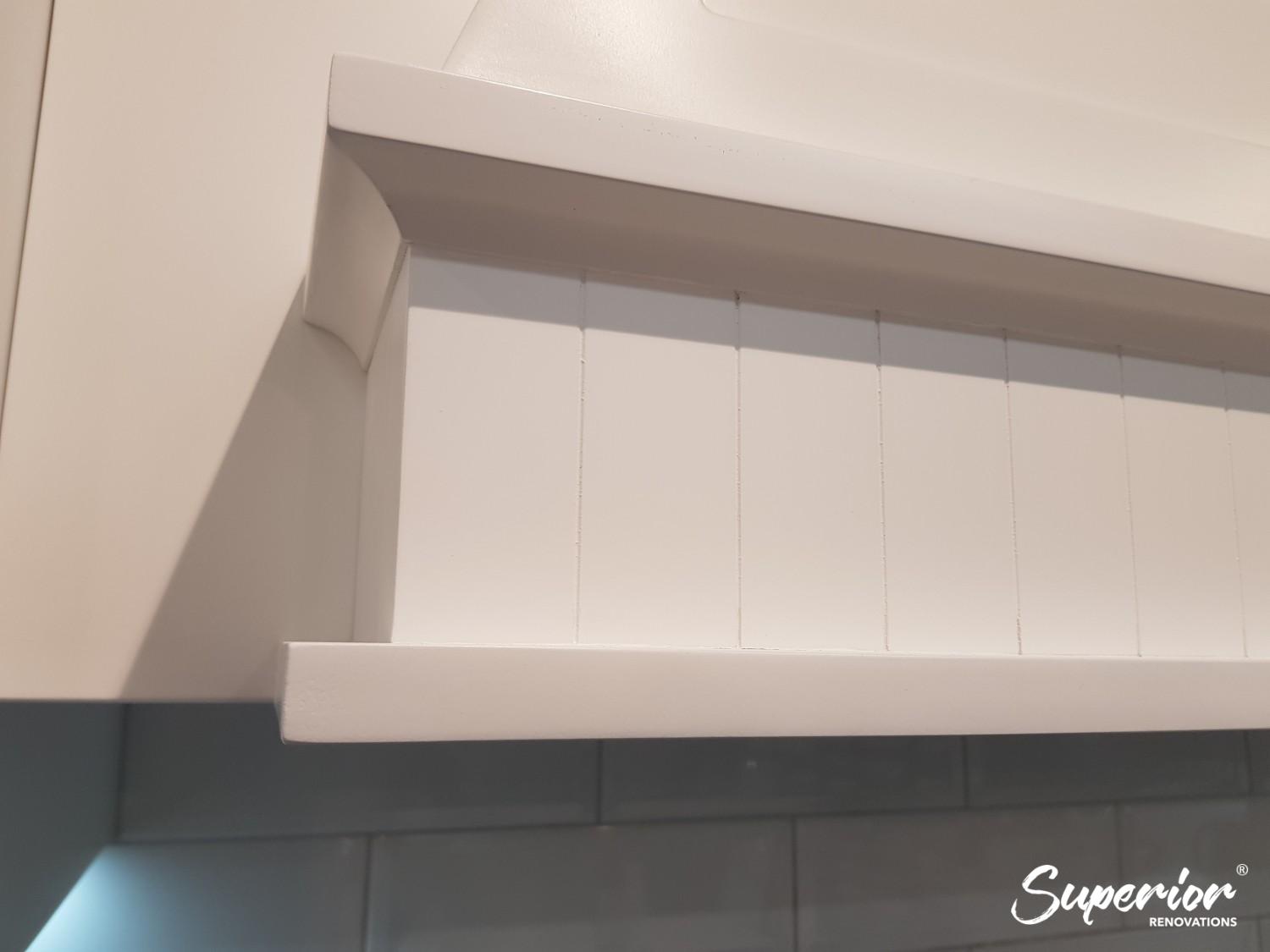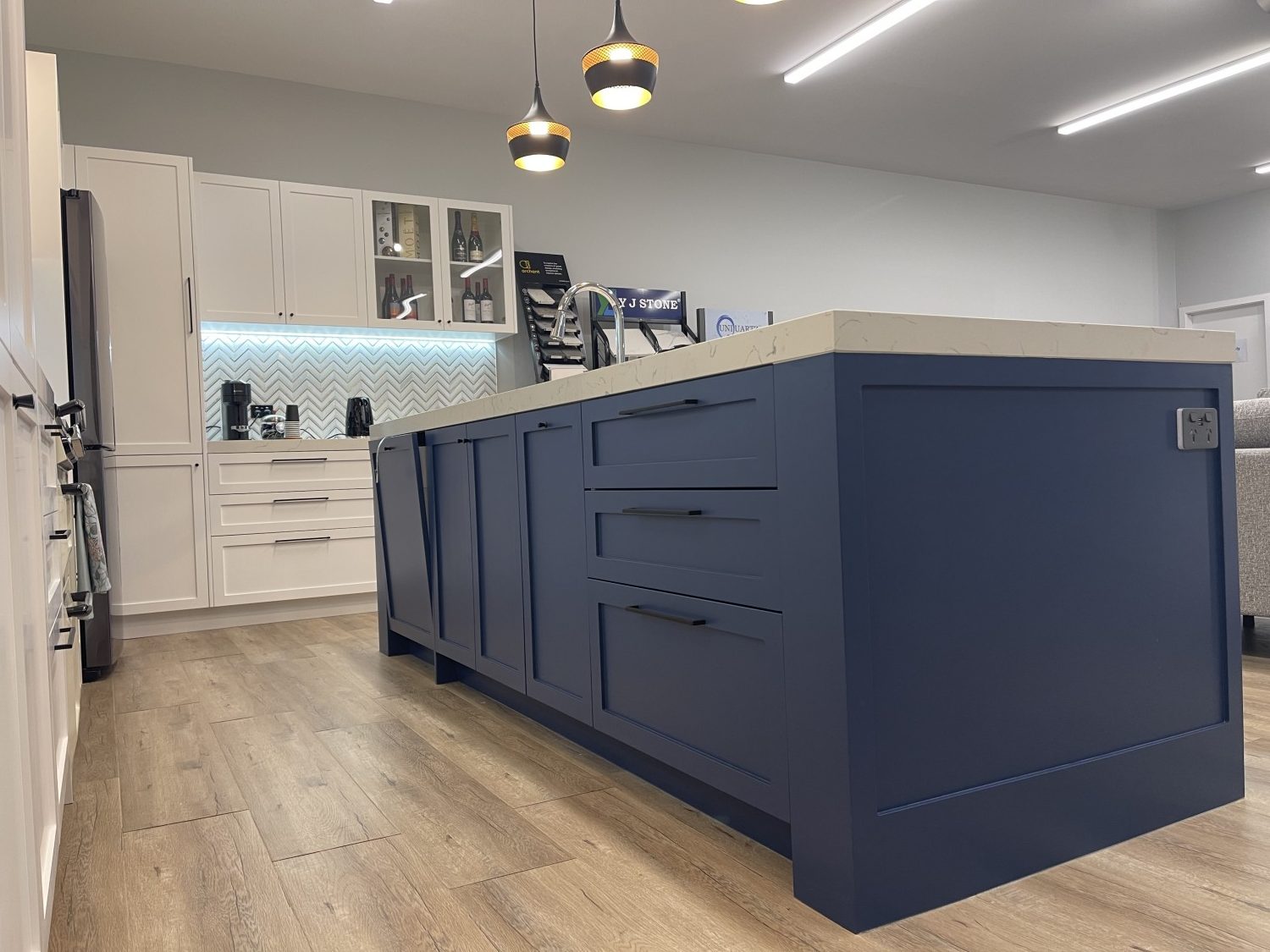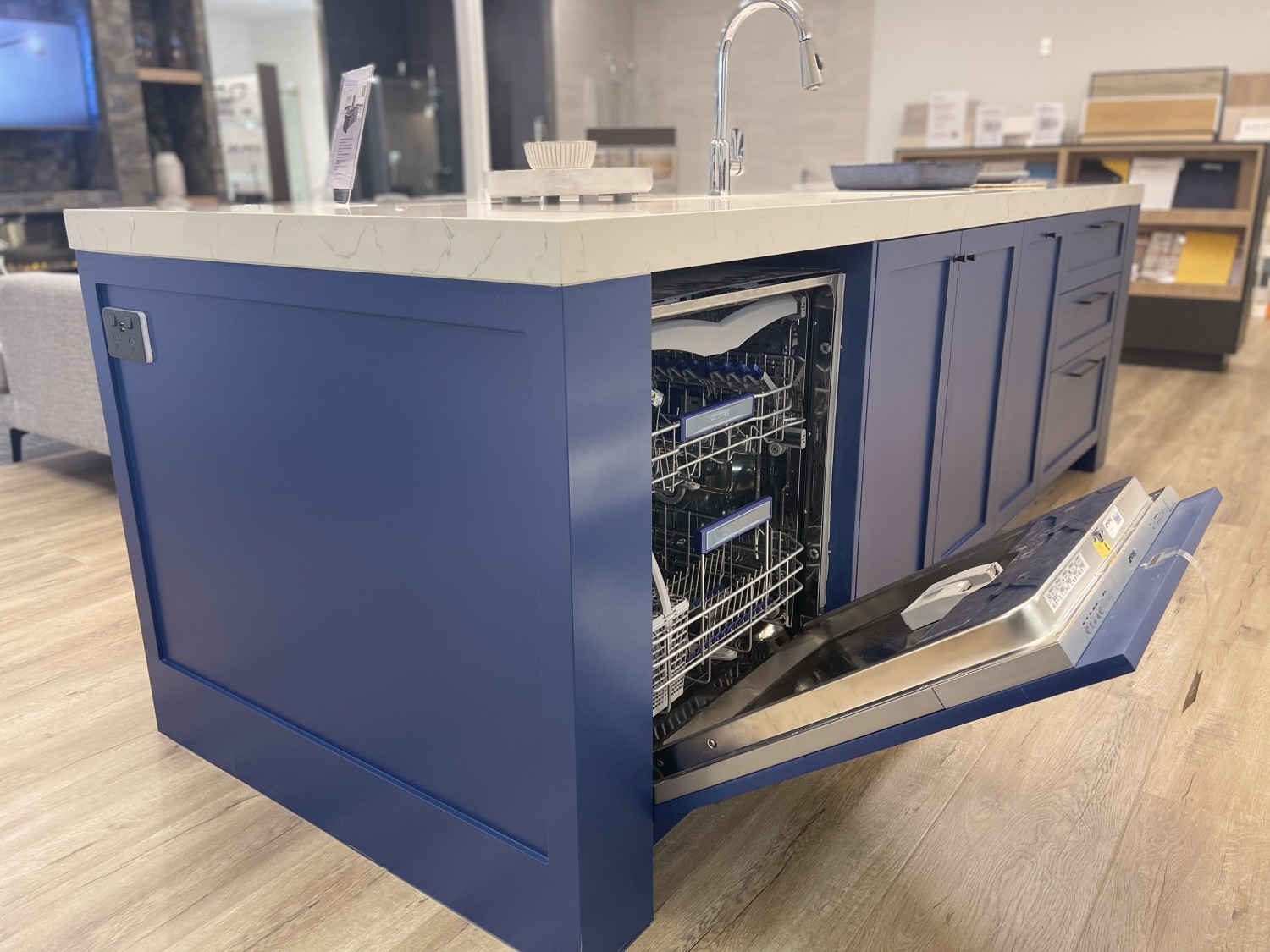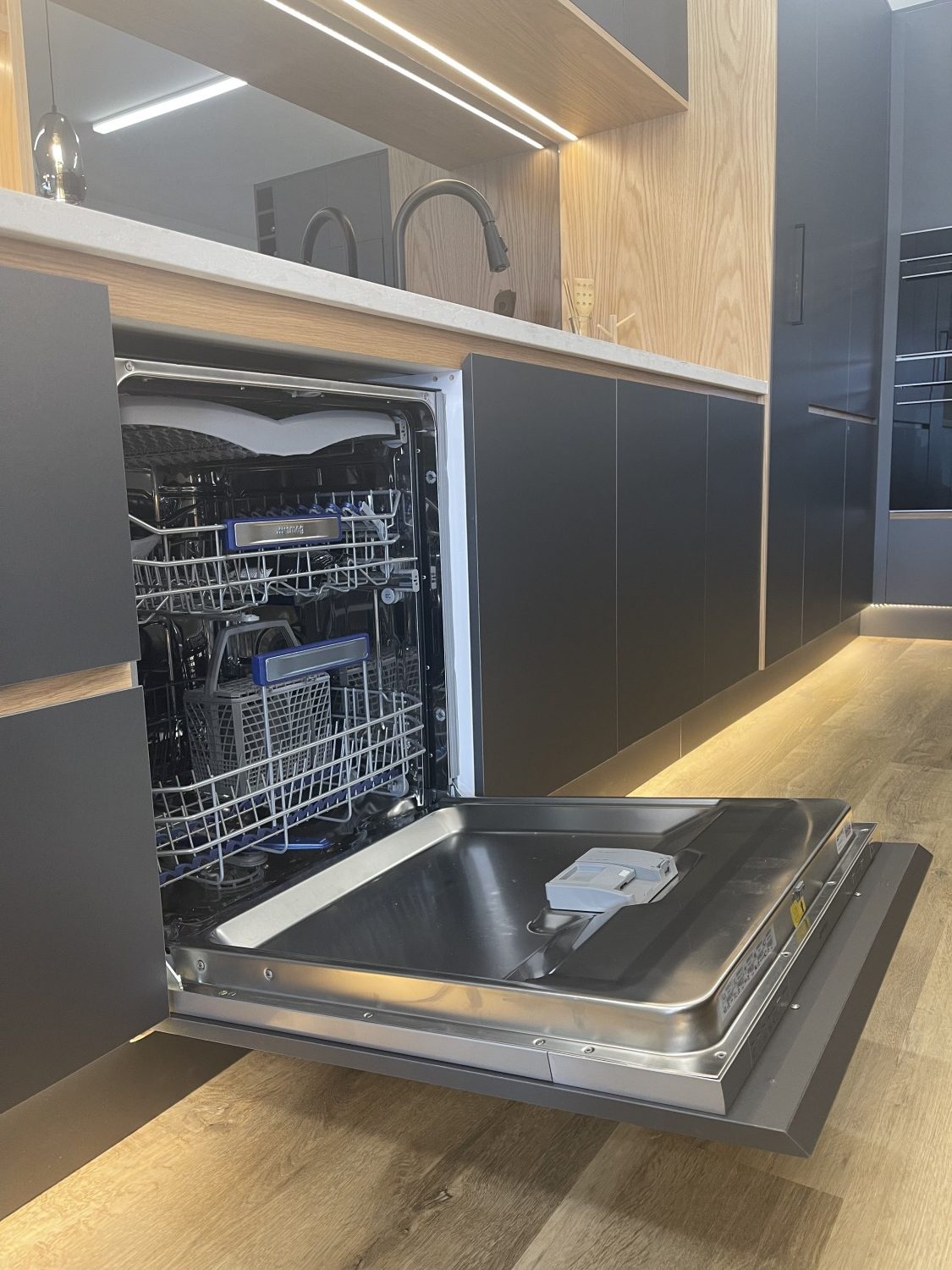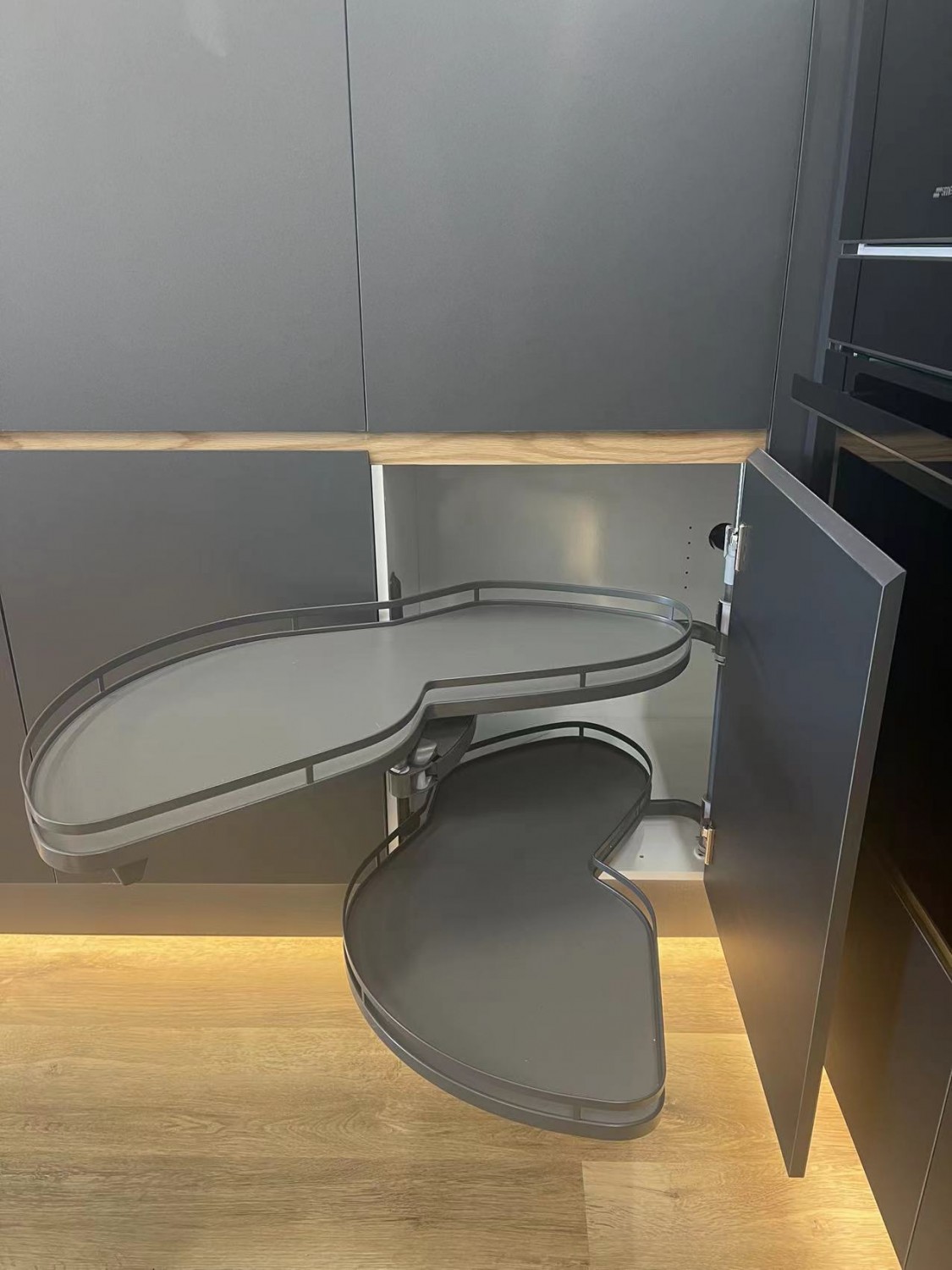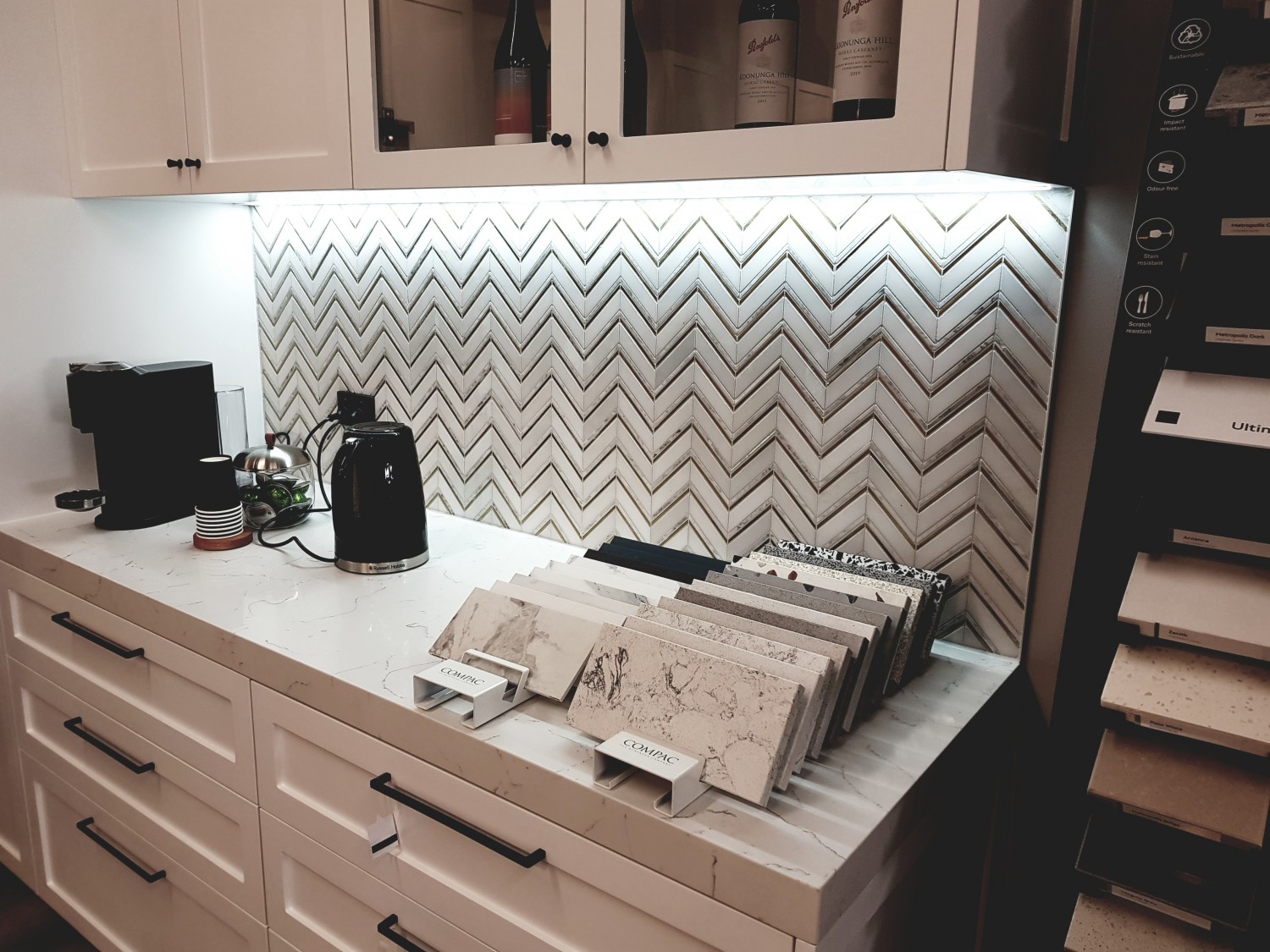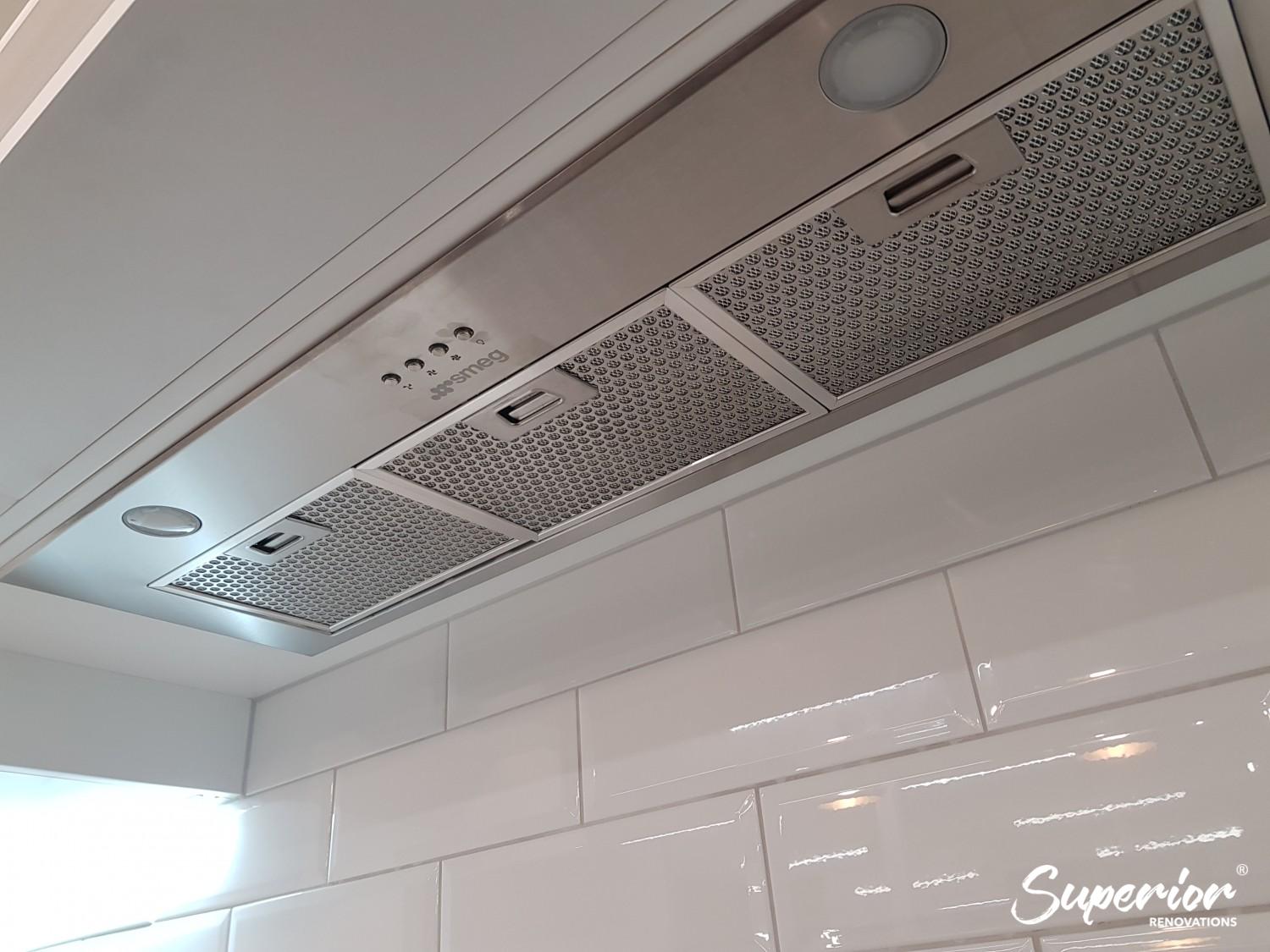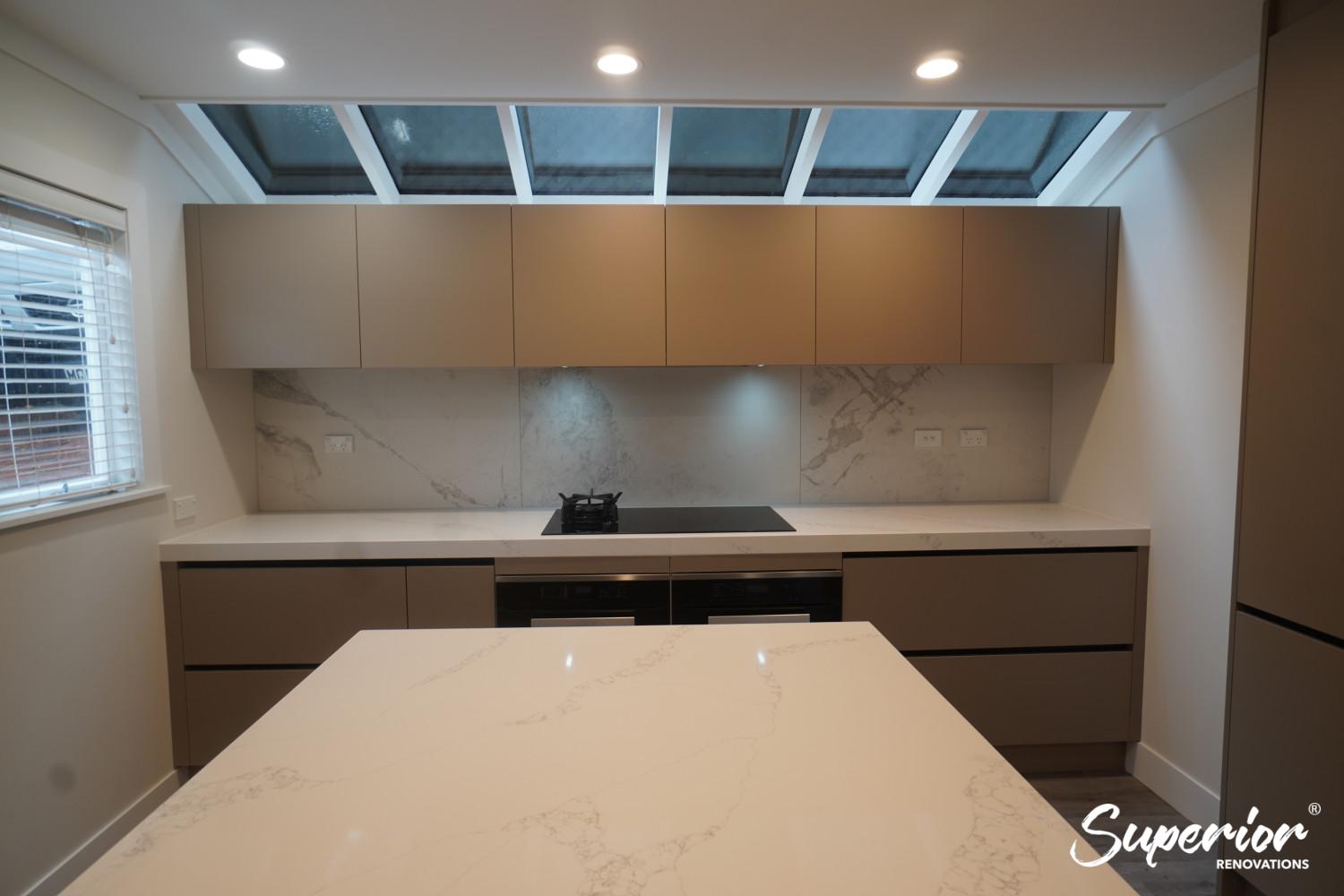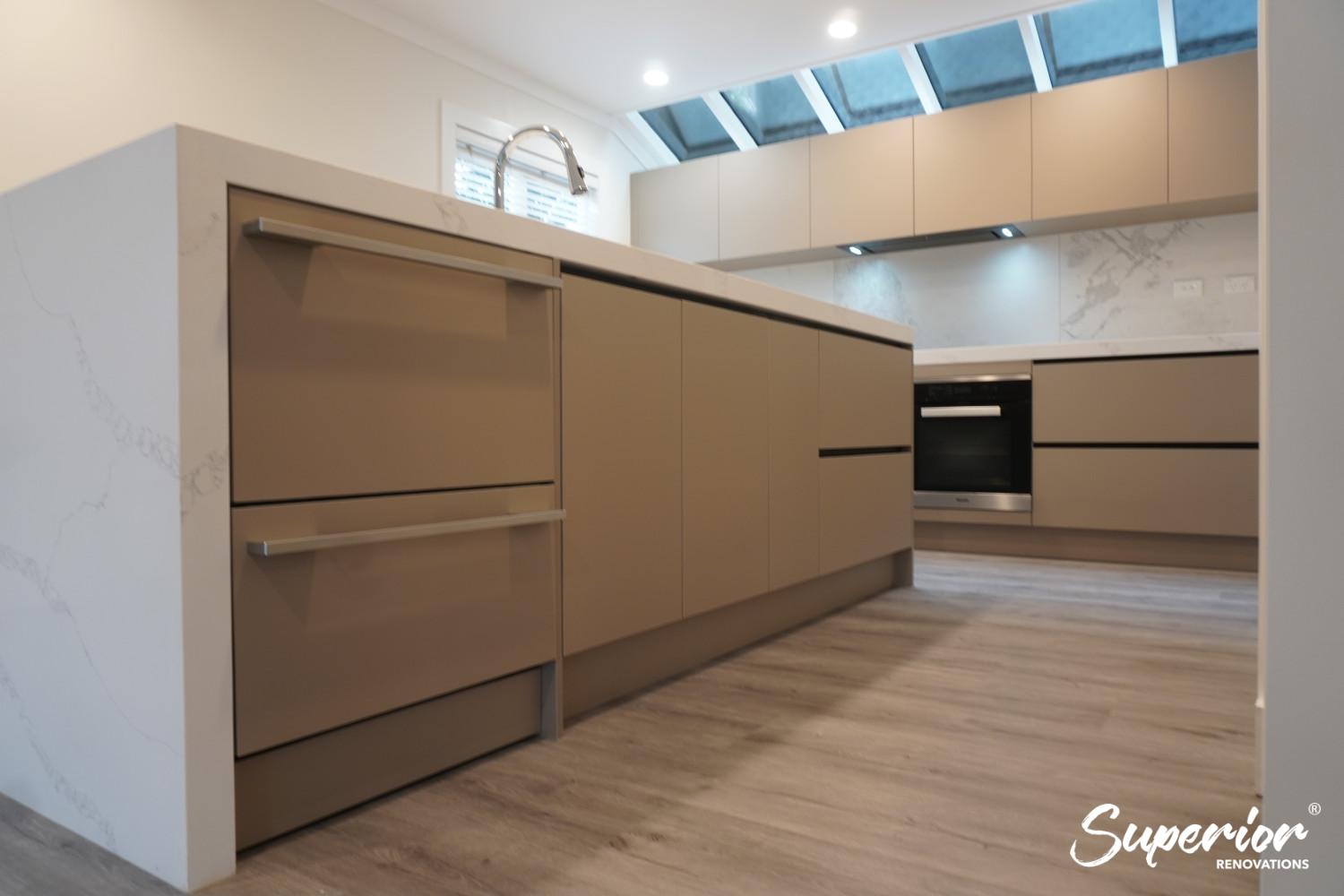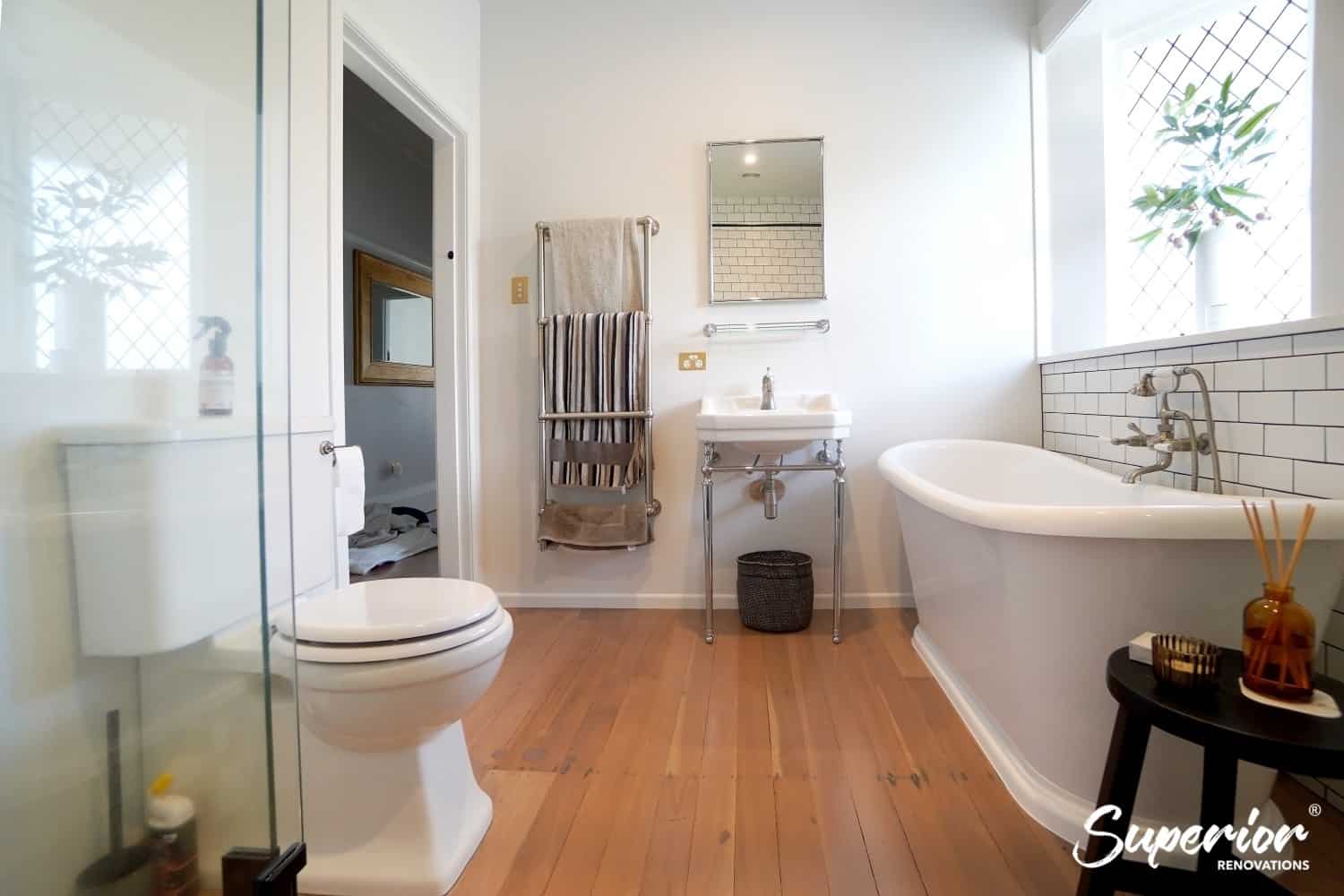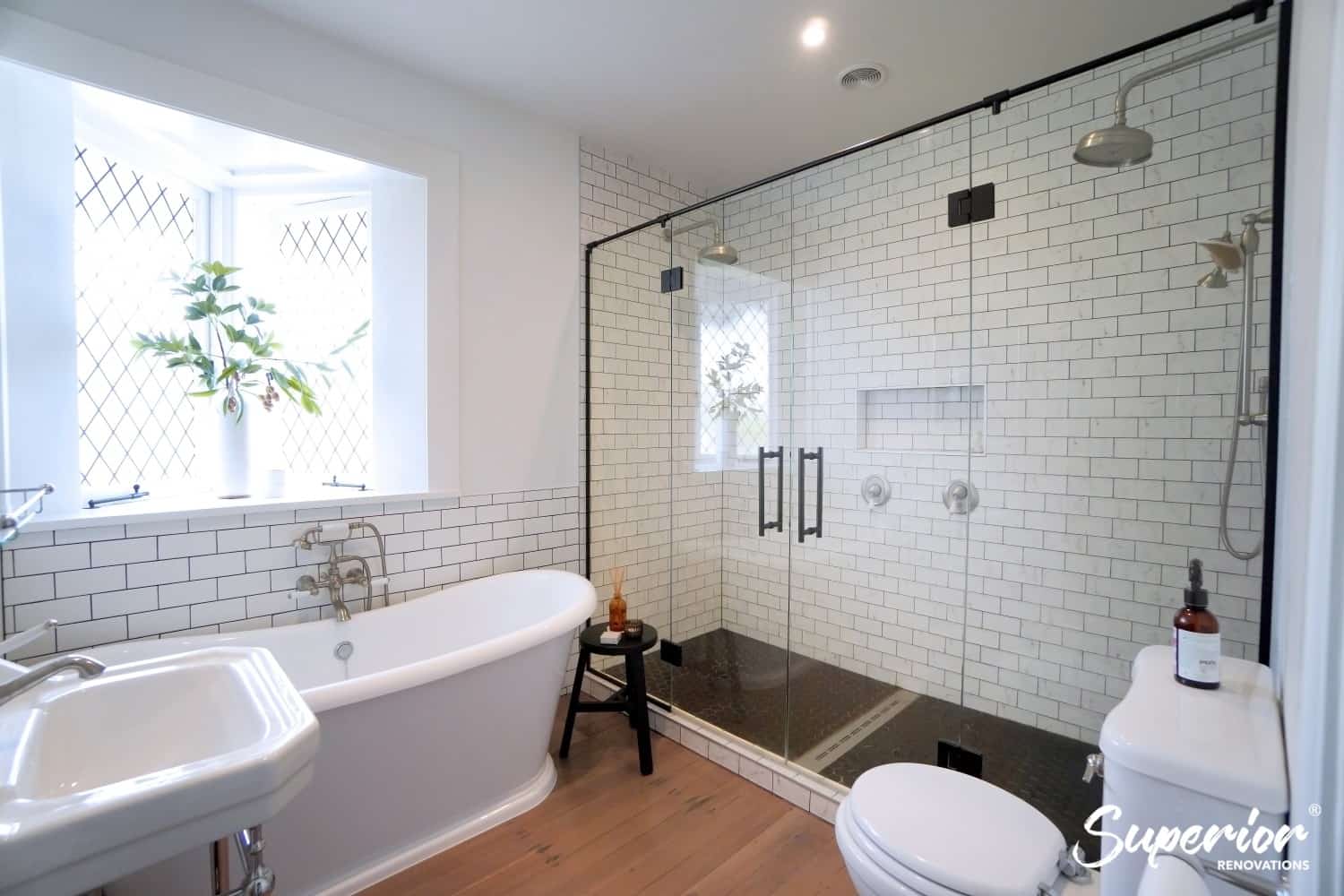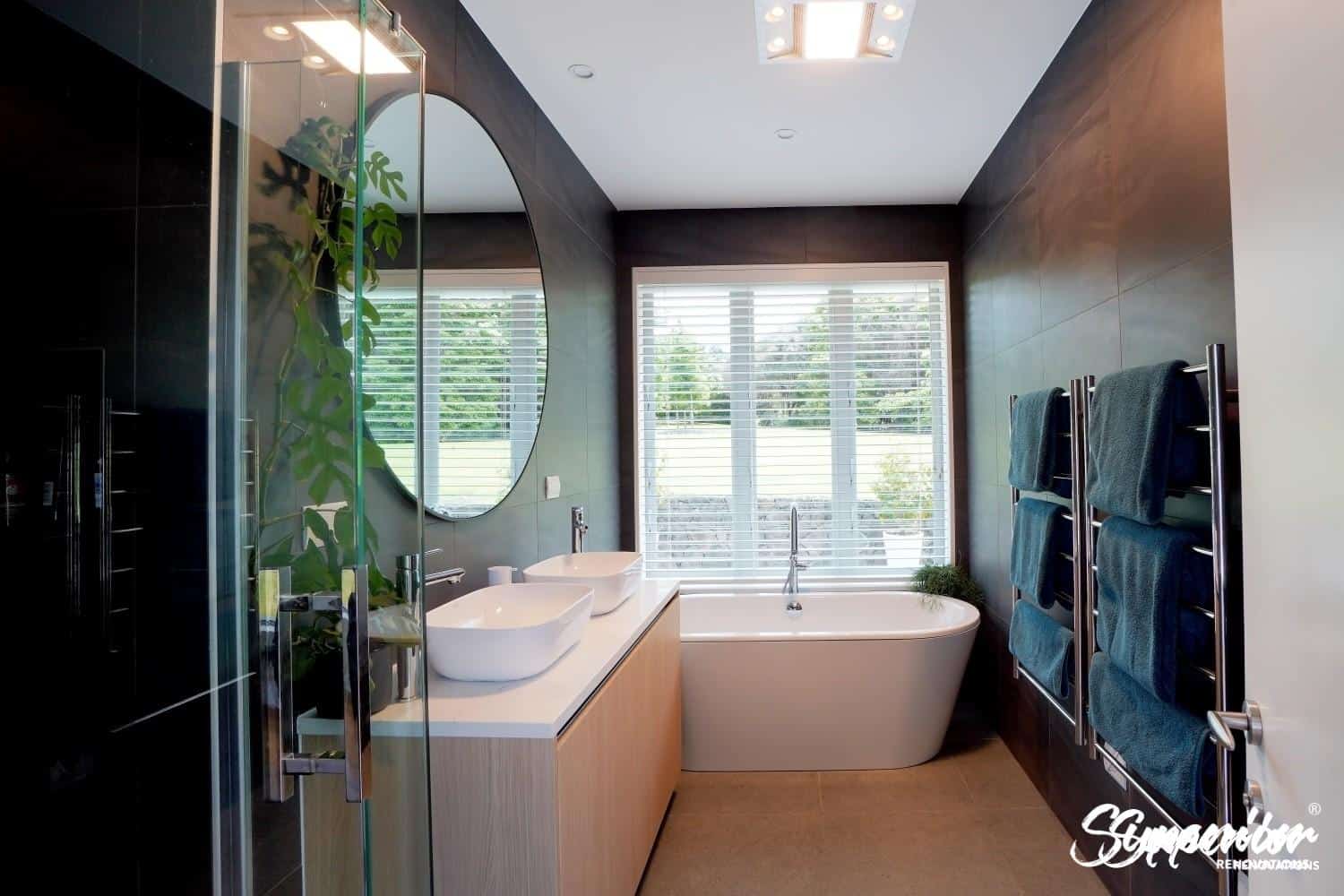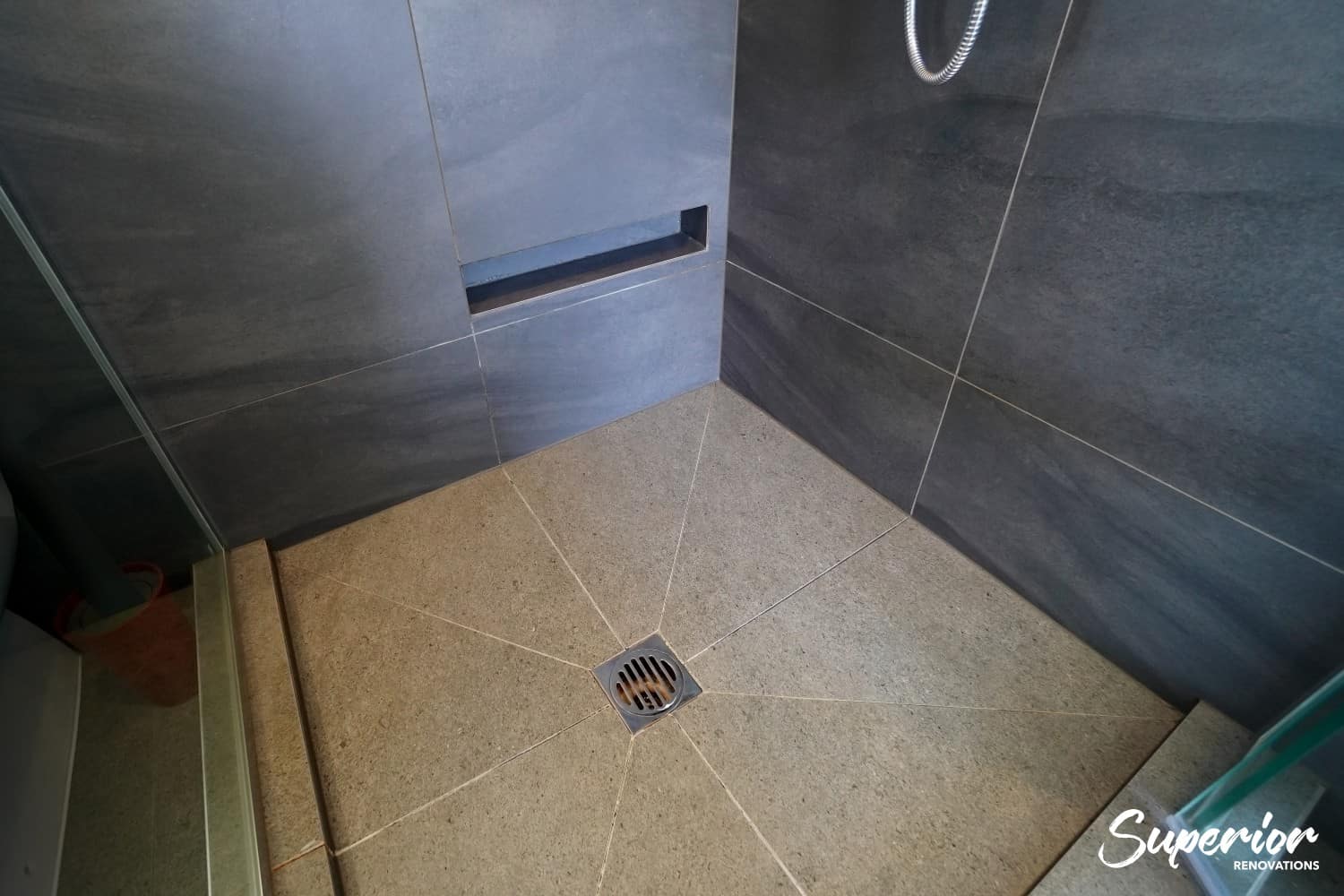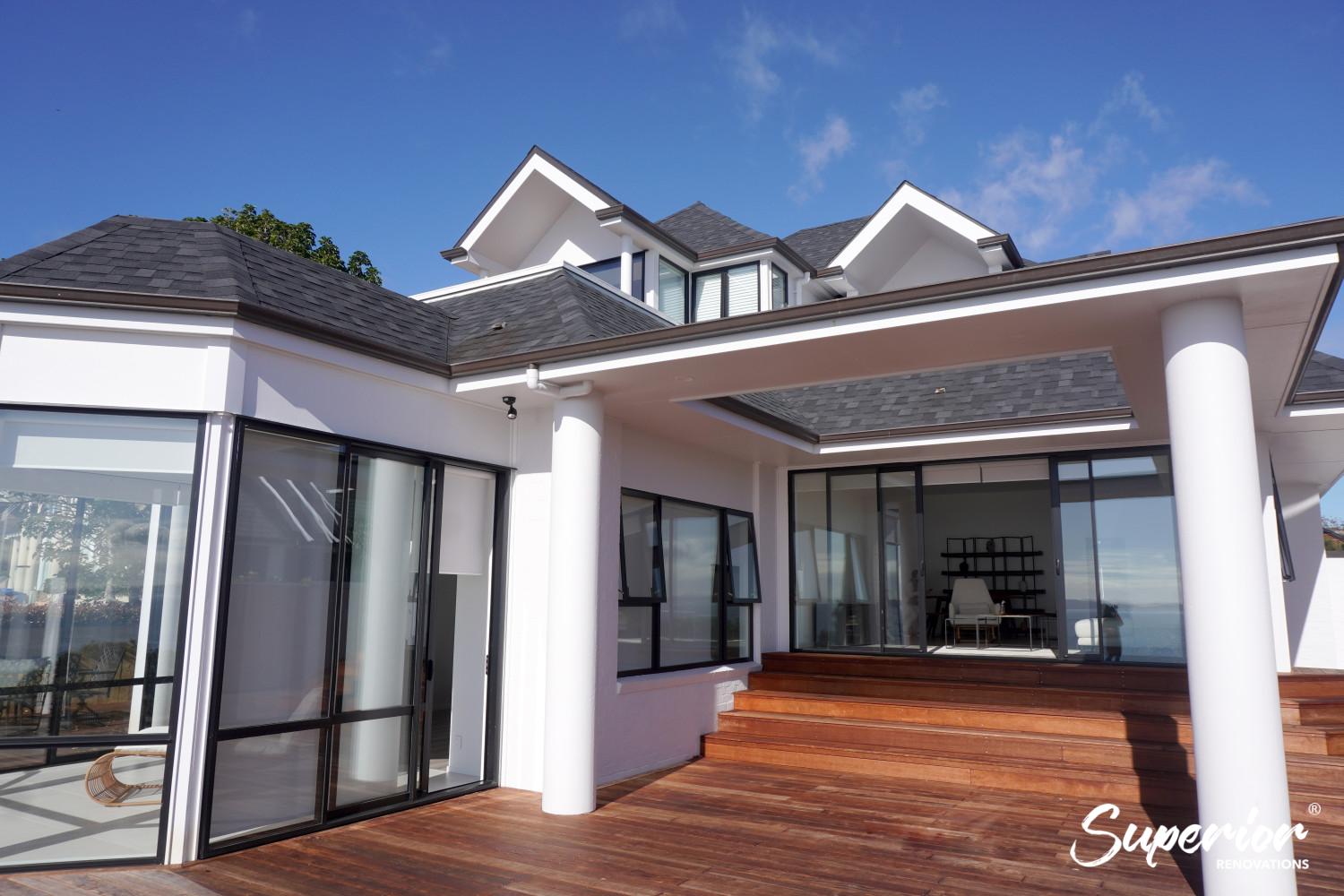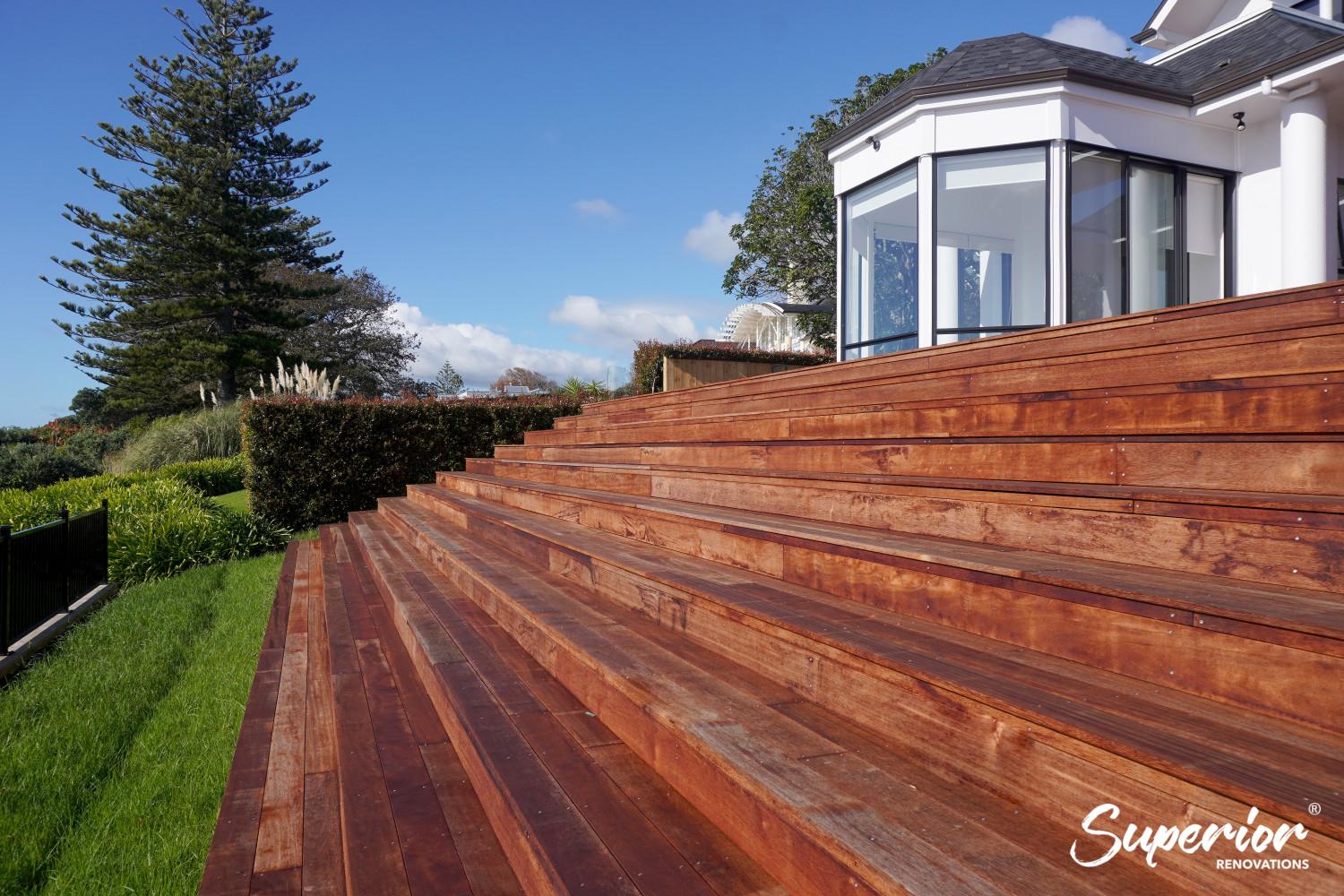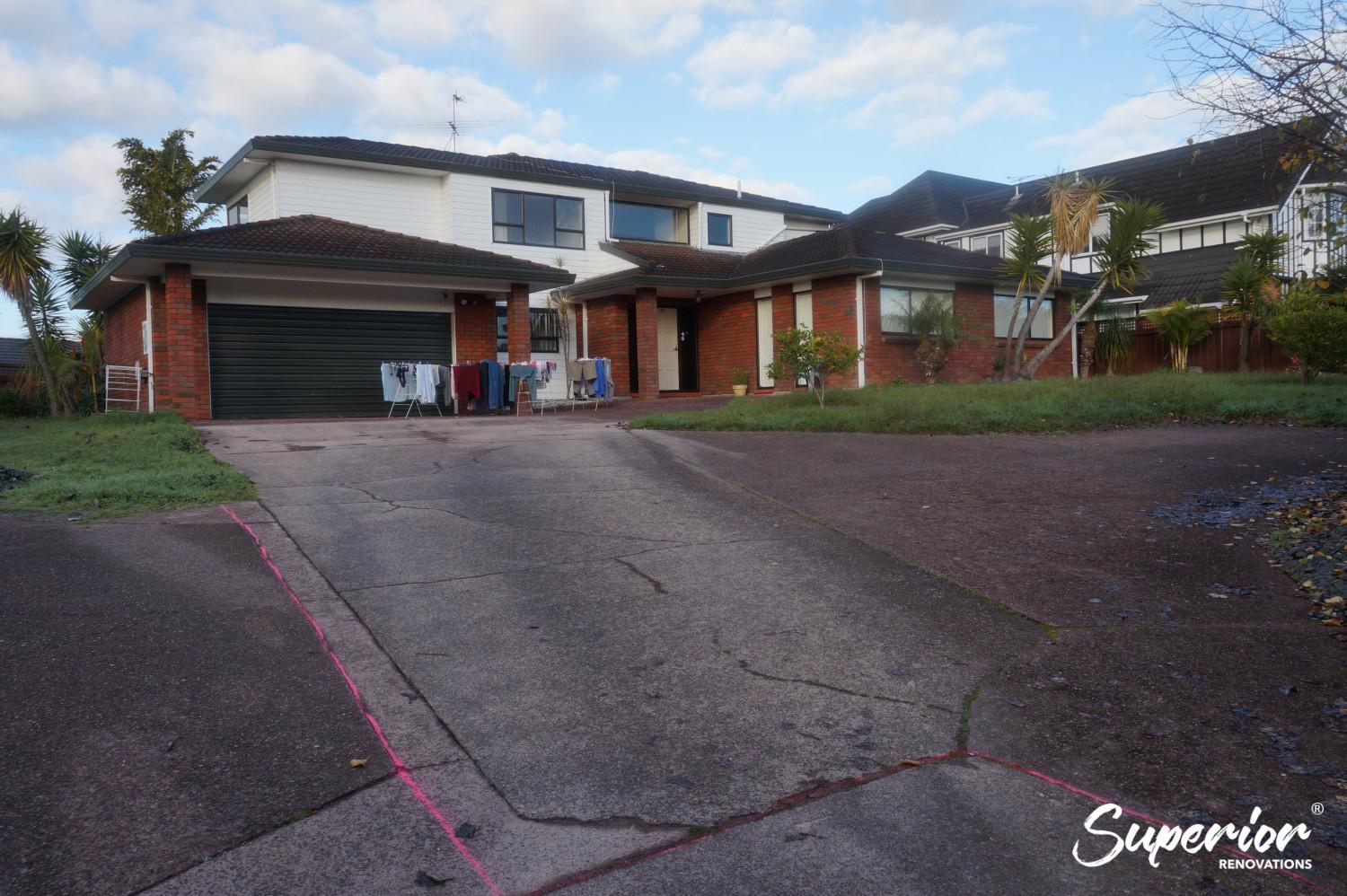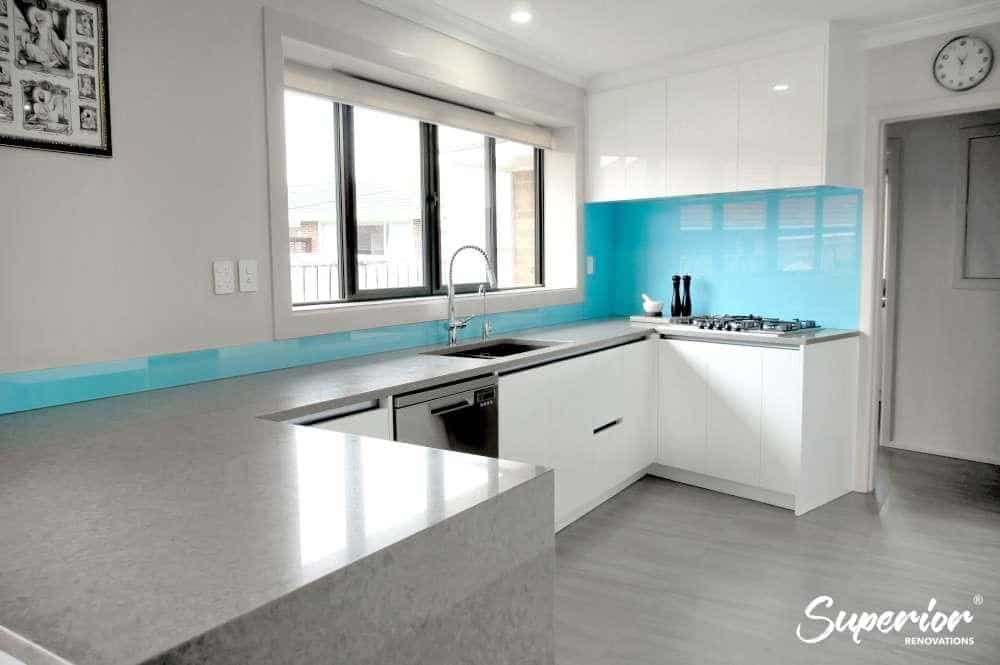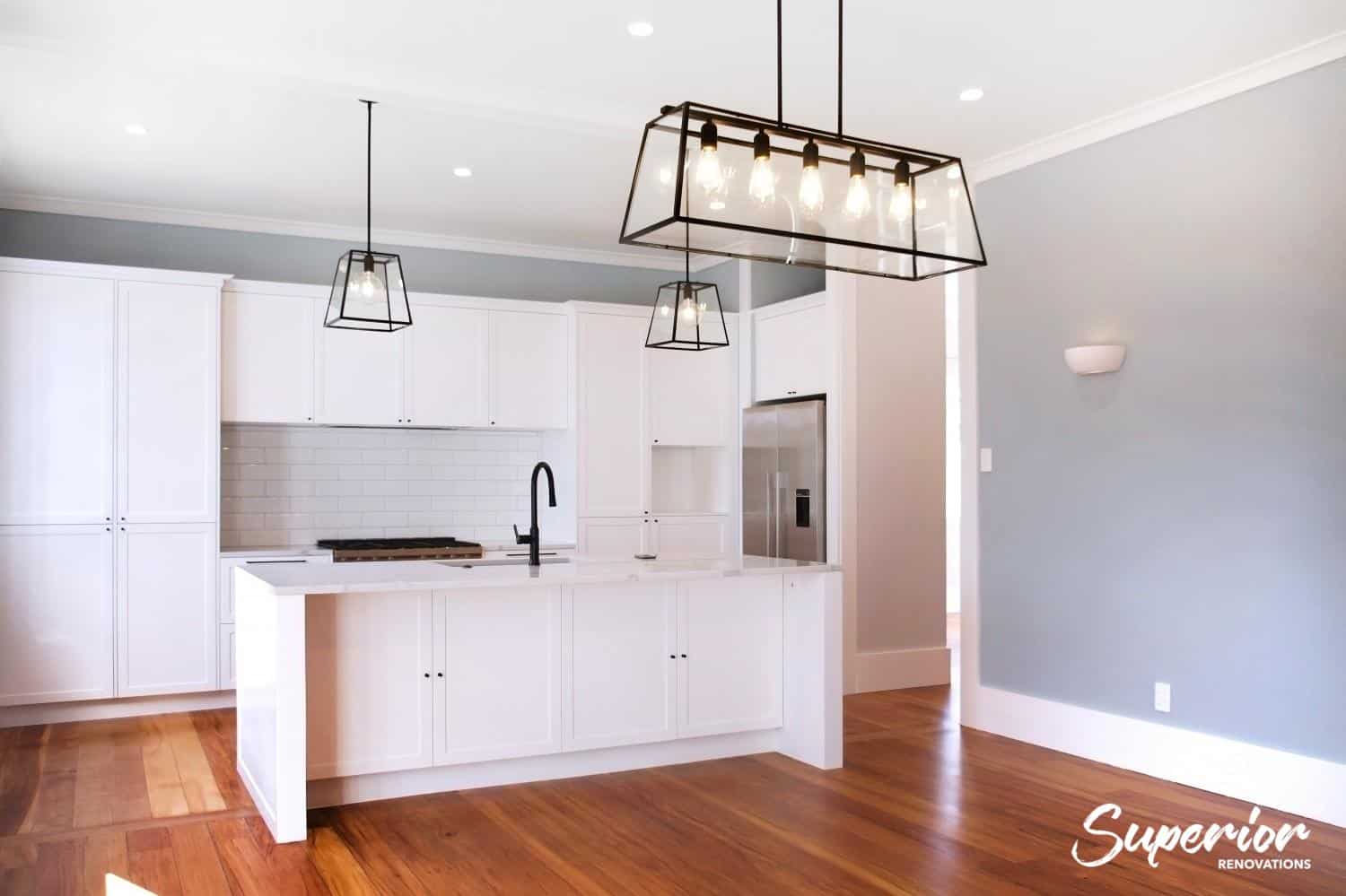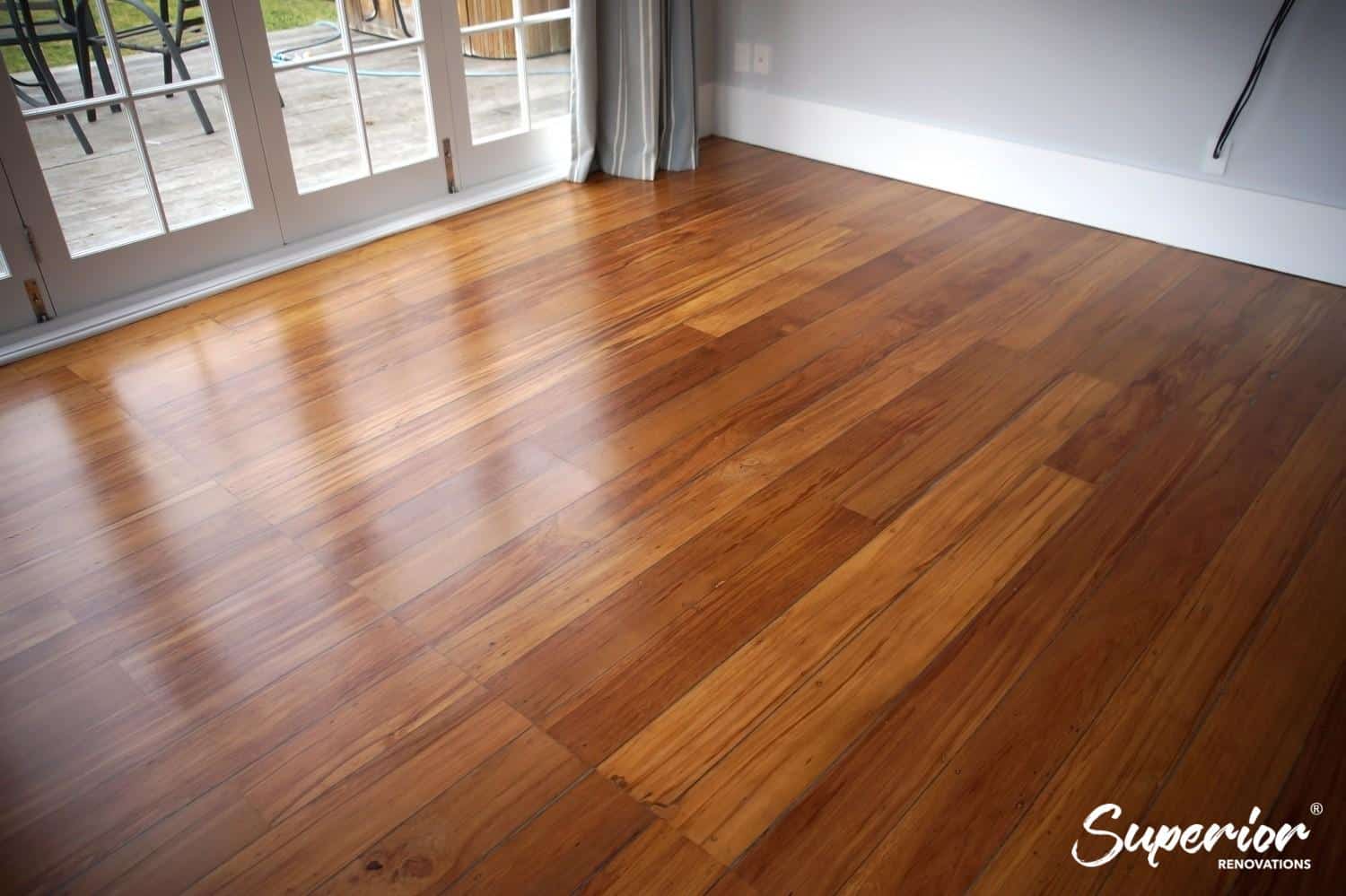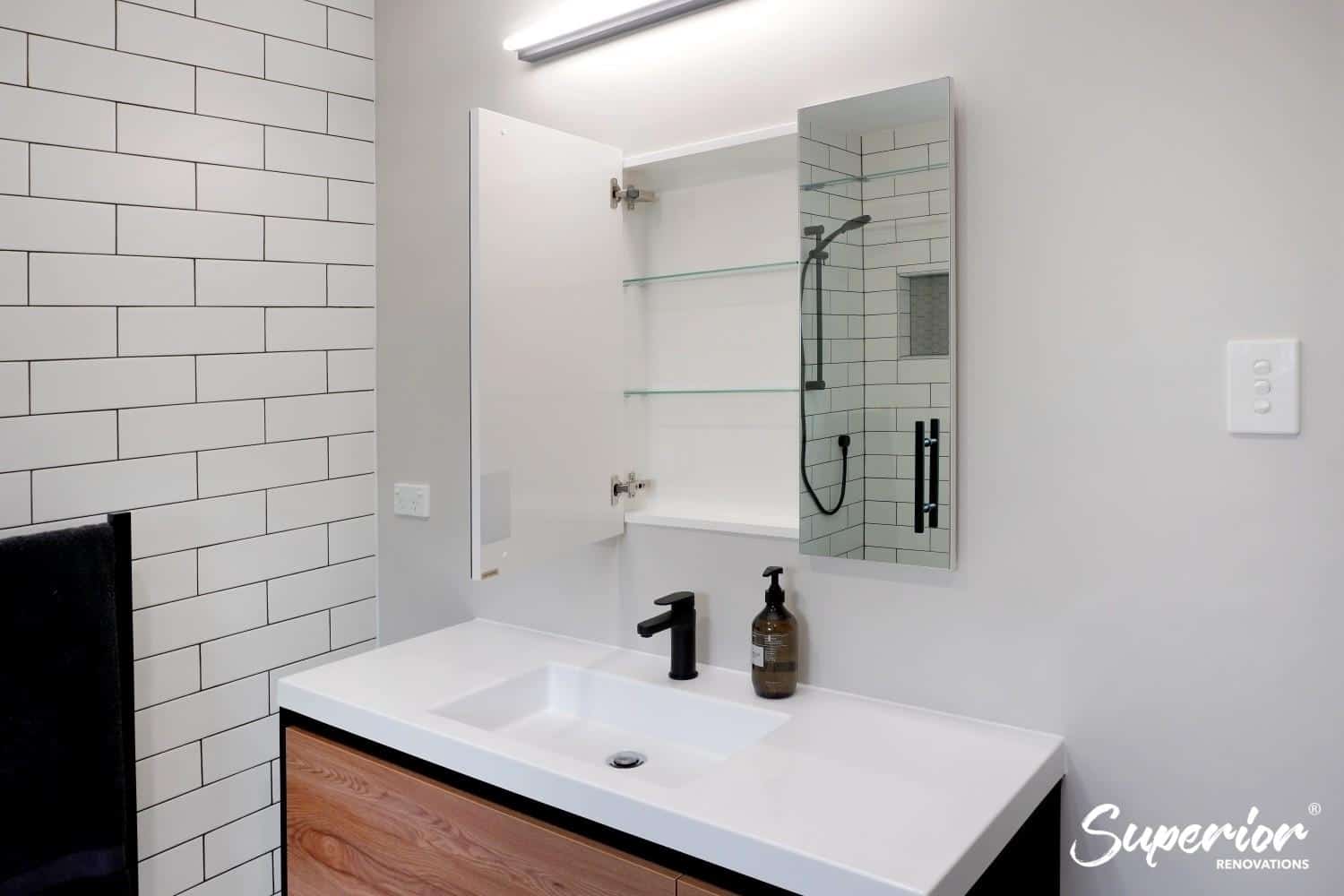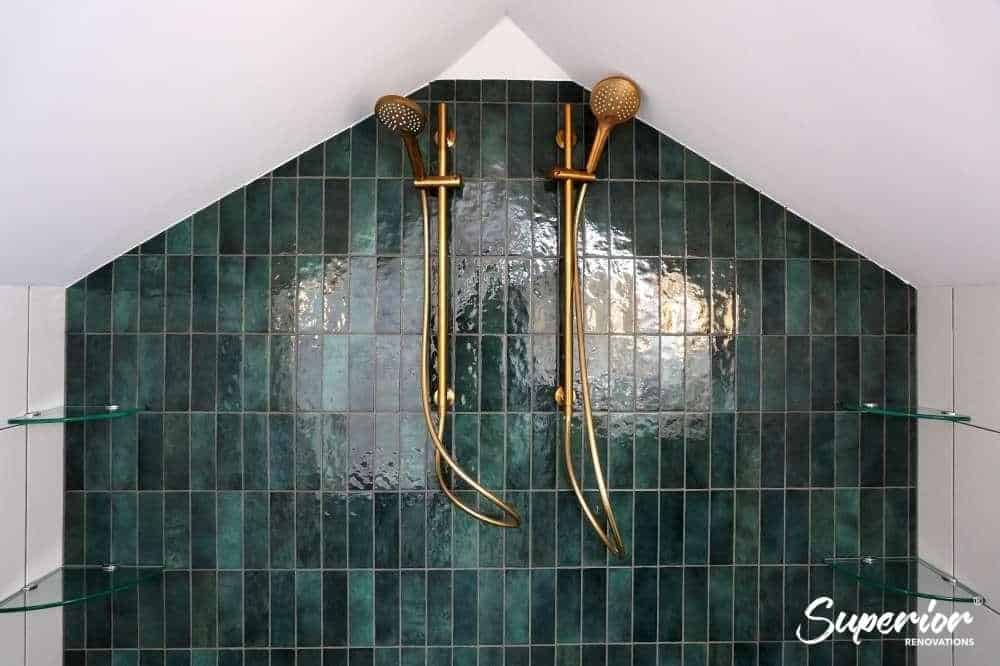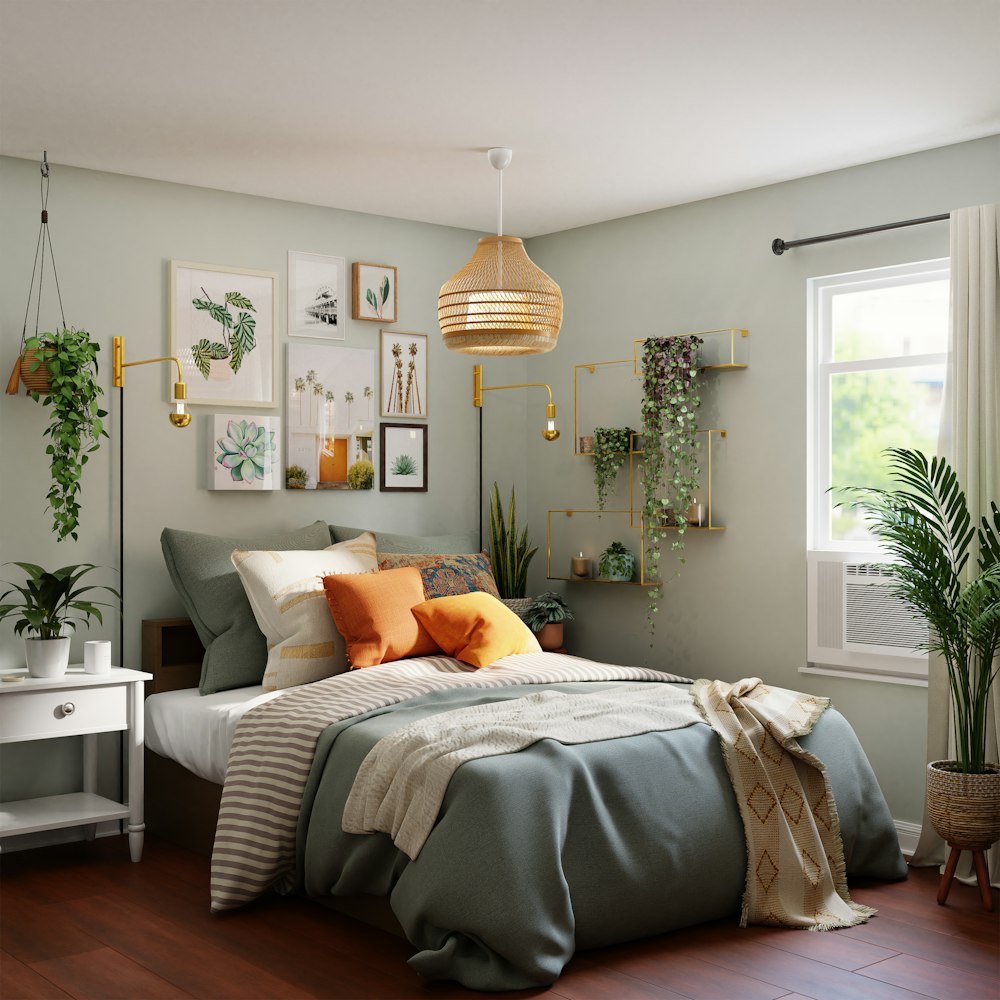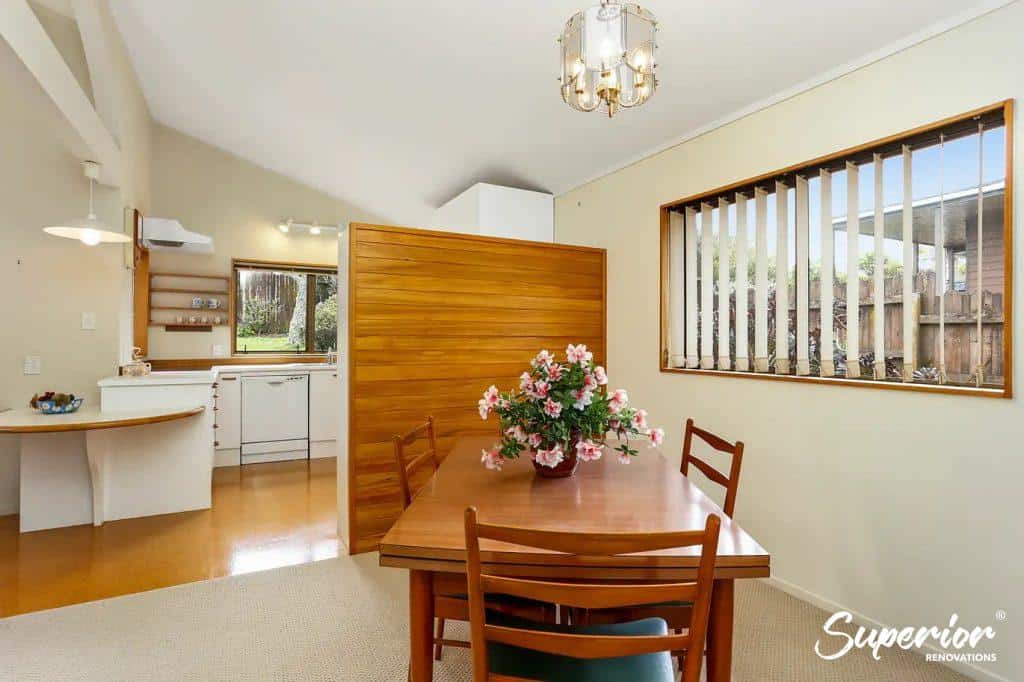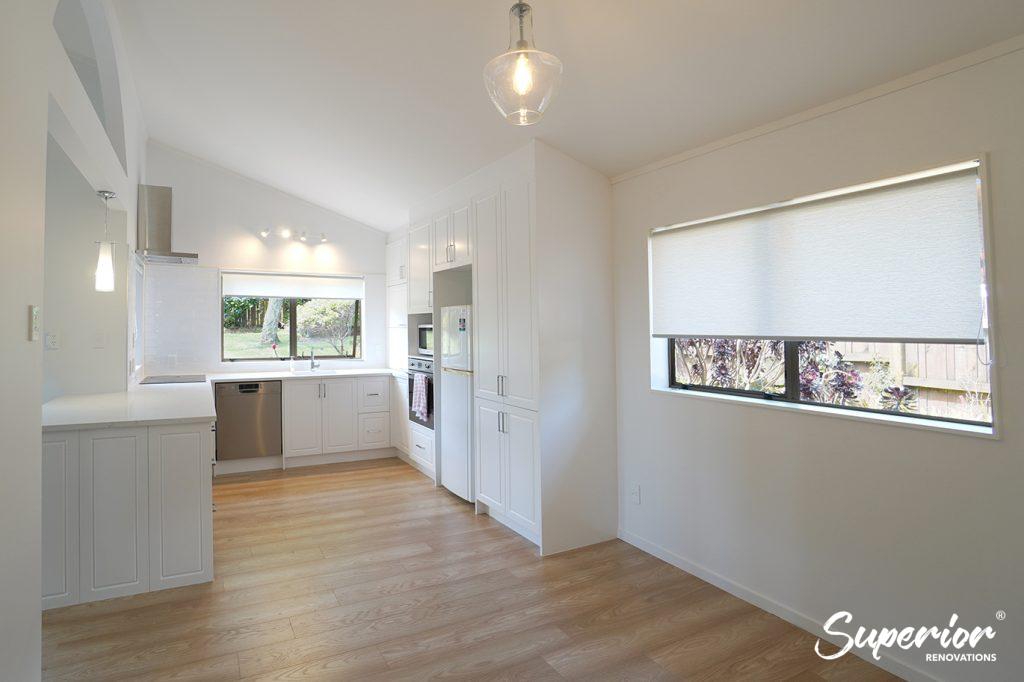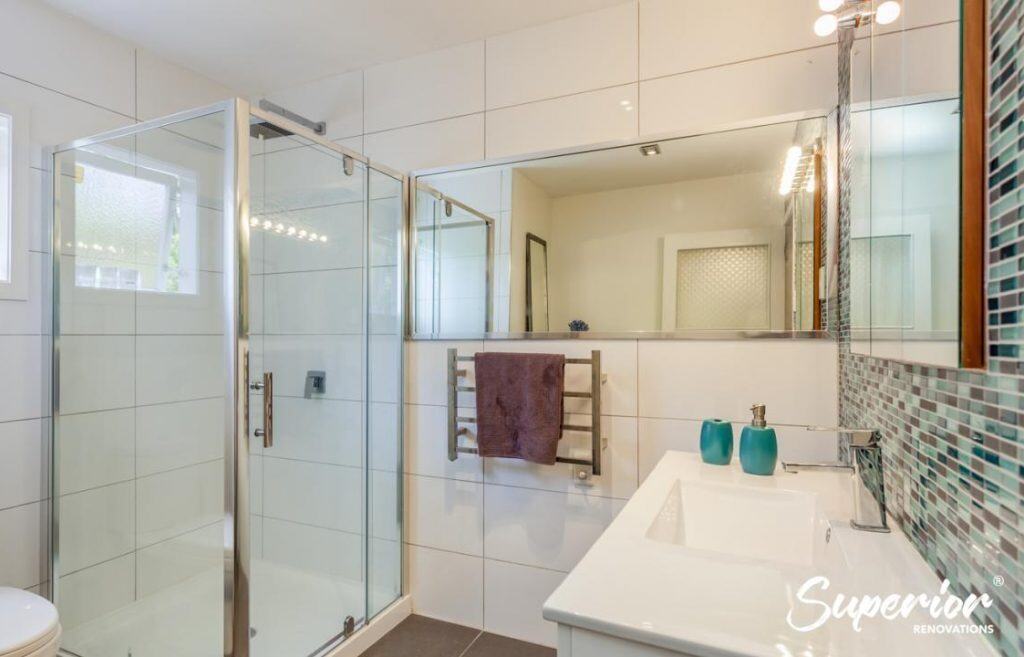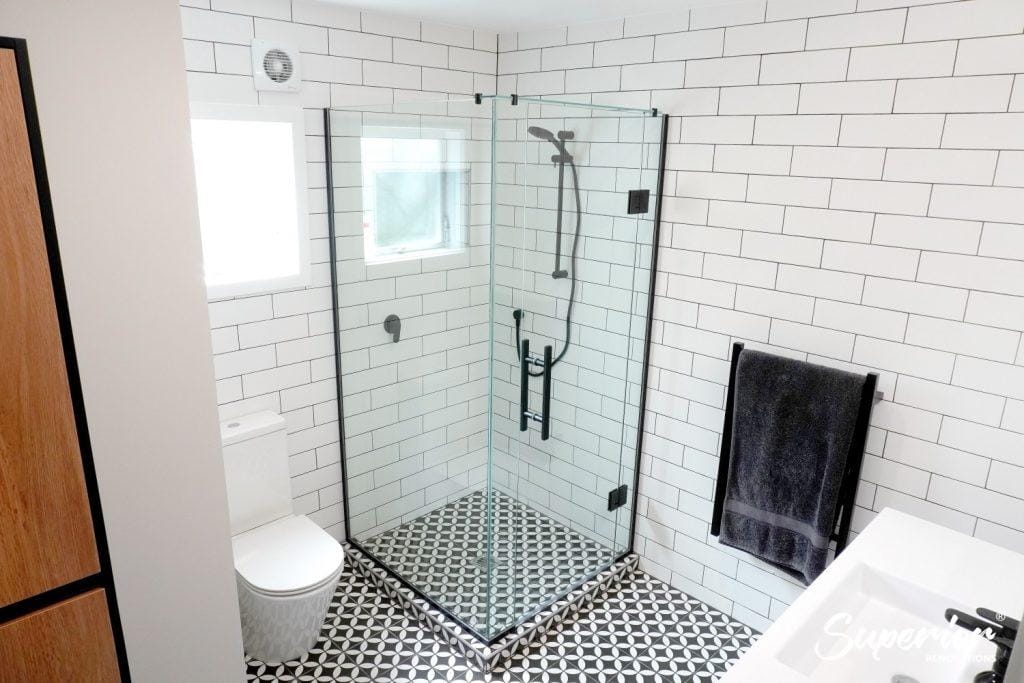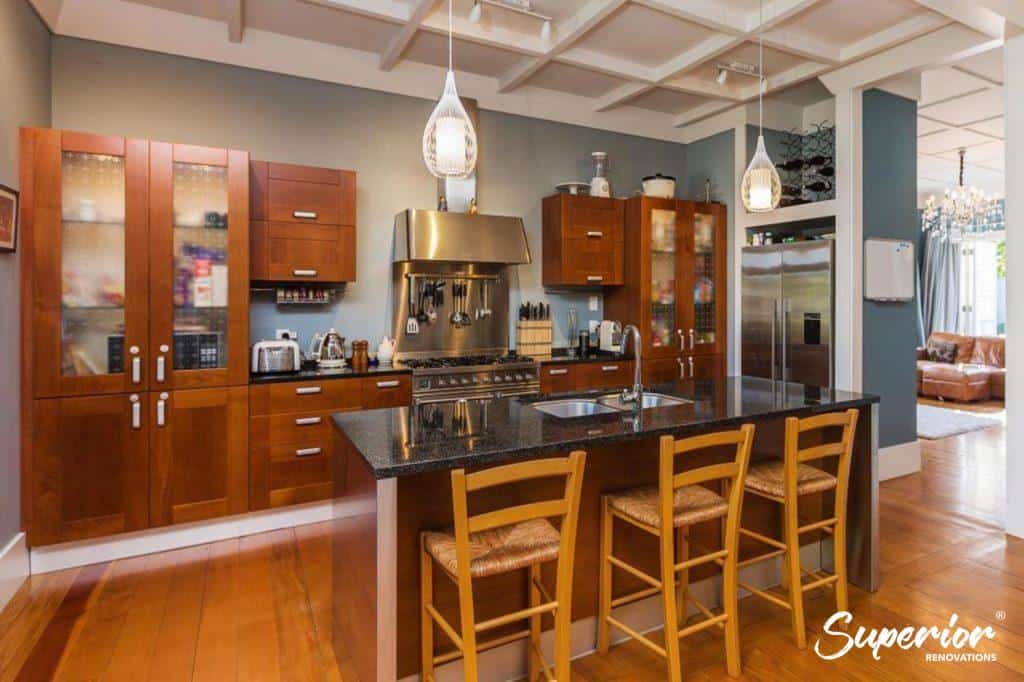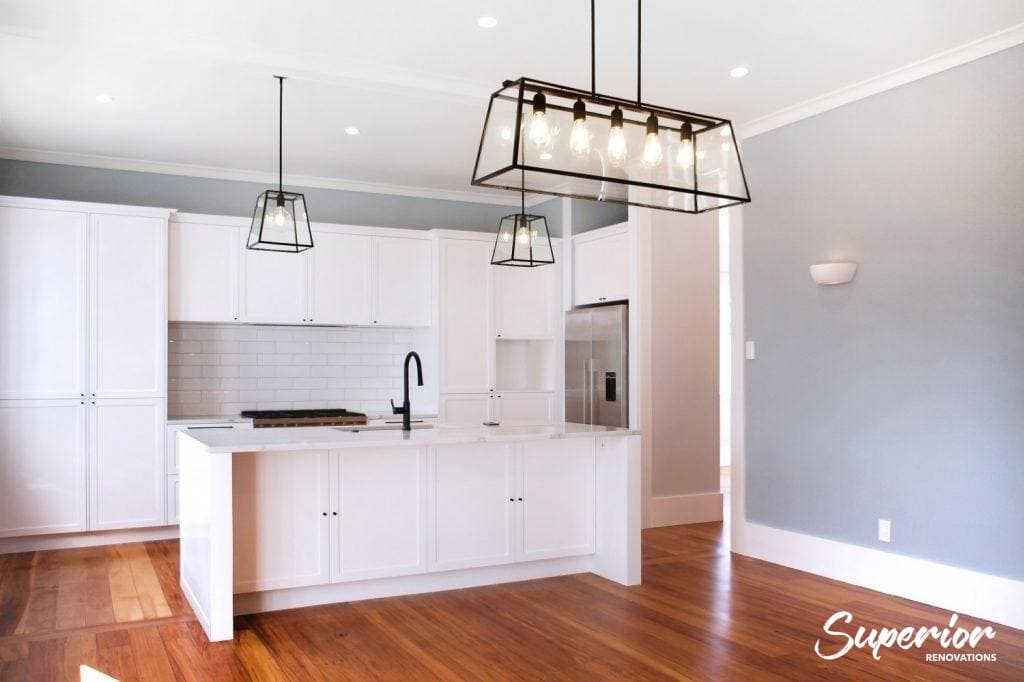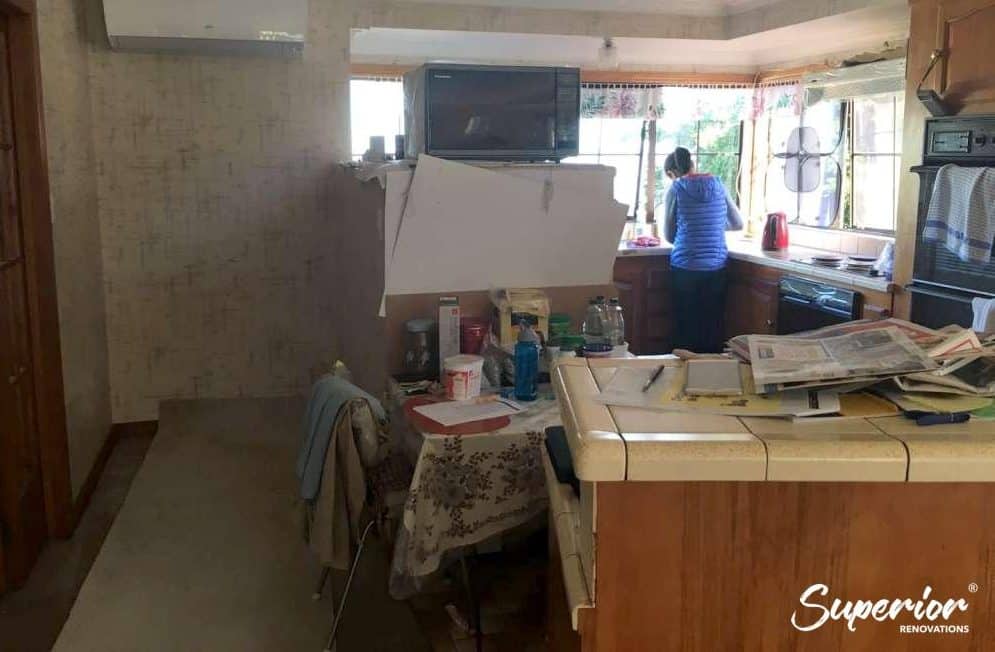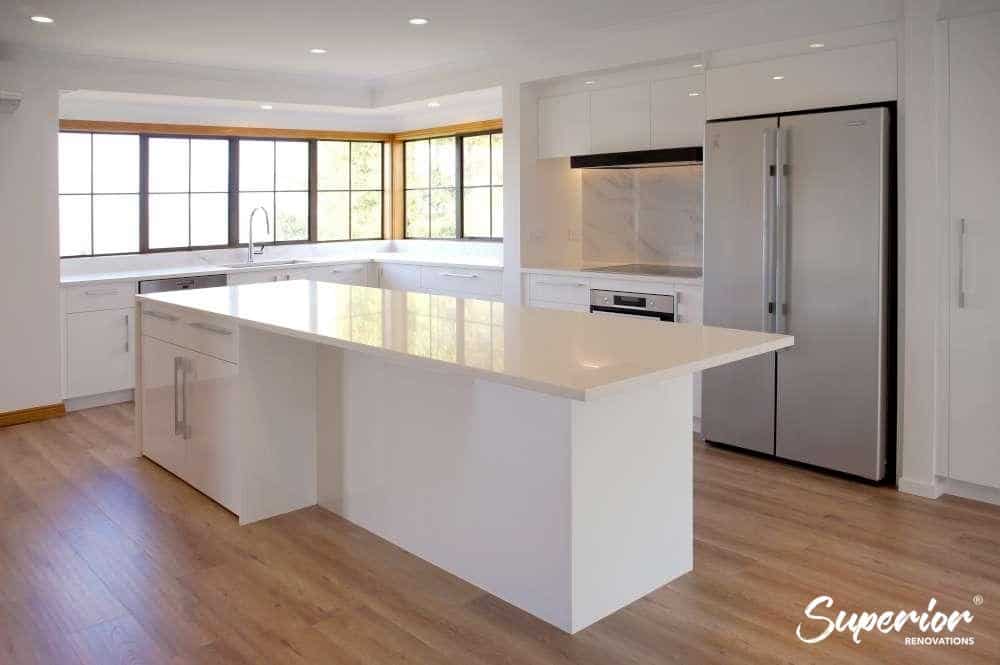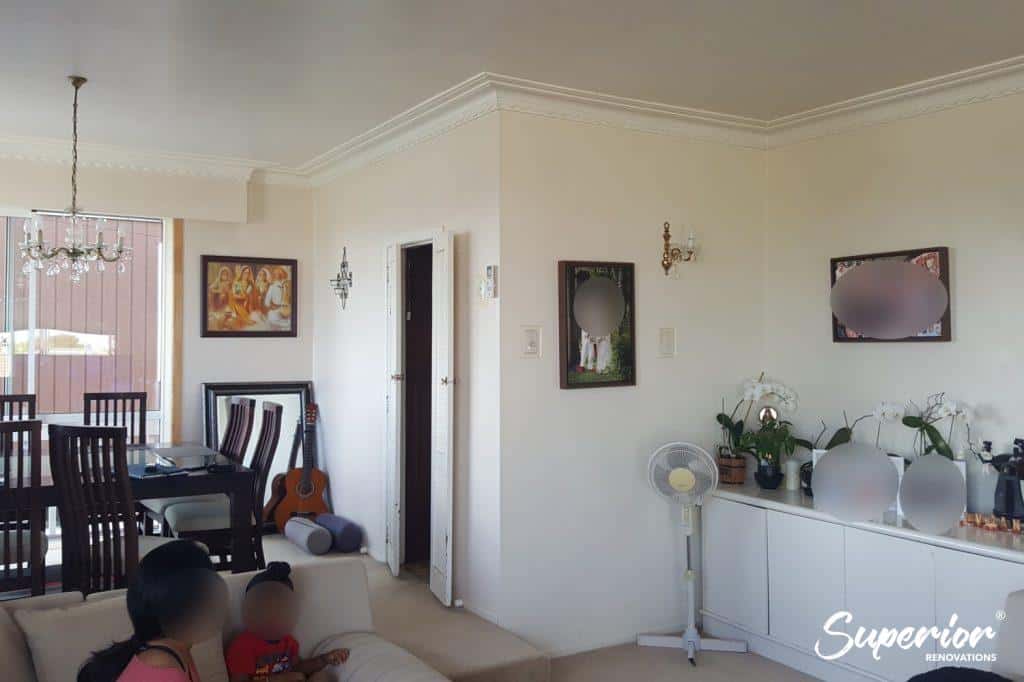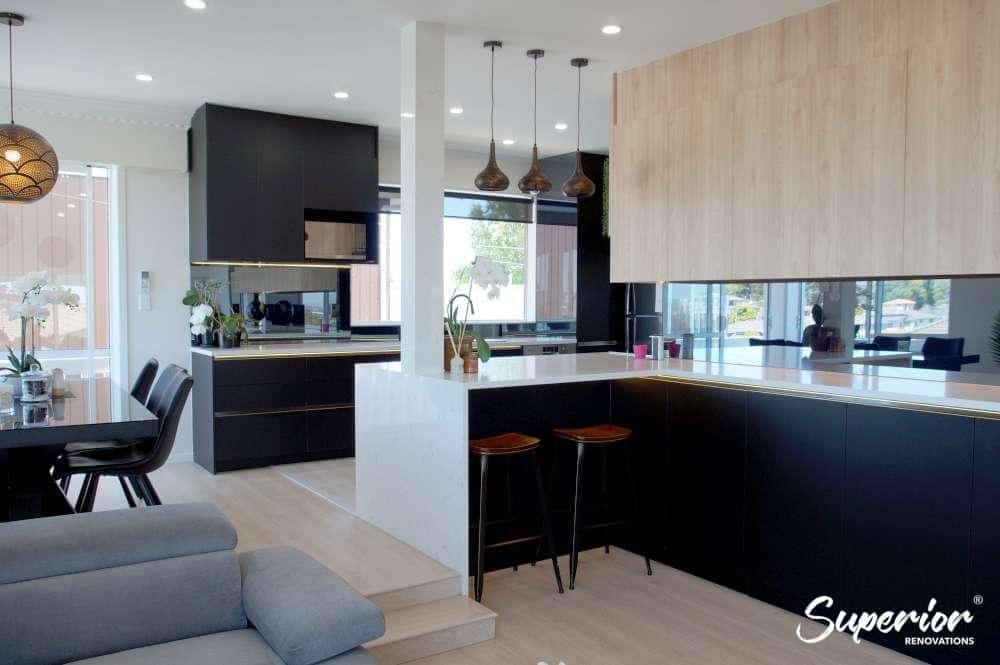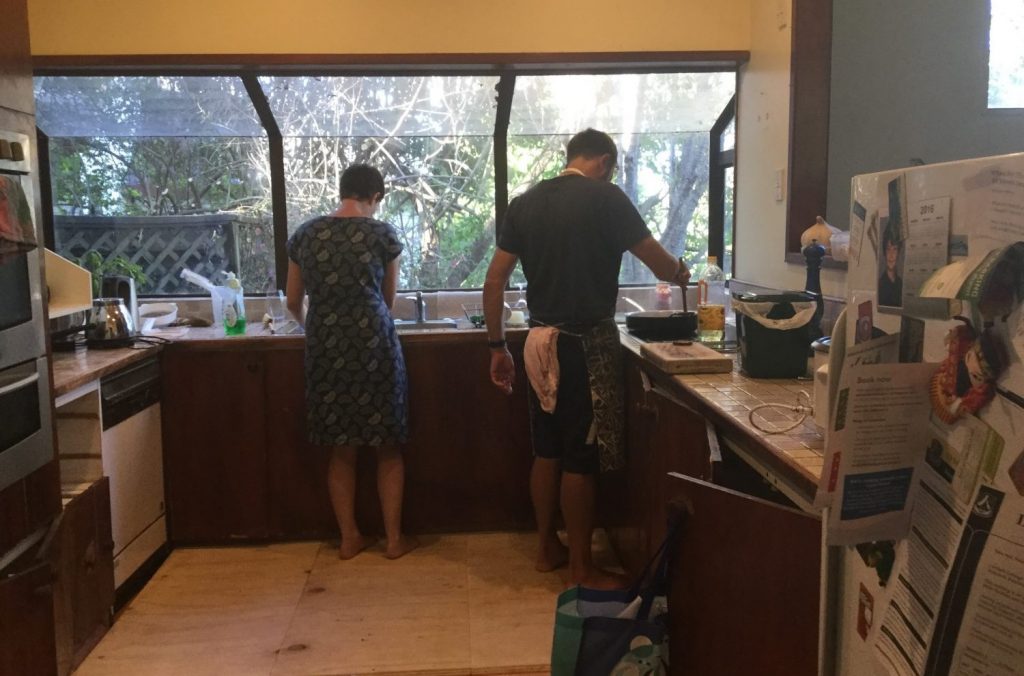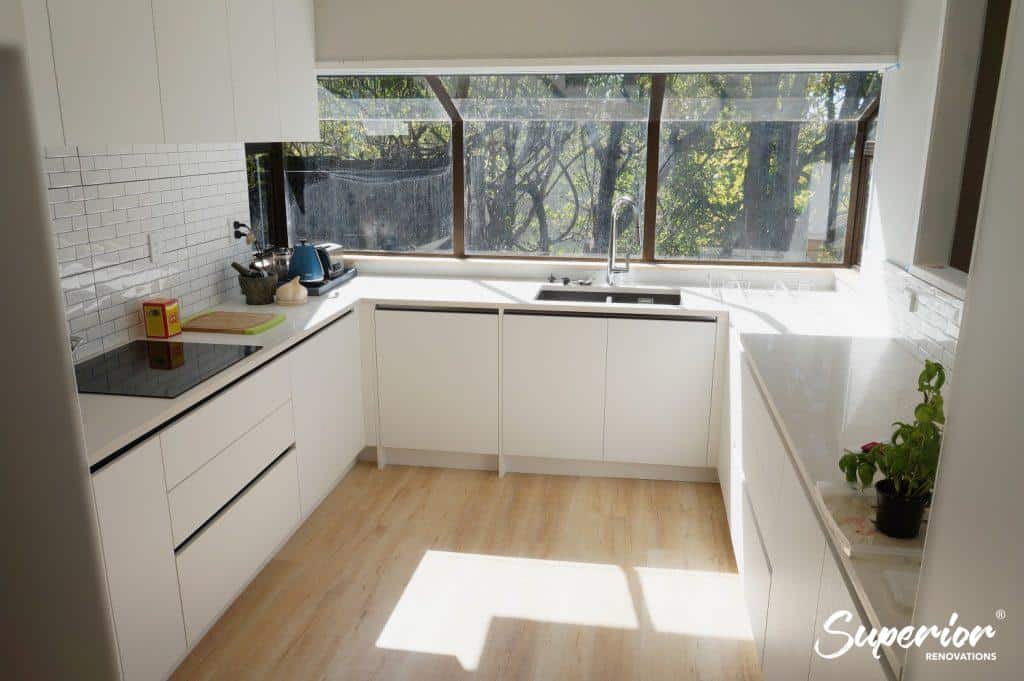Top 7 Renovation Ideas to Boost Auckland Home Value in 2025
Want to make your Auckland home irresistible to buyers while enhancing your lifestyle? In a city where property competition is fierce, strategic renovations can elevate your home’s appeal and deliver a strong return on investment (ROI). From modernizing kitchens to creating eco-friendly spaces, our top 7 renovation ideas for NZ homes are tailored to Auckland’s unique market, appealing to buyers in suburbs like Remuera, Ponsonby, or Papatoetoe. These projects—backed by industry insights from sources like Building Guide NZ—offer ROIs of 50–80%, ensuring you maximize value without overcapitalizing. Whether you’re planning to sell soon or simply want to enjoy a refreshed home, this guide explores high-impact renovations that blend functionality, style, and Auckland’s love for indoor-outdoor living and sustainability. Let’s dive into the best ways to transform your home and boost its resale value in 2025!
Why Renovate Your Auckland Home?
Auckland’s property market is dynamic, with buyers seeking homes that are move-in ready, stylish, and practical. Renovations like a sleek kitchen, a luxurious ensuite, or an energy-efficient upgrade can set your home apart, whether it’s a villa in Mt Eden or a family home in Henderson. According to Builder Connect NZ, well-planned renovations can increase home value by 5–15%, often recouping 60–80% of costs at resale. These upgrades also enhance your daily living, offering spaces that suit Auckland’s coastal climate and Kiwi lifestyle. Our curated list of renovations focuses on projects that deliver the best ROI for Auckland home improvements, ensuring your investment pays off.
“In Auckland, the right renovation doesn’t just transform your home—it transforms your sale price.”
Explore our home renovation ideas to discover inspiration for your next project.
If you’re looking for “specific” cost estimates, try our Renovation Cost Calculator Tools
- Bathroom Renovation Cost Calculator
- Kitchen Renovation Cost Calculator
- Reroofing Cost Calculator
- Double Glazing Cost Calculator
- House Extension Cost Calculator
- Custom Kitchen Cabinetry Cost Calculator
- New Laundry Cost Calculator
- New Pergola Cost Calculator
Are you planning on selling your house?
Here are some of our best renovation ideas to help you increase the resale value of your home.
So you’ve decided to take on a house renovation project? Great idea! Breathing new life into a place you call home, rescuing a rare period gem, or simply making your house more comfortable to live in can be incredibly rewarding. It’s also a great way to enhance the value of your property when it’s time to sell. Since major upgrades can come with significant costs, it’s helpful to know what exactly you can do to get the highest return on your investment.
Revamp Your Kitchen: The Ultimate Renovation for Boosting Auckland Home Value
Ready to transform your Auckland home and make it stand out in the competitive real estate market? A kitchen remodel is one of the smartest renovation ideas for New Zealand homes, especially when you’re aiming to increase resale value. The kitchen is the heart of any Kiwi home—where families gather, meals are shared, and memories are made. But beyond its emotional pull, a well-executed kitchen renovation delivers one of the highest returns on investment (ROI) for homeowners in Auckland, often recouping up to 80% of the cost when it’s time to sell. Let’s dive into why a kitchen remodel is a game-changer, how to maximize its value, and what you need to know to make it work for your home.
Why a Kitchen Remodel Adds the Most Value
In Auckland’s bustling property market, buyers are drawn to homes that feel modern, functional, and ready to live in. A dated kitchen with chipped cabinets or outdated appliances can be a dealbreaker, while a sleek, modern design screams “move-in ready.” According to industry insights, a kitchen remodel costing around $25,000 can recover a significant portion of its cost at resale, making it one of the best renovations for adding value to your home. But it’s not just about aesthetics—functionality and energy efficiency play a huge role in appealing to eco-conscious Auckland buyers.
“A modern kitchen isn’t just a room—it’s a lifestyle upgrade that buyers in Auckland are willing to pay a premium for.”
Whether you’re in Ponsonby or Papakura, a kitchen renovation can transform your home’s appeal. It’s about creating a space that’s both practical for everyday living and attractive to potential buyers. From open-plan layouts to smart storage solutions, the right choices can make your home feel spacious, inviting, and future-proof.
Key Elements of a High-Value Kitchen Renovation
To ensure your kitchen remodel delivers the best ROI for home renovations, focus on elements that balance style, functionality, and durability. Here’s what to prioritize:
- Open-Concept Layout: Auckland buyers love open-plan kitchens that flow seamlessly into dining and living areas. Knocking down walls to create this layout can make your home feel larger and more connected, perfect for entertaining or family life. Superior Renovations highlights how this trend is a top choice for modern Kiwi homes.
- Energy-Efficient Appliances: Incorporating energy-efficient appliances like induction cooktops or smart fridges not only reduces utility bills but also appeals to environmentally conscious buyers. Programs like New Zealand’s Warmer Kiwi Homes initiative make it easier to access energy-efficient options, boosting your home’s appeal.
- Durable Materials: Opt for low-maintenance, high-quality materials like quartz countertops and ceramic tile backsplashes. These surfaces are easy to clean and withstand Auckland’s humid climate, ensuring your kitchen stays pristine for years.
- Smart Storage: Maximize space with clever storage solutions like pull-out pantries, corner drawers, or built-in shelving. This is especially important in smaller Auckland homes where space is at a premium.
- Modern Aesthetics: Neutral color palettes with pops of bold accents (think Resene paints in soft greys or warm whites) create a timeless look that appeals to a broad range of buyers. Add statement-making benchtops or sleek tapware for that wow factor.
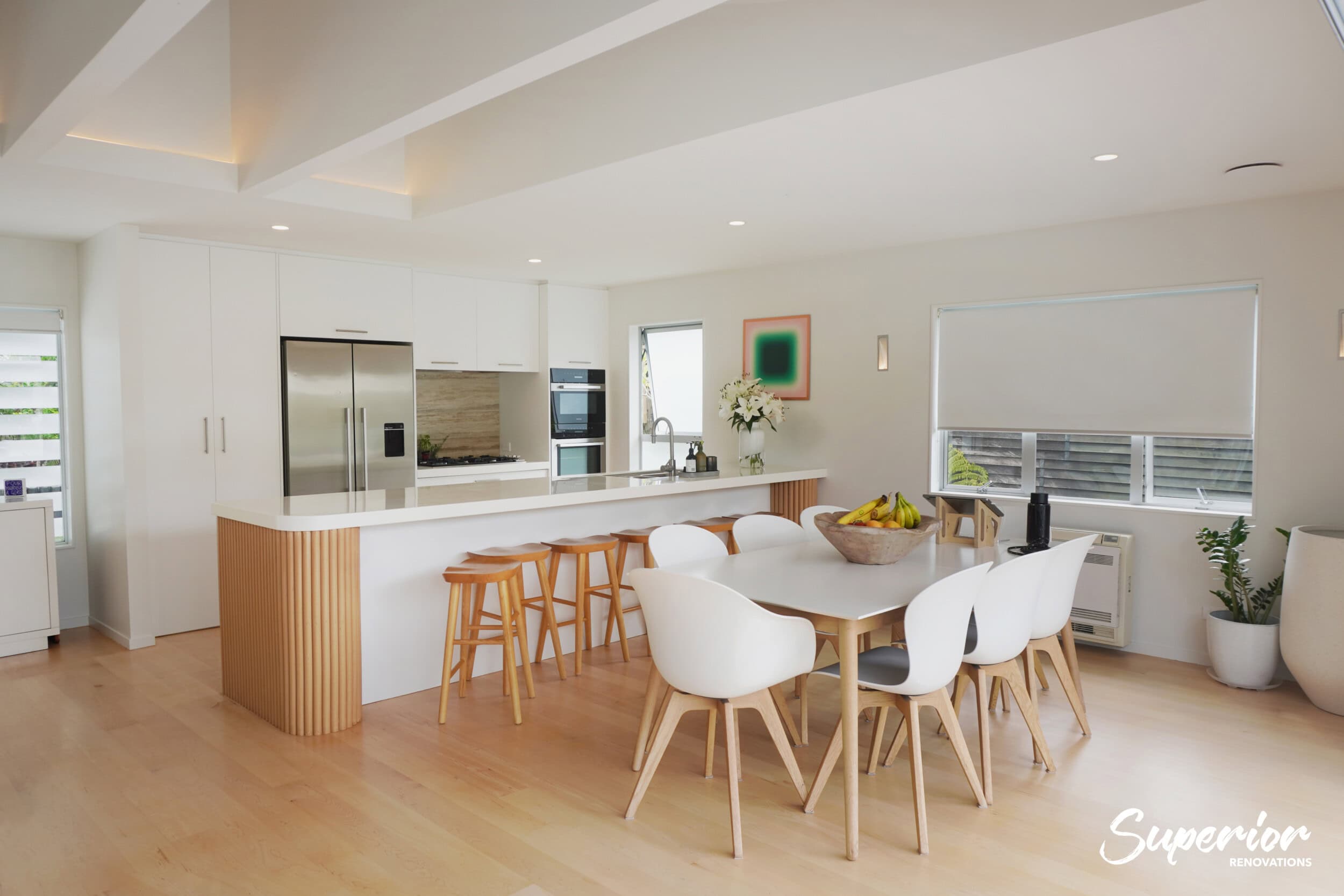
Designer Kitchen By Superior Renovations
Cost vs. Value: Understanding the ROI Formula
To determine whether a kitchen remodel is worth the investment, you need to understand the ROI formula for renovations. Here’s a simple way to calculate it:
ROI = (Increase in Home Value – Renovation Cost) / Renovation Cost x 100
For example, if your $25,000 kitchen remodel increases your home’s value by $30,000, your ROI is:
($30,000 – $25,000) / $25,000 x 100 = 20%
However, in Auckland, a well-designed kitchen can yield an ROI of 80% or more, especially in high-demand suburbs like Grey Lynn or Mt Eden. To maximize this, avoid overcapitalizing—spending more than your home’s market value can justify. For a $500,000 home, aim to spend no more than $25,000–$30,000 on your kitchen, as suggested by Dominator. This ensures you don’t price your home out of the local market.
| Renovation Type | Estimated Cost (NZD) | Potential ROI | Key Considerations |
|---|---|---|---|
| Basic Kitchen Upgrade | $15,000–$25,000 | 60–80% | New fittings, appliances, paint |
| Mid-Range Remodel | $25,000–$45,000 | 70–85% | Open-plan layout, quartz countertops |
| Luxury Renovation | $50,000+ | 50–70% | High-end materials, custom designs |
“Don’t overspend on luxury finishes unless your home’s value supports it—focus on quality and functionality to get the best bang for your buck.”
Planning Your Kitchen Renovation in Auckland
Before you start swinging a sledgehammer, careful planning is key to avoiding budget blowouts and ensuring your renovation aligns with Auckland’s building regulations. Here’s how to get started:
- Set a Realistic Budget: Factor in materials, labor, permits, and a 10–20% contingency fund for unexpected costs like hidden plumbing issues, common in older Auckland villas. Check out our renovation costs guide for detailed budgeting tips.
- Hire Licensed Professionals: Auckland’s building codes are strict, especially for plumbing and electrical work. Using licensed tradespeople ensures compliance and quality, as noted by the New Zealand Government.
- Get Council Consents: Structural changes or major plumbing/electrical work require council approval. Consent fees in Auckland can range from $500 to several thousand dollars, depending on the project’s scope.
- Work with a Designer: An architectural designer can maximize your kitchen’s layout, flow, and energy efficiency, ensuring it appeals to Auckland buyers. They’ll also streamline the consent process.
- Choose Local Suppliers: Sourcing materials from Auckland-based suppliers like Mitre 10 or Placemakers can reduce costs and support the local economy.
Local Considerations for Auckland Kitchens
Auckland’s unique climate and lifestyle demand specific considerations for kitchen renovations. The city’s humid, coastal environment means moisture-resistant materials like ceramic tiles or stainless steel are ideal for longevity. Additionally, Aucklanders value indoor-outdoor flow, so consider adding bi-fold doors or large windows to connect your kitchen to a deck or garden, enhancing that quintessential Kiwi lifestyle. Suburbs like Herne Bay and Remuera, where property values are high, benefit from mid-to-high-end renovations, while more affordable areas like Manukau or Henderson may require a more modest approach to avoid overcapitalization.
“In Auckland, a kitchen that blends style, functionality, and indoor-outdoor flow is a surefire way to win over buyers.”
For inspiration, check out our Kitchen Design Gallery to see how we’ve transformed Auckland kitchens into modern masterpieces.
Common Mistakes to Avoid
A kitchen remodel can go wrong without proper planning. Here are pitfalls to steer clear of:
- Overcapitalizing: Spending $50,000 on a kitchen in a $400,000 home won’t yield a good ROI. Research local property values to set a realistic budget.
- Ignoring Functionality: A beautiful kitchen that’s impractical (e.g., insufficient counter space) will frustrate buyers. Prioritize workflow and storage.
- Skipping Permits: Failing to get council consents can lead to costly fines or delays. Always check with Auckland Council before starting work.
- Choosing Cheap Materials: Low-quality fittings may save money upfront but can reduce your home’s appeal and durability.
Real-World Example: A Kitchen Transformation in Mt Eden
One of our recent projects in Mt Eden involved transforming a dated 1980s kitchen into a modern, open-plan hub. The homeowners wanted a space that reflected their love for entertaining while boosting their property’s value. We installed quartz countertops, energy-efficient appliances, and bi-fold doors leading to a deck, creating seamless indoor-outdoor flow. The $30,000 renovation added an estimated $40,000 to the home’s value, delivering a 33% ROI. The clients were thrilled, and the kitchen became the centerpiece of their home, proving that smart renovation ideas can pay off in Auckland’s competitive market.
“Our Mt Eden clients couldn’t believe how much their new kitchen transformed their home—it’s now the heart of every family gathering and a huge selling point.”
By focusing on quality, functionality, and local appeal, a kitchen remodel can be your ticket to increasing your Auckland home’s resale value while creating a space you love. Whether you’re planning to sell soon or stay for years, this renovation is a win-win.
Deck Addition: Elevate Your Auckland Home’s Appeal and Value
Want to make your Auckland home irresistible to buyers while embracing the Kiwi love for outdoor living? Adding a deck is one of the top home renovation ideas for New Zealand homes, offering a fantastic way to boost both lifestyle and resale value. In Auckland, where indoor-outdoor flow is a hallmark of desirable properties, a well-designed deck can transform your home into a haven for relaxation and entertainment. Not only does it enhance your day-to-day living, but it also delivers one of the best returns on investment for renovations, often recouping 65–80% of the cost when you sell. Let’s explore why a deck addition is a must for Auckland homeowners, how to maximize its value, and key considerations to ensure it shines in the competitive property market.
Why a Deck Addition Boosts Home Value
In Auckland’s property market, buyers crave spaces that blend indoor comfort with outdoor enjoyment. A deck creates that seamless connection, making your home feel larger, more versatile, and perfectly suited to the Kiwi lifestyle. Whether it’s a barbecue in summer or a cozy winter gathering under a pergola, decks are a huge draw for buyers in suburbs like Devonport, Parnell, or even more affordable areas like Mangere. According to industry data, a deck costing $15,000–$25,000 can add significant value, often increasing a home’s sale price by $20,000 or more. This makes it one of the most cost-effective renovations for adding value to your Auckland property.
“A deck isn’t just an outdoor space—it’s an extension of your home that Auckland buyers see as a lifestyle upgrade.”
Beyond aesthetics, decks appeal to Auckland’s eco-conscious buyers when built with sustainable materials like FSC-certified timber or composite decking. They also offer a low-maintenance solution for busy families, making them a practical and attractive addition.
Key Features of a High-Value Deck Addition
To ensure your deck delivers the best ROI for home improvements, focus on design elements that balance functionality, durability, and visual appeal. Here’s what to prioritize:
- Seamless Indoor-Outdoor Flow: Connect your deck to key living areas like the kitchen or lounge with bi-fold doors or large sliding windows. This creates a fluid transition that Auckland buyers love.
- Sustainable Materials: Choose durable, eco-friendly materials like Kwila timber or composite decking. These withstand Auckland’s humid, coastal climate and appeal to environmentally aware buyers.
- Versatile Design: Incorporate features like built-in seating, pergolas, or outdoor kitchens to make the deck a multi-functional space for dining, lounging, or entertaining.
- Lighting and Heating: Add energy-efficient LED lighting or outdoor heaters to extend the deck’s usability into cooler months, a big plus for Auckland’s variable weather.
- Privacy and Landscaping: Integrate privacy screens or native plantings like flax or pohutukawa to create a secluded, natural vibe that complements Auckland’s aesthetic.
Cost vs. Value: Calculating Deck ROI
To gauge the financial impact of a deck addition, let’s break down the ROI formula for home renovations:
ROI = (Increase in Home Value – Renovation Cost) / Renovation Cost x 100
For instance, a $20,000 deck that increases your home’s value by $25,000 yields an ROI of:
($25,000 – $20,000) / $20,000 x 100 = 25%
In Auckland’s high-demand suburbs like Takapuna or Epsom, decks can achieve ROIs of 65–80%, especially when they enhance outdoor living without requiring extensive structural changes. To avoid overcapitalizing, tailor your budget to your home’s value—spending $30,000 on a deck for a $1.5M home in Remuera makes sense, but the same investment in a $600,000 home in Papatoetoe might not. As Building Guide NZ suggests, align your investment with local market expectations.
| Deck Type | Estimated Cost (NZD) | Potential ROI | Key Features |
|---|---|---|---|
| Basic Timber Deck | $10,000–$15,000 | 60–75% | Simple design, small footprint |
| Mid-Range Deck | $15,000–$25,000 | 65–80% | Composite materials, built-in seating |
| Premium Deck | $30,000+ | 50–70% | Outdoor kitchen, pergola, lighting |
“A well-designed deck can transform your home’s appeal without breaking the bank—stick to a budget that matches your property’s value.”
Planning Your Deck Addition in Auckland
Building a deck in Auckland requires careful planning to comply with local regulations and maximize appeal. Here’s how to get it right:
- Check Council Regulations: Auckland Council requires consents for decks over 1.5m high or those covering more than 20m². Consent costs can range from $500–$2,000, depending on the project’s complexity. Visit Auckland Council’s building consents page for details.
- Hire Qualified Builders: Work with licensed professionals to ensure structural integrity and compliance with the New Zealand Building Code. This also reassures buyers of the deck’s quality.
- Consider Climate: Auckland’s weather can be unpredictable, so choose materials resistant to moisture and UV damage. Regular maintenance, like sealing timber every 1–2 years, keeps your deck looking fresh.
- Maximize Space: Even small Auckland sections can benefit from a deck. Opt for multi-level designs or corner decks to make the most of limited space, especially in suburbs like Mt Albert or Onehunga.
- Engage a Designer: An architectural designer can create a deck that complements your home’s style and enhances its marketability, ensuring it blends with Auckland’s aesthetic.
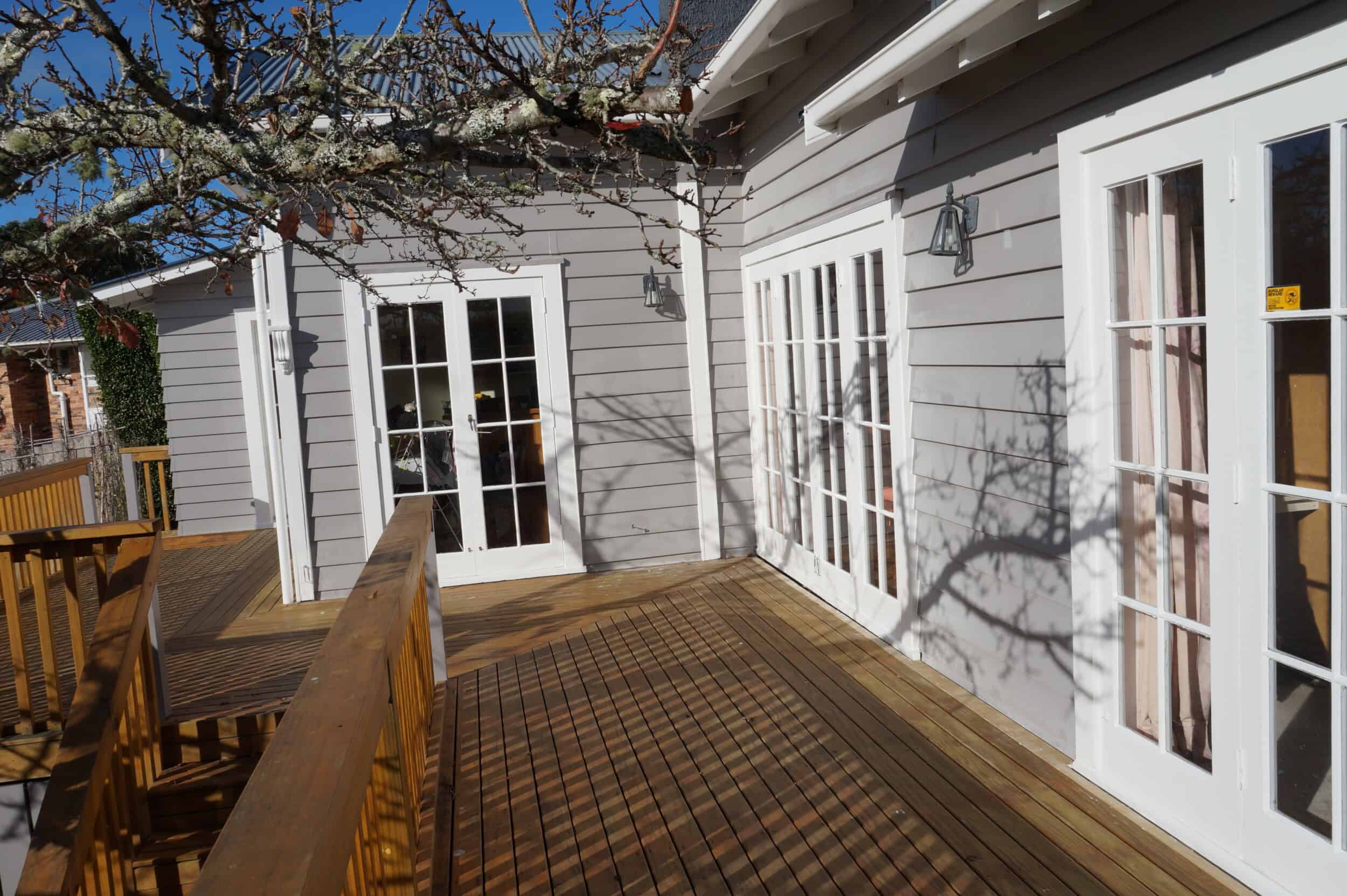
Local Considerations for Auckland Decks
Auckland’s coastal climate and love for outdoor living shape deck design. Use materials like composite decking or treated pine to combat humidity and salt air, especially in coastal suburbs like Mission Bay or St Heliers. Incorporate native plants or low-maintenance landscaping to create a natural, inviting space that resonates with Auckland’s eco-conscious vibe. For smaller sections in areas like Grey Lynn or Ponsonby, consider elevated or wraparound decks to maximize usable space without sacrificing garden area. Adding features like shade sails or retractable awnings ensures year-round usability, a big selling point in Auckland’s variable climate.
“In Auckland, a deck that embraces the outdoors while standing up to the elements is a guaranteed crowd-pleaser.”
Common Mistakes to Avoid
A deck addition can fall short if not planned properly. Here are pitfalls to dodge:
- Overbuilding for the Lot: A massive deck on a small section can overwhelm the space and reduce garden appeal. Keep proportions balanced.
- Ignoring Maintenance: Choosing low-cost timber without proper sealing can lead to rot or fading, lowering your home’s value.
- Skipping Consents: Unpermitted decks can result in fines or removal orders, deterring buyers. Always check with Auckland Council.
- Poor Integration: A deck that feels disconnected from the home (e.g., no direct access from living areas) reduces its appeal. Prioritize flow.
Real-World Example: A Deck Transformation in Devonport
We recently worked on a deck addition for a Devonport home, turning an underused backyard into a stunning outdoor retreat. The homeowners wanted a space for summer barbecues and winter gatherings, so we built a mid-range composite deck with built-in seating, LED lighting, and a pergola for shade. The $22,000 project added an estimated $30,000 to the home’s value, delivering a 36% ROI. The deck’s seamless connection to the living room via bi-fold doors made it a standout feature, proving that value-adding home improvements can elevate both lifestyle and resale potential in Auckland.
“Our Devonport clients now host every family event on their new deck—it’s become the heart of their home and a major selling point.”
A deck addition is a smart way to enhance your Auckland home’s appeal and value. By focusing on quality materials, thoughtful design, and local appeal, you can create an outdoor space that buyers love and enjoy for years to come.
Building a Master Ensuite: A Luxe Upgrade for Auckland Home Value
Looking to elevate your Auckland home’s appeal and make it a standout in the property market? Adding a master ensuite is one of the top renovation ideas for NZ homes, offering a perfect blend of luxury, functionality, and resale value. In Auckland, where buyers seek modern, move-in-ready homes, a master ensuite can transform a standard bedroom into a private retreat, appealing to families and professionals alike. This renovation not only enhances your daily comfort but also delivers a strong return on investment (ROI), often recouping 60–75% of the cost at resale. Let’s explore why a master ensuite is a game-changer for Auckland homeowners, how to maximize its value, and key tips to ensure it boosts your home’s marketability.
Why a Master Ensuite Adds Significant Value
In Auckland’s competitive real estate market, a master ensuite is a premium feature that sets your home apart. Buyers in suburbs like Herne Bay, Epsom, or even more affordable areas like Henderson value the privacy and convenience of an ensuite, especially in older homes that often lack this modern touch. According to industry insights, a master ensuite costing $20,000–$35,000 can increase a home’s value by $25,000–$50,000, making it one of the best renovations for increasing home value. It’s not just about luxury—ensuites add practical space and functionality, appealing to busy Aucklanders who want a low-maintenance, spa-like retreat.
“A master ensuite turns your bedroom into a sanctuary, and in Auckland, that’s a feature buyers will pay top dollar for.”
Whether you’re upgrading a villa in Grey Lynn or a modern home in St Heliers, a well-designed ensuite adds a touch of sophistication that resonates with Kiwi buyers. It’s a renovation that balances personal enjoyment with strong resale potential, making it a smart investment for any Auckland homeowner.
Key Features of a High-Value Master Ensuite
To ensure your master ensuite delivers the best ROI for Auckland renovations, focus on elements that combine style, practicality, and durability. Here’s what to prioritize:
- Space-Efficient Design: Even in smaller Auckland homes, a compact ensuite can work wonders. Use clever layouts like walk-in showers or wall-mounted vanities to maximize space, as highlighted by Hunter Furniture.
- High-Quality Fixtures: Invest in durable, stylish fixtures like rainfall showerheads, frameless glass showers, or modern tapware. These add a luxurious feel without breaking the bank.
- Waterproofing and Ventilation: Auckland’s humid climate demands robust waterproofing and ventilation systems to prevent mould and ensure longevity. A good extractor fan is a must.
- Neutral Aesthetics: Opt for timeless colours like white, grey, or soft earth tones (think Resene paints in Alabaster or Sea Fog) to appeal to a wide range of buyers. Add texture with tiles or natural stone for a premium look.
- Energy Efficiency: Incorporate water-saving fixtures and LED lighting to align with Auckland’s eco-conscious mindset, reducing running costs and boosting appeal.
Cost vs. Value: Calculating Ensuite ROI
To understand the financial impact of a master ensuite, let’s dive into the ROI formula for home renovations:
ROI = (Increase in Home Value – Renovation Cost) / Renovation Cost x 100
For example, a $25,000 ensuite that increases your home’s value by $35,000 yields an ROI of:
($35,000 – $25,000) / $25,000 x 100 = 40%
In Auckland’s high-demand suburbs like Remuera or Mt Eden, ensuites can achieve ROIs of 60–75%, especially in homes lacking additional bathrooms. To avoid overcapitalizing, align your budget with your home’s value—spending $30,000 on an ensuite for a $1M home is reasonable, but the same investment in a $500,000 home might not be, as noted by Building Guide NZ.
| Ensuite Type | Estimated Cost (NZD) | Potential ROI | Key Features |
|---|---|---|---|
| Compact Ensuite | $15,000–$25,000 | 60–70% | Walk-in shower, single vanity |
| Mid-Range Ensuite | $25,000–$40,000 | 65–75% | Double vanity, frameless glass |
| Luxury Ensuite | $40,000+ | 50–65% | Freestanding bath, custom tiles |
“Keep your ensuite budget in line with your home’s value to maximize ROI without pricing your property out of the market.”
Planning Your Master Ensuite in Auckland
Adding a master ensuite requires careful planning to meet Auckland’s strict building regulations and appeal to local buyers. Here’s how to get started:
- Assess Space Availability: Check if you can convert an existing closet, spare room, or part of the master bedroom. For older Auckland villas, this might mean reconfiguring layouts, which requires council approval.
- Hire Licensed Professionals: Plumbing and electrical work must comply with the New Zealand Building Code. Licensed tradespeople ensure quality and compliance, as emphasized by New Zealand Government.
- Secure Council Consents: Any structural changes or new plumbing require Auckland Council approval. Consent fees typically range from $1,000–$3,000, depending on the project’s scope.
- Work with a Designer: An architectural designer can optimize small spaces and create a layout that feels spacious and luxurious, ensuring buyer appeal.
- Source Local Materials: Use Auckland suppliers like Mitre 10 or Bunnings for tiles, fixtures, and vanities to keep costs down and support the local economy.
Local Considerations for Auckland Ensuites
Auckland’s humid climate and space constraints shape ensuite design. Robust waterproofing and ventilation are non-negotiable to prevent mould, especially in coastal suburbs like Mission Bay or Takapuna. For smaller homes in areas like Onehunga or Mt Albert, prioritize space-saving features like corner showers or sliding doors. Buyers in high-end suburbs like Parnell or Herne Bay expect premium finishes, so consider splurging on quality tiles or a freestanding bath if your home’s value supports it. Adding eco-friendly features like water-saving showerheads aligns with Auckland’s sustainability focus, making your ensuite a standout.
“In Auckland, a master ensuite that’s stylish, functional, and built to last is a surefire way to impress buyers.”
Check out our bathroom renovation ideas for inspiration on designing an ensuite that elevates your Auckland home.
Common Mistakes to Avoid
A master ensuite can fall short if not planned carefully. Here are pitfalls to avoid:
- Overcapitalizing: Spending $50,000 on an ensuite in a $600,000 home won’t yield a good ROI. Match your budget to local property values.
- Poor Space Planning: Cramming too many features into a small space can feel claustrophobic. Prioritize functionality and flow.
- Skipping Waterproofing: Inadequate waterproofing leads to costly repairs in Auckland’s humid climate. Invest in quality membranes and ventilation.
- Overly Trendy Designs: Avoid bold, niche aesthetics that may not appeal to all buyers. Stick to timeless, neutral styles.
Real-World Example: An Ensuite Transformation in Remuera
We recently added a master ensuite to a Remuera home, converting an underused closet into a sleek, modern bathroom. The homeowners wanted a luxurious retreat that would appeal to upscale buyers. We installed a frameless glass shower, a double vanity, and eco-friendly fixtures, keeping the design neutral yet sophisticated. The $28,000 project added an estimated $40,000 to the home’s value, delivering a 43% ROI. The ensuite’s seamless integration with the master bedroom made it a standout feature, proving that value-adding renovation ideas can make a big impact in Auckland’s market.
“Our Remuera clients love their new ensuite—it’s their personal oasis and a feature that’s sure to impress future buyers.”
A master ensuite is a smart investment for Auckland homeowners, offering both personal luxury and strong resale value. By focusing on quality, functionality, and local appeal, you can create a space that buyers love and enjoy for years to come.
Bathroom Renovation: A Smart Upgrade for Auckland Home Resale Value
Want to give your Auckland home a competitive edge in the property market? A bathroom renovation is one of the top home improvement ideas for New Zealand homes, delivering a perfect mix of functionality, style, and resale value. In Auckland, where buyers prioritize modern, low-maintenance spaces, a refreshed bathroom can make your home stand out, whether you’re in Ponsonby or Papatoetoe. This renovation not only enhances daily living but also offers one of the best returns on investment (ROI), typically recouping 60–75% of the cost when selling. Let’s dive into why a bathroom renovation is a must for Auckland homeowners, how to maximize its value, and key tips to ensure it appeals to local buyers.
Why a Bathroom Renovation Boosts Home Value
In Auckland’s fast-paced real estate market, a dated bathroom with cracked tiles or old fixtures can turn buyers away, while a sleek, modern bathroom screams “move-in ready.” A bathroom remodel costing $15,000–$30,000 can increase your home’s value by $20,000–$40,000, making it one of the most impactful renovations for adding value. Buyers in suburbs like Mt Eden, Takapuna, or even more affordable areas like Manukau prioritize bathrooms that feel fresh, functional, and easy to maintain. As Dorothy Li from Superior Renovations notes, bathrooms are a key selling point for Kiwi homes, especially when they balance practicality with a touch of luxury.
“A modern bathroom isn’t just about aesthetics—it’s a functional space that Auckland buyers see as a non-negotiable for their dream home.”
Whether you’re updating a family bathroom in Henderson or a guest bathroom in Remuera, a well-executed renovation can elevate your home’s appeal. It’s about creating a space that’s durable, user-friendly, and aligned with Auckland’s eco-conscious and style-savvy market.
Key Features of a High-Value Bathroom Renovation
To ensure your bathroom delivers the best ROI for NZ home renovations, focus on features that combine durability, functionality, and modern design. Here’s what to prioritize:
- Walk-In Showers: Spacious, frameless glass showers are a hit with Auckland buyers, offering accessibility and a sleek, open feel. They’re especially popular in family homes or for aging-in-place buyers.
- Quality Waterproofing: Auckland’s humid climate demands top-notch waterproofing to prevent mould and water damage. Invest in high-quality membranes and sealants for longevity.
- Eco-Friendly Fixtures: Water-saving showerheads, dual-flush toilets, and LED lighting appeal to Auckland’s environmentally conscious buyers, reducing utility costs and boosting appeal.
- Timeless Design: Neutral colour palettes (like Resene’s Sea Fog or Black White) with textured tiles or natural stone accents create a versatile, buyer-friendly aesthetic.
- Smart Storage: Built-in niches, floating vanities, or mirrored cabinets maximize space, especially in smaller Auckland homes where every square meter counts.
Cost vs. Value: Calculating Bathroom ROI
To assess the financial benefits of a bathroom renovation, let’s explore the ROI formula for home improvements:
ROI = (Increase in Home Value – Renovation Cost) / Renovation Cost x 100
For example, a $20,000 bathroom remodel that increases your home’s value by $28,000 yields an ROI of:
($28,000 – $20,000) / $20,000 x 100 = 40%
In Auckland’s high-demand suburbs like Grey Lynn or Devonport, bathroom renovations can achieve ROIs of 60–75%, especially in homes with only one bathroom. To avoid overcapitalizing, align your budget with your home’s value—spending $25,000 on a bathroom for a $800,000 home is sensible, but the same investment in a $400,000 home may not be, as advised by Building Guide NZ.
| Bathroom Type | Estimated Cost (NZD) | Potential ROI | Key Features |
|---|---|---|---|
| Basic Refresh | $10,000–$15,000 | 55–70% | New fixtures, paint, basic tiles |
| Mid-Range Remodel | $15,000–$30,000 | 60–75% | Walk-in shower, floating vanity |
| Luxury Renovation | $35,000+ | 50–65% | Freestanding bath, premium tiles |
“A bathroom renovation should enhance functionality without overspending—stick to a budget that aligns with your home’s market value.”
Planning Your Bathroom Renovation in Auckland
A successful bathroom renovation in Auckland requires careful planning to meet building codes and appeal to local buyers. Here’s how to get started:
- Set a Realistic Budget: Include costs for materials, labour, permits, and a 10–15% contingency for unexpected issues like plumbing repairs, common in older Auckland homes. Our renovation costs guide offers detailed budgeting tips.
- Hire Licensed Professionals: Plumbing, electrical, and waterproofing work must comply with the New Zealand Building Code. Licensed tradespeople ensure quality and compliance, as noted by New Zealand Government.
- Secure Council Consents: Major renovations involving plumbing or structural changes require Auckland Council approval. Consent fees typically range from $1,000–$3,000.
- Work with a Designer: A designer can optimize layout and aesthetics, ensuring the bathroom feels spacious and modern, even in compact spaces.
- Choose Local Suppliers: Source tiles, fixtures, and vanities from Auckland-based suppliers like Mitre 10 or Placemakers to keep costs down and support the local economy.
Local Considerations for Auckland Bathrooms
Auckland’s humid, coastal climate and space constraints shape bathroom design. Robust waterproofing and ventilation are critical to prevent mould, especially in coastal suburbs like Mission Bay or St Heliers. For smaller homes in areas like Mt Albert or Onehunga, prioritize space-saving features like wall-mounted vanities or corner showers. Buyers in high-end suburbs like Parnell or Herne Bay expect premium finishes, so consider investing in quality tiles or a statement vanity if your home’s value supports it. Eco-friendly features like water-saving fixtures align with Auckland’s sustainability focus, making your bathroom a standout in the market.
“In Auckland, a bathroom that’s durable, stylish, and eco-friendly is a surefire way to win over buyers.”
Explore our bathroom renovation ideas for inspiration on creating a bathroom that elevates your Auckland home.
Common Mistakes to Avoid
A bathroom renovation can go wrong without proper planning. Here are pitfalls to steer clear of:
- Overcapitalizing: Spending $40,000 on a bathroom in a $500,000 home won’t deliver a strong ROI. Match your budget to local property values.
- Neglecting Ventilation: Poor ventilation leads to mould and costly repairs in Auckland’s humid climate. Invest in a quality extractor fan.
- Overly Trendy Designs: Bold colours or niche styles may not appeal to all buyers. Stick to neutral, timeless aesthetics.
- Skipping Permits: Unpermitted work can lead to fines or delays. Always check with Auckland Council before starting.
Real-World Example: A Bathroom Transformation in Grey Lynn
We recently renovated a family bathroom in a Grey Lynn villa, turning a cramped, dated space into a modern, functional retreat. The homeowners wanted a bathroom that would appeal to families and add value for a future sale. We installed a walk-in shower, a floating vanity, and water-saving fixtures, keeping the design neutral with a touch of luxury via textured tiles. The $22,000 project added an estimated $32,000 to the home’s value, delivering a 45% ROI. The bathroom’s bright, open feel made it a standout feature, proving that smart home improvement ideas can make a big impact in Auckland’s market.
“Our Grey Lynn clients were thrilled with their new bathroom—it’s now a family favourite and a feature that’s sure to impress buyers.”
A bathroom renovation is a powerful way to boost your Auckland home’s resale value while creating a space you love. By focusing on quality, functionality, and local appeal, you can craft a bathroom that stands out in the competitive Kiwi market.
Upgrading Your Basement: Transform It into Valuable Living Space for Auckland Homes
Looking to unlock hidden potential in your Auckland home and boost its resale value? Converting your basement into an additional living space is one of the top home renovation ideas for NZ homes, offering a versatile way to add functionality and appeal. In Auckland, where space is often at a premium, a well-designed basement can serve as a guest suite, home office, or entertainment hub, making your property stand out in suburbs like Ponsonby, Remuera, or even more affordable areas like Mangere. This renovation not only enhances your lifestyle but also delivers a strong return on investment (ROI), often recouping 50–70% of the cost at resale. Let’s explore why a basement upgrade is a smart move for Auckland homeowners, how to maximize its value, and key tips to ensure it shines in the competitive property market.
Why a Basement Upgrade Adds Significant Value
In Auckland’s bustling real estate market, buyers are drawn to homes with flexible, usable space. A basement conversion transforms an underutilized area—often used for storage or left unfinished—into a functional living space that adds square footage without expanding your home’s footprint. According to industry insights, a basement renovation costing $30,000–$50,000 can increase a home’s value by $40,000–$70,000, making it one of the best renovations for boosting home value. This is especially true in Auckland, where extra living space is highly sought after in family-friendly suburbs like Mt Eden or budget-conscious areas like Papatoetoe.
“A converted basement isn’t just extra space—it’s a game-changer that turns your Auckland home into a versatile, buyer-friendly property.”
Whether you’re creating a home theatre in Devonport or a rental-ready flat in Henderson, a basement upgrade appeals to Auckland’s diverse buyer pool, from growing families to investors. It’s a renovation that maximizes space and marketability while offering you a functional area to enjoy now.
Key Features of a High-Value Basement Conversion
To ensure your basement upgrade delivers the best ROI for Auckland home improvements, focus on features that balance functionality, comfort, and durability. Here’s what to prioritize:
- Waterproofing and Insulation: Auckland’s humid climate makes waterproofing and insulation critical to prevent dampness and ensure year-round comfort. Use quality membranes and insulation to create a dry, warm space.
- Natural Light: Incorporate egress windows or light wells to brighten the space, making it feel less like a basement and more like an extension of the home. This is a key selling point, as noted by Dorothy Li from Superior Renovations.
- Versatile Layout: Design the space for multiple uses—think a guest bedroom, home office, or media room. Flexible layouts appeal to a wide range of buyers, from families to remote workers.
- Quality Flooring: Opt for durable, moisture-resistant flooring like ceramic tiles or vinyl planks. These withstand Auckland’s climate and add a polished look.
- Separate Access: If possible, add a separate entrance to create a self-contained flat, ideal for rental income or multi-generational living, a growing trend in Auckland.
Cost vs. Value: Calculating Basement ROI
To evaluate the financial impact of a basement upgrade, let’s break down the ROI formula for home renovations:
ROI = (Increase in Home Value – Renovation Cost) / Renovation Cost x 100
For example, a $40,000 basement conversion that increases your home’s value by $55,000 yields an ROI of:
($55,000 – $40,000) / $40,000 x 100 = 37.5%
In Auckland’s high-demand suburbs like Herne Bay or Takapuna, basement conversions can achieve ROIs of 50–70%, especially in homes with limited living space. To avoid overcapitalizing, align your budget with your home’s value—spending $50,000 on a basement for a $1.2M home is reasonable, but the same investment in a $600,000 home may not be, as suggested by Building Guide NZ.
| Basement Type | Estimated Cost (NZD) | Potential ROI | Key Features |
|---|---|---|---|
| Basic Conversion | $20,000–$30,000 | 50–65% | Basic finishes, single room |
| Mid-Range Conversion | $30,000–$50,000 | 55–70% | Multiple rooms, egress windows |
| Self-Contained Flat | $60,000+ | 50–65% | Separate entrance, kitchenette |
“A basement conversion should add usable space without overspending—match your investment to your home’s market value for the best results.”
Planning Your Basement Upgrade in Auckland
Converting a basement in Auckland requires careful planning to meet building regulations and maximize appeal. Here’s how to get started:
- Assess Structural Feasibility: Check your basement’s condition for issues like dampness or low ceilings. Older Auckland villas may require extensive waterproofing or structural work, so consult a professional early.
- Hire Licensed Professionals: Structural, plumbing, and electrical work must comply with the New Zealand Building Code. Licensed tradespeople ensure quality and compliance, as emphasized by New Zealand Government.
- Secure Council Consents: Major conversions, especially those adding habitable spaces or separate entrances, require Auckland Council approval. Consent fees typically range from $1,500–$5,000, depending on the project’s scope.
- Work with a Designer: An architectural designer can optimize layout, lighting, and ventilation, ensuring the space feels inviting and marketable.
- Use Local Suppliers: Source materials like insulation, flooring, and lighting from Auckland-based suppliers like Mitre 10 or Bunnings to keep costs down and support the local economy.
Local Considerations for Auckland Basements
Auckland’s humid, coastal climate and high property values shape basement conversions. Waterproofing is non-negotiable to combat moisture, especially in low-lying suburbs like Onehunga or coastal areas like Mission Bay. Natural light is crucial, as basements can feel dark and uninviting without it—egress windows or skylights are a must. In high-end suburbs like Parnell or St Heliers, buyers expect polished finishes, so consider investing in quality flooring or built-in storage if your home’s value supports it. For rental potential, adding a kitchenette and separate access can appeal to investors or multi-generational families, a growing trend in Auckland’s tight housing market.
“In Auckland, a basement that’s bright, dry, and versatile is a surefire way to attract buyers and add value.”
Common Mistakes to Avoid
A basement conversion can fall short without proper planning. Here are pitfalls to steer clear of:
- Overcapitalizing: Spending $70,000 on a basement in a $700,000 home won’t deliver a strong ROI. Align your budget with local property values.
- Ignoring Waterproofing: Skimping on waterproofing leads to dampness and costly repairs in Auckland’s climate. Invest in quality solutions upfront.
- Lack of Light: A dark, cave-like basement deters buyers. Prioritize natural light and bright finishes to make the space inviting.
- Skipping Consents: Unpermitted conversions can result in fines or removal orders, reducing your home’s appeal. Always check with Auckland Council.
Real-World Example: An Attic Transformation in Mt Eden
We recently converted a damp, unused basement in a Mt Eden villa into a vibrant home office and guest suite. The homeowners wanted a multi-functional space that would appeal to remote workers and add value for a future sale. We installed egress windows, robust waterproofing, and vinyl plank flooring, creating a bright, durable space. The $35,000 project added an estimated $50,000 to the home’s value, delivering a 43% ROI. The basement’s versatility made it a standout feature, proving that value-adding home improvements can transform Auckland homes.
“Our Mt Eden clients love their new basement—it’s a flexible space that’s perfect for work, guests, and boosting their home’s value.”
A basement upgrade is a powerful way to enhance your Auckland home’s functionality and resale value. By focusing on quality, versatility, and local appeal, you can create a space that buyers love and enjoy for years to come.
Exterior Refresh: Skyrocketing Curb Appeal and Value for Auckland Homes
First impressions matter, and in Auckland’s competitive property market, a stunning exterior can make your home stand out, whether it’s a villa in Grey Lynn or a modern build in Botany Downs. An exterior refresh—through painting, cladding, or landscaping—is one of the top home renovation ideas for NZ homes, offering a cost-effective way to boost curb appeal and resale value. With Auckland buyers prioritizing move-in-ready homes, a refreshed exterior signals quality and care, appealing to families in Mt Eden or investors in Manukau. This upgrade typically delivers a return on investment (ROI) of 50–70%, recouping $10,000–$25,000 for a $15,000 project, as noted by Building Guide NZ. Let’s explore why an exterior refresh is a must for Auckland homeowners, how to maximize its impact, and key tips to captivate local buyers.
Why an Exterior Refresh Boosts Home Value
In Auckland’s fast-paced real estate scene, curb appeal is a game-changer. A dated or weathered exterior—think peeling paint or overgrown gardens—can deter buyers, while a polished facade screams “well-maintained.” According to Superior Renovations, exterior upgrades like fresh paint or modern cladding can increase home value by 3–5%, especially in high-demand suburbs like Remuera or Takapuna. A $15,000 exterior refresh can add $20,000–$30,000 to your home’s value, making it one of the best renovations for boosting home value. Plus, it enhances your daily enjoyment, creating a welcoming space for you and your guests.
“A vibrant exterior isn’t just about looks—it tells Auckland buyers your home is loved and ready for them to move in.”
From heritage villas in Ponsonby to bungalows in Mt Albert, an exterior refresh appeals to Auckland’s diverse buyer pool. It’s about combining durability, style, and low-maintenance features to align with the city’s coastal climate and aesthetic preferences.
Key Features of a High-Value Exterior Refresh
To ensure your exterior refresh delivers the best ROI for NZ home renovations, focus on durable, buyer-friendly upgrades that enhance aesthetics and functionality. Here’s what to prioritize:
- Fresh Exterior Paint: A new coat of paint (e.g., Resene’s Lumbersider in neutral tones like Sea Fog) transforms your home’s look and protects against Auckland’s humid climate.
- Modern Cladding: Update weatherboards or add brick/stone cladding for a contemporary or heritage look, depending on your suburb (e.g., timber in Herne Bay, modern panels in Newmarket).
- Landscaping: Low-maintenance native plants like flax or pohutukawa, paired with mulch, create a tidy, eco-friendly yard that resonates with Auckland’s green-conscious buyers.
- New Front Door: A modern or heritage-style door with energy-efficient features (e.g., steel or fiberglass) boosts security and appeal, recouping up to 100% of costs.
- Outdoor Features: Add a small patio, pergola, or pathway to enhance usability and create inviting outdoor spaces for entertaining.
Cost vs. Value: Calculating Exterior ROI
To assess the financial benefits, use the ROI formula for home improvements:
ROI = (Increase in Home Value – Renovation Cost) / Renovation Cost x 100
For example, a $15,000 exterior refresh (paint and landscaping) that adds $22,500 to your home’s value yields an ROI of:
($22,500 – $15,000) / $15,000 x 100 = 50%
In Auckland’s premium suburbs like Parnell or Devonport, exterior upgrades can achieve ROIs of 60–70%, especially for heritage homes. To avoid overcapitalizing, match your budget to your home’s value—$20,000 is reasonable for a $1M home but excessive for a $600,000 property, as advised by Renovation Works.
| Exterior Upgrade | Estimated Cost (NZD) | Potential ROI | Key Features |
|---|---|---|---|
| Basic Refresh | $5,000–$10,000 | 50–65% | Paint, basic landscaping |
| Mid-Range Upgrade | $10,000–$20,000 | 55–70% | Cladding, new door, pathways |
| Premium Upgrade | $25,000+ | 50–65% | Full recladding, extensive landscaping |
“An exterior refresh should enhance curb appeal without breaking the bank—align your investment with your home’s market value.”
Planning Your Exterior Refresh in Auckland
A successful exterior refresh requires planning to meet Auckland’s building codes and buyer expectations. Here’s how to start:
- Set a Realistic Budget: Include costs for materials, labour, and a 10–15% contingency for unexpected issues like damaged cladding, common in older Auckland homes. Check our renovation costs guide for budgeting tips.
- Hire Licensed Professionals: Painting, cladding, and structural work must comply with the New Zealand Building Code. Licensed tradespeople ensure quality, as noted by New Zealand Government.
- Secure Council Consents: Major exterior work (e.g., recladding or fences over 2.5m) requires Auckland Council approval, with fees of $1,000–$3,000, per Auckland Council.
- Work with a Colour Consultant: A professional can select durable, heritage-appropriate colours that suit your suburb’s aesthetic.
- Use Local Suppliers: Source paints, cladding, and plants from Auckland suppliers like Resene, Mitre 10, or Kings Plant Barn to keep costs down.
Local Considerations for Auckland Exteriors
Auckland’s humid, coastal climate demands durable materials like weather-resistant paints and low-maintenance cladding to combat moisture and salt air, especially in suburbs like Mission Bay or St Heliers. In heritage areas like Ponsonby or Freemans Bay, respect villa or bungalow aesthetics with traditional colour palettes and timber weatherboards. For modern homes in Albany or Botany Downs, sleek cladding or bold accent colours appeal to younger buyers. Low-maintenance landscaping with native plants aligns with Auckland’s eco-conscious market, making your home a standout, as per our exterior renovation ideas.
“In Auckland, a durable, stylish exterior that respects local style wins over buyers every time.”
Common Mistakes to Avoid
An exterior refresh can fall flat without proper planning. Here are pitfalls to dodge:
- Overcapitalizing: Spending $30,000 on a $500,000 home won’t yield a strong ROI. Match your budget to local property values.
- Using Low-Quality Materials: Cheap paints or cladding fail quickly in Auckland’s climate, leading to costly repairs.
- Ignoring Heritage Rules: In heritage zones like Grey Lynn, unapproved changes can lead to fines. Check with Auckland Council first.
- Neglecting Landscaping: An untidy yard undermines even the best paint job. Invest in low-maintenance plants for lasting appeal.
Real-World Example: A Curb Appeal Transformation in Remuera
We recently transformed the exterior of a Remuera bungalow, refreshing its tired facade with a modern twist. The homeowners wanted a look that would appeal to families and add value for a future sale. We applied Resene’s Alabaster paint, added weatherboard cladding, and landscaped with native flax and gravel pathways. The $18,000 project added an estimated $28,000 to the home’s value, delivering a 56% ROI. The vibrant, low-maintenance exterior became a neighbourhood standout, proving that smart home improvement ideas can elevate Auckland homes.
“Our Remuera clients were thrilled with their home’s new look—it’s now a head-turner that’s ready for the market.”
An exterior refresh is a powerful way to boost your Auckland home’s curb appeal and resale value. By focusing on durability, style, and local appeal, you can create a welcoming facade that buyers love and enjoy for years to come.
Green Living: Energy-Efficient Upgrades to Boost Auckland Home Value
In Auckland’s eco-conscious property market, energy-efficient upgrades are a smart way to enhance your home’s value while cutting utility costs. From insulation to solar panels, these renovations appeal to buyers in suburbs like Takapuna or Papatoetoe, who prioritize sustainability and long-term savings. As one of the top home renovation ideas for NZ homes, energy-efficient upgrades deliver a return on investment (ROI) of 50–65%, recouping $15,000–$30,000 for a $25,000 investment, per EECA. With programs like Warmer Kiwi Homes offering grants, these upgrades are more accessible than ever. Let’s dive into why energy-efficient renovations are a must for Auckland homeowners, how to maximize their value, and tips to attract green-minded buyers.
Why Energy-Efficient Upgrades Add Value
Auckland buyers are increasingly drawn to homes that reduce environmental impact and utility bills. Energy-efficient upgrades like double-glazing or solar panels signal a forward-thinking property, appealing to families in Henderson or professionals in Newmarket. A $25,000 investment can add $30,000–$40,000 to your home’s value, making it one of the best renovations for boosting home value, as noted by Builder Connect NZ. These upgrades also lower running costs, with energy-efficient windows saving up to 12% on heating/cooling, per Renovation Works.
“An energy-efficient home isn’t just green—it’s a cost-saving, buyer-friendly investment that shines in Auckland’s market.”
Whether you’re retrofitting a villa in Mt Eden or modernizing a home in Manukau, energy-efficient upgrades align with Auckland’s sustainability focus, enhancing both resale value and livability.
Key Features of High-Value Energy-Efficient Upgrades
To achieve the best ROI for NZ home renovations, prioritize upgrades that combine energy savings with buyer appeal. Here’s what to focus on:
- Double-Glazed Windows: These reduce heat loss and noise, ideal for coastal suburbs like Mission Bay. They improve comfort and can save 10–15% on energy bills.
- Insulation: Retrofit walls, roofs, and floors with eco-friendly insulation (e.g., wool or recycled polyester) to combat Auckland’s humid winters, supported by Warmer Kiwi Homes grants.
- Solar Panels: Harness Auckland’s sunny climate with solar panels, reducing electricity costs and appealing to eco-conscious buyers, per Superior Renovations.
- Smart Thermostats: These optimize heating/cooling, saving energy and adding modern appeal for tech-savvy buyers.
- LED Lighting: Energy-efficient lighting enhances aesthetics and cuts power usage, perfect for Auckland’s open-plan homes.

Cost vs. Value: Calculating Energy-Efficient ROI
Use the ROI formula for home improvements to evaluate financial benefits:
ROI = (Increase in Home Value – Renovation Cost) / Renovation Cost x 100
For example, a $25,000 upgrade (double-glazing and insulation) that adds $35,000 to your home’s value yields an ROI of:
($35,000 – $25,000) / $25,000 x 100 = 40%
In Auckland’s green-leaning suburbs like Ponsonby or Albany, energy-efficient upgrades can achieve ROIs of 50–65%. To avoid overcapitalizing, align your budget with your home’s value—$30,000 is suitable for a $1.5M home but risky for a $700,000 property.
| Upgrade Type | Estimated Cost (NZD) | Potential ROI | Key Features |
|---|---|---|---|
| Basic Upgrades | $5,000–$15,000 | 50–60% | LED lighting, smart thermostats |
| Mid-Range Upgrades | $15,000–$30,000 | 55–65% | Double-glazing, insulation |
| Premium Upgrades | $40,000+ | 50–60% | Solar panels, full retrofit |
“Energy-efficient upgrades should balance savings and appeal—invest wisely to match your home’s market value.”
Planning Your Energy-Efficient Upgrades in Auckland
Planning energy-efficient upgrades requires attention to Auckland’s regulations and buyer preferences. Here’s how to get started:
- Set a Realistic Budget: Include materials, labour, and a 10–15% contingency for issues like outdated wiring in older homes. Explore our renovation costs guide for tips.
- Hire Licensed Professionals: Electrical and structural work must meet the New Zealand Building Code. Licensed installers ensure compliance, per New Zealand Government.
- Check for Grants: Programs like Warmer Kiwi Homes offer subsidies for insulation and heating, reducing costs for eligible homeowners.
- Work with an Energy Consultant: A professional can recommend upgrades tailored to your home’s needs and Auckland’s climate.
- Use Local Suppliers: Source materials from Auckland suppliers like Eco Insulation or Solarcity to keep costs down and ensure quality.

Superior Renovations
Local Considerations for Auckland Energy Upgrades
Auckland’s humid, coastal climate calls for upgrades that combat heat loss and moisture, especially in suburbs like Onehunga or St Heliers. Double-glazing and insulation are critical for older villas in Freemans Bay or modern homes in Silverdale. Solar panels suit sunny areas like Henderson, while LED lighting enhances open-plan layouts in Parnell. Highlighting energy savings in your listing appeals to Auckland’s eco-conscious buyers, aligning with trends noted in our 2024 renovation trends.
“In Auckland, energy-efficient upgrades that save money and the planet are a surefire way to attract buyers.”
Common Mistakes to Avoid
Energy-efficient upgrades require careful planning to maximize impact. Avoid these pitfalls:
- Overcapitalizing: Spending $50,000 on a $600,000 home won’t deliver strong ROI. Match your budget to local property values.
- DIY Installations: Improper insulation or electrical work can fail inspections or reduce efficiency. Hire licensed professionals.
- Ignoring Grants: Missing out on Warmer Kiwi Homes subsidies increases costs unnecessarily.
- Overly Niche Features: Avoid specialized upgrades (e.g., excessive smart tech) that may not appeal to all buyers.
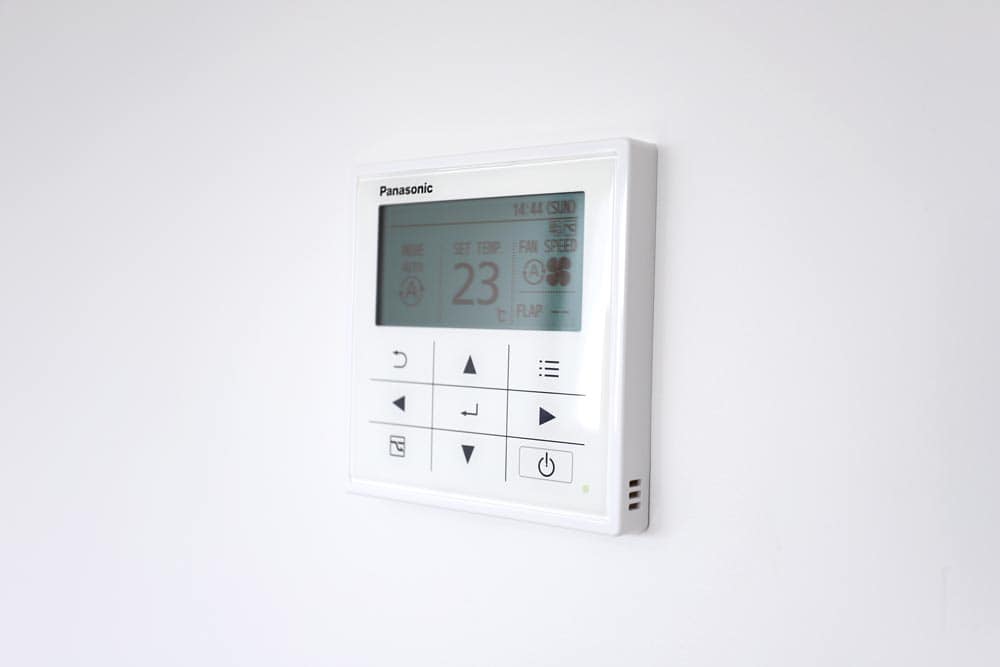
Superior Renovations
Real-World Example: An Eco-Friendly Transformation in Takapuna
We recently upgraded a Takapuna home with energy-efficient features, turning it into a sustainable gem. The homeowners wanted a cost-saving, buyer-friendly space. We installed double-glazed windows, wool insulation, and a smart thermostat, keeping the design modern and functional. The $28,000 project added $38,000 to the home’s value, delivering a 36% ROI. The eco-friendly upgrades reduced utility bills and wowed buyers, proving that value-adding home improvements can shine in Auckland’s market.
“Our Takapuna clients love their green home—it saves money and stands out as a sustainable masterpiece.”
Energy-efficient upgrades are a powerful way to boost your Auckland home’s value and appeal. By focusing on sustainability, savings, and local trends, you can create a future-proof space that buyers adore.
Summary of Top 7 Renovation Ideas for Auckland Homes
Ready to elevate your Auckland home’s value? Our top 7 renovation ideas for NZ homes are tailored for Auckland’s competitive property market, perfect for suburbs like Remuera, Henderson, or Ponsonby. From sleek kitchens to eco-friendly upgrades, these projects offer a strong return on investment (ROI) of 50–80%, appealing to buyers seeking style and functionality. The table below summarizes costs, ROIs, key features, and Auckland-specific considerations, optimized for easy viewing on any device.
| Renovation Type | Estimated Cost (NZD) | Potential ROI | Key Features | Auckland Considerations |
|---|---|---|---|---|
| Kitchen Remodel | $20,000–$50,000 | 70–80% | Open-plan layout, modern appliances, stone benchtops, smart storage | Neutral designs for broad appeal; durable materials for humid climate |
| Deck Addition | $10,000–$30,000 | 65–75% | Hardwood or composite decking, built-in seating, weatherproofing | Indoor-outdoor flow for Kiwi lifestyle; consents for decks over 1.5m |
| Master Ensuite | $15,000–$40,000 | 60–75% | Walk-in shower, double vanity, neutral tiles, ventilation | Robust waterproofing for humidity; premium finishes in high-end suburbs |
| Bathroom Renovation | $10,000–$35,000 | 60–75% | Frameless shower, eco-friendly fixtures, smart storage, timeless design | Mould-resistant materials; space-saving layouts for smaller homes |
| Basement Upgrade | $20,000–$60,000 | 50–70% | Waterproofing, egress windows, versatile layout, durable flooring | Combat dampness in coastal areas; separate access for rental potential |
| Exterior Refresh | $5,000–$25,000 | 50–70% | Fresh paint, modern cladding, native landscaping, new front door | Heritage-sensitive designs in villas; durable materials for coastal climate |
| Energy-Efficient Upgrades | $5,000–$40,000 | 50–65% | Double-glazing, insulation, solar panels, LED lighting | Warmer Kiwi Homes grants; solar panels for sunny suburbs |
If you’re looking for “specific” cost estimates, try our Renovation Cost Calculator Tools
- Bathroom Renovation Cost Calculator
- Kitchen Renovation Cost Calculator
- Reroofing Cost Calculator
- Double Glazing Cost Calculator
- House Extension Cost Calculator
- Custom Kitchen Cabinetry Cost Calculator
- New Laundry Cost Calculator
- New Pergola Cost Calculator
Transform Your Auckland Home with Confidence
Renovating your Auckland home is a powerful way to boost its resale value, appeal to buyers, and enhance your lifestyle. From a modern kitchen remodel that becomes the heart of your home to a deck addition that embraces Kiwi outdoor living, these seven renovations—kitchen remodel, deck addition, master ensuite, bathroom renovation, basement upgrade, exterior refresh, and energy-efficient upgrades—offer something for every Auckland homeowner. Each project delivers a strong ROI for home renovations, typically 50–80%, while catering to local buyer preferences for functionality, sustainability, and style. By planning carefully, hiring licensed professionals, and aligning your budget with your home’s value, you can avoid overcapitalizing and create a property that stands out in suburbs like Takapuna, Grey Lynn, or Manukau.
“The best renovations don’t just add value—they make your Auckland home a place you love and buyers can’t resist.”
Ready to start? Work with Superior Renovations to bring these ideas to life, ensuring compliance with Auckland Council regulations and maximizing market appeal. Check out our renovation costs guide for budgeting tips and connect with local suppliers like Mitre 10 or Bunnings for quality materials. Transform your home today and watch its value soar in Auckland’s competitive market!
Kitchen remodels typically offer the highest ROI, often 70–80%, as they’re a focal point for buyers. Deck additions and bathroom renovations follow closely, with ROIs of 60–75%, per Renovation Works. Aim to spend 1–3% of your home’s value on smaller projects (e.g., $20,000 for a $1M home) and up to 5–10% for major upgrades like kitchens or basements. Align your budget with local property values in suburbs like Parnell or Papatoetoe. Yes, major renovations like decks over 1.5m, ensuites, basements, or structural exterior changes require Auckland Council approval. Consent fees range from $500–$5,000, depending on the project. Visit Auckland Council for details. Timelines vary: a kitchen remodel or bathroom renovation takes 4–8 weeks, a deck or exterior refresh 2–4 weeks, and a basement conversion 8–12 weeks. Hire licensed professionals to ensure timely completion. Absolutely. Upgrades like double-glazing or solar panels save on utility costs and appeal to eco-conscious buyers, delivering ROIs of 50–65%. Programs like Warmer Kiwi Homes can offset costs, per EECA. DIY is risky for structural, plumbing, or electrical work, as it may not comply with the New Zealand Building Code, leading to fines or reduced buyer appeal. Hire licensed tradespeople for quality and compliance. Consider your home’s value, suburb trends (e.g., heritage in Devonport vs. modern in Albany), and buyer preferences. Consult a designer or Superior Renovations for tailored advice. Which renovation offers the best ROI for Auckland homes?
How much should I spend on renovations to avoid overcapitalizing?
Do I need council consents for these renovations?
How long do these renovations take?
Are energy-efficient upgrades worth it in Auckland?
Can I do these renovations myself to save money?
How do I choose the right renovation for my Auckland home?
Still have questions unanswered? schedule a no-obligation consultation with the team at Superior Renovations
Or call us on 0800 199 888
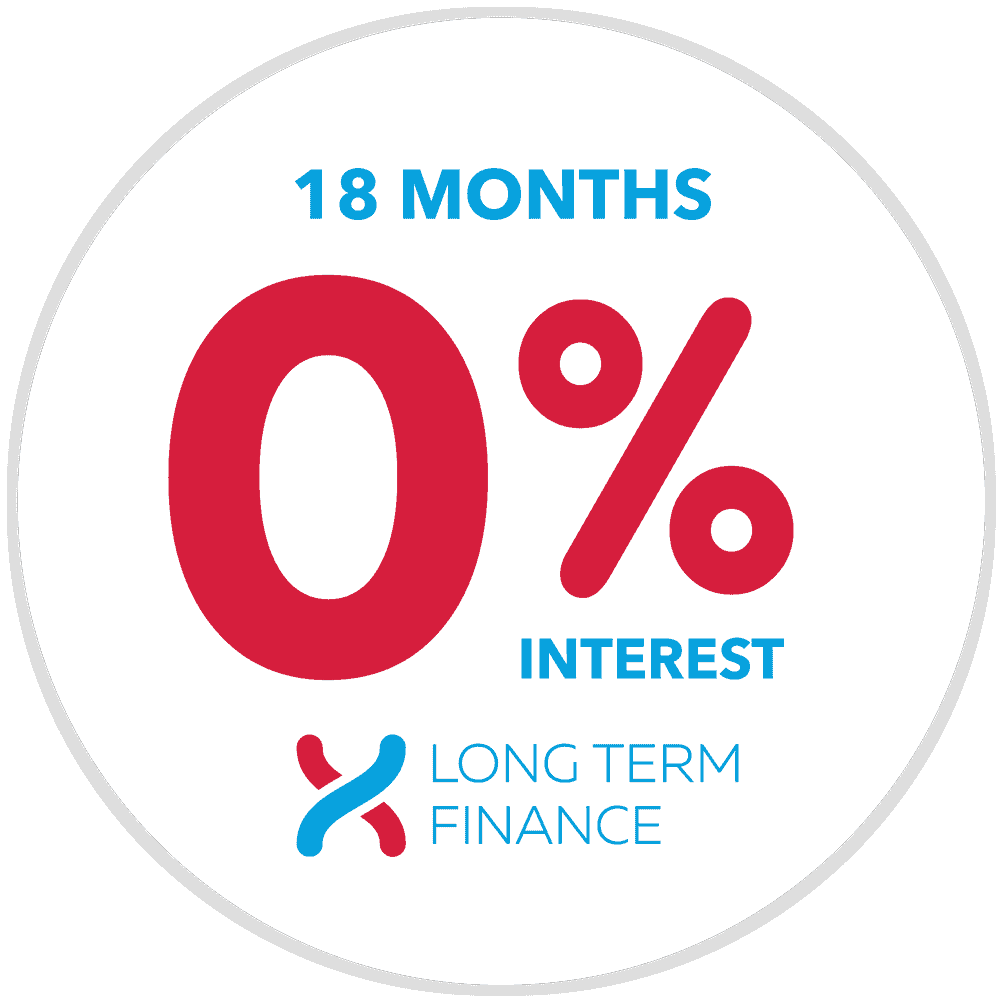
Have you been putting off getting renovations done?
We have partnered with Q Mastercard ® to provide you an 18 Month Interest-Free Payment Option, you can enjoy your new home now and stress less.
Learn More about Interest-Free Payment Options*
*Lending criteria, fees, terms and conditions apply. Mastercard is a registered trademark and the circles design is a trademark of Mastercard International Incorporated.


